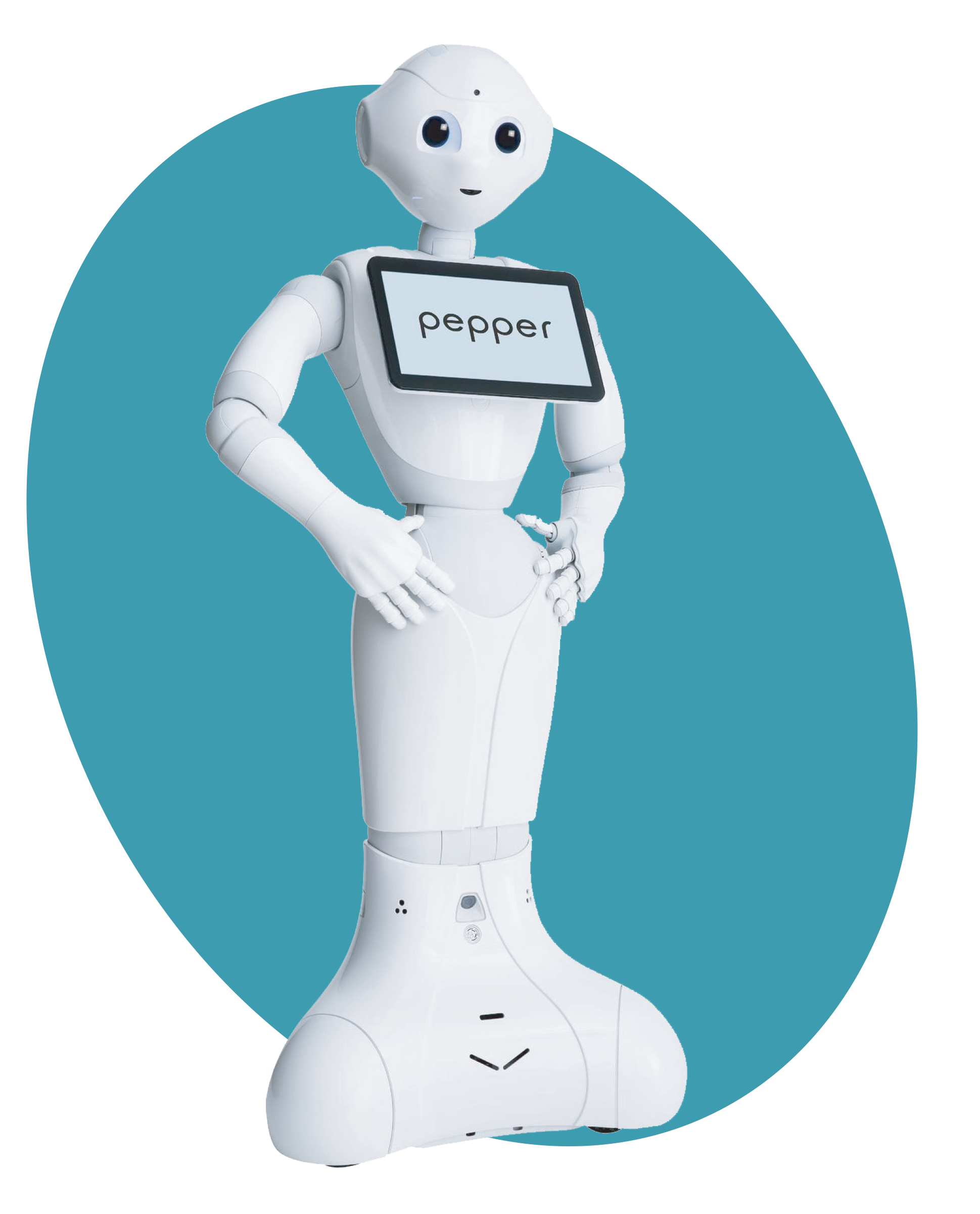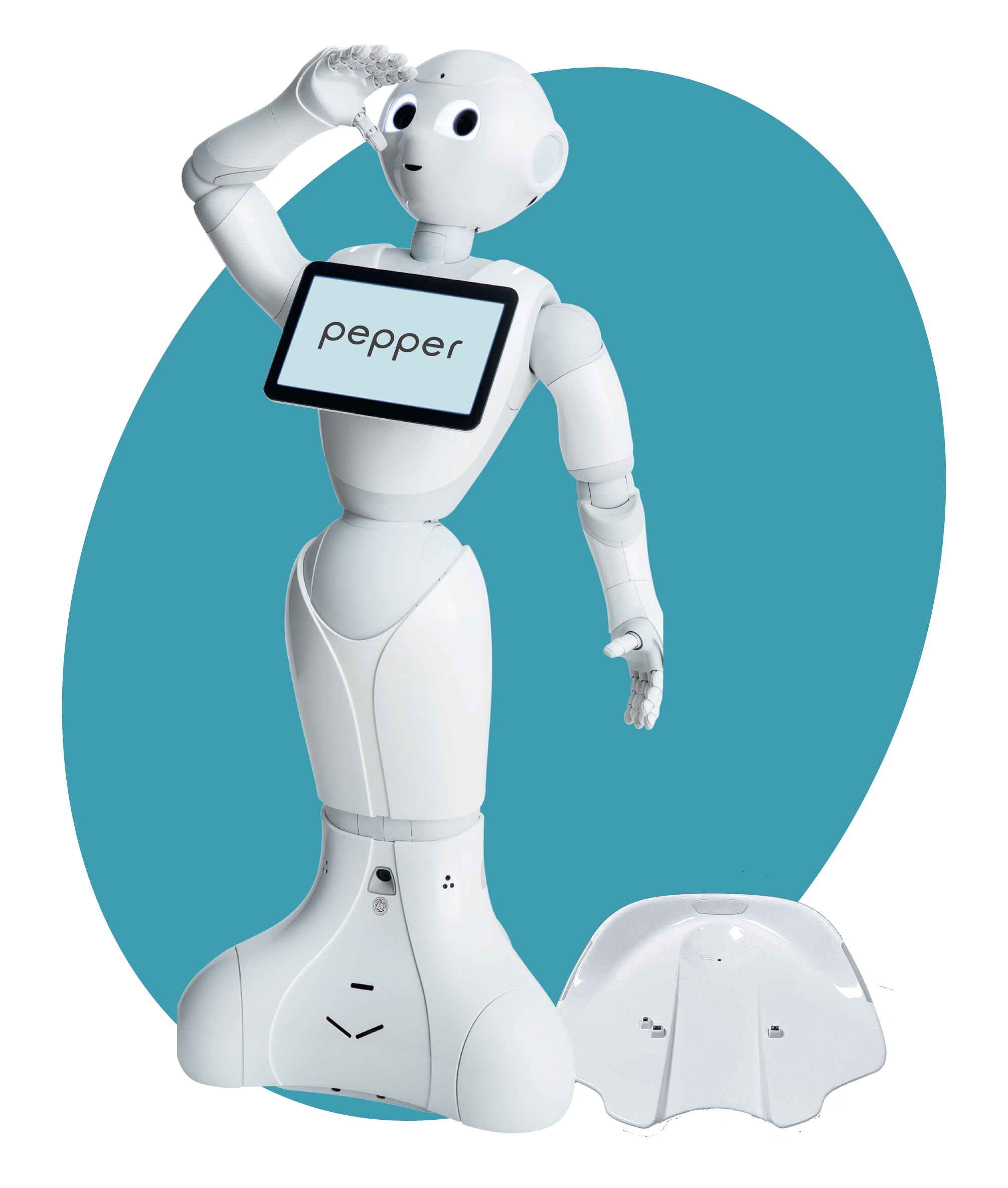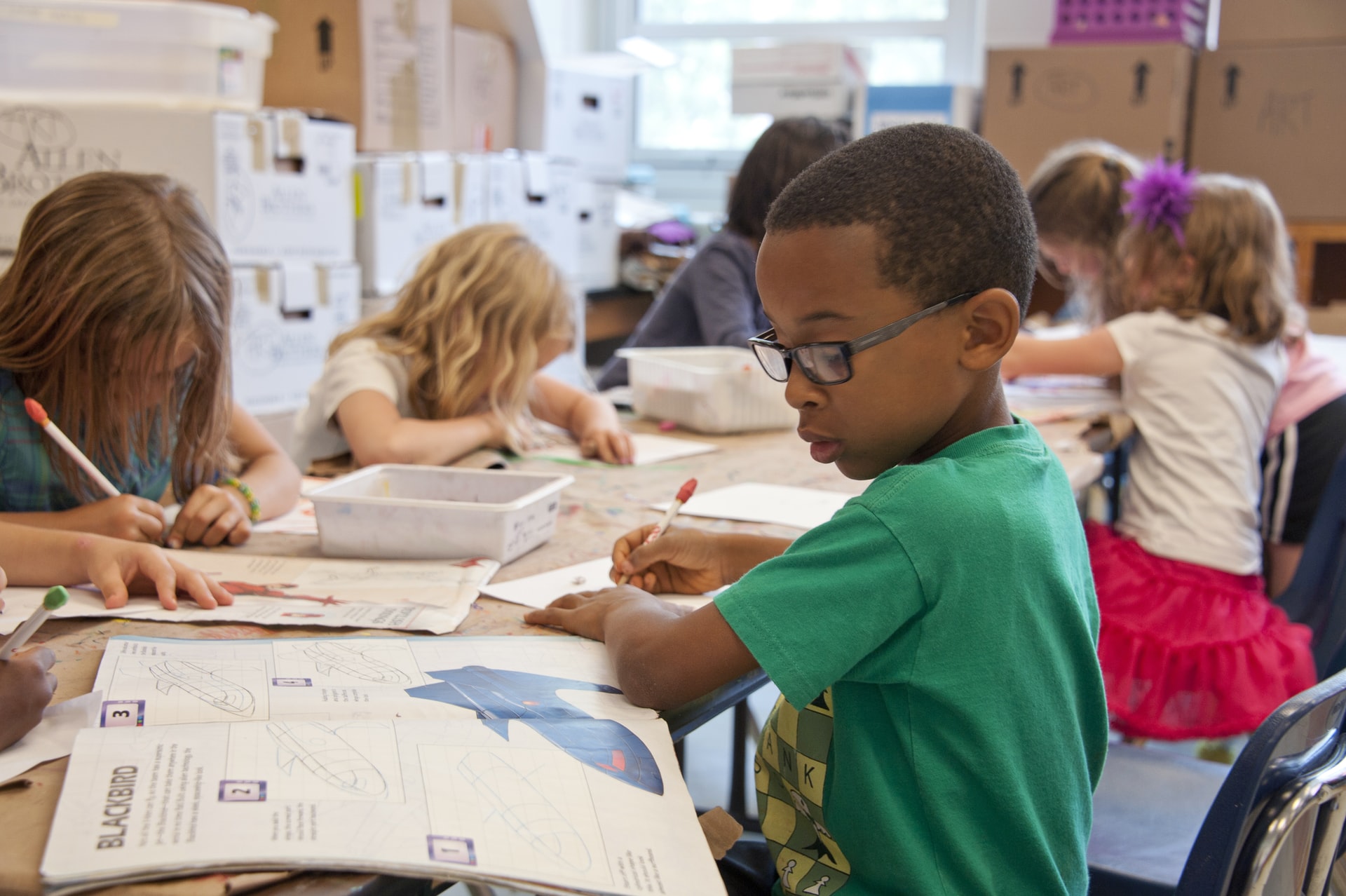RobotLAB Blog
Everything You Need To Know About Robotics in Businesses
Augmented Reality: A Tool for Teaching Students Robot Programming
By Carol Grace for RobotLAB.com

The recent years saw an increased adoption of technology in education, from the shift to virtual learning environments to the use of robotics within classrooms. For instance, a previous post highlights how collaborative robots or cobots have limitless potential not only for improving workplace health and safety but also for transforming education, particularly in the context of teaching engineering. Through open-ended, flexible programming, cobots can help students hone their problem-solving skills and adapt to more complex robotic applications.
Beyond cobots, another emerging technology that demonstrates benefits in classroom settings is augmented reality. Below, we take a look at what augmented reality is and how its applications can particularly help students better understand robot programming.
- 1 Comments
- Jun 3, 2024 10:00:17 AM
- Posted by Maria Alejandra Calcetero
- Topics: STEM, School, Robots,, k12, STEM literacy, school robots
Fostering Innovation Through Youth Education in STEM and EdTech
 Image Source: Unsplash
Image Source: Unsplash
Technological innovation is on the rise, and the world of today looks very different for most than it did ten years ago. With most having access to formerly cutting-edge tech like smartphones and tablets, and new breakthroughs in blockchain and AI technology, the difference is notable; and likely will continue to be so as these innovations become more widely accepted.
As an educator, you’ve likely seen some changes to your day-to-day operations. With cutting-edge educational technology, back-office software that eliminates manual record-keeping, and automation you can leverage to connect with students and parents, you’re seeing an unprecedented amount of technological support. You’ve also, likely, struggled to adapt and learn new systems.
- 0 Comments
- May 16, 2024 2:47:32 PM
- Posted by Maria Alejandra Calcetero
- Topics: STEM, School, Robots,, k12, STEM literacy, school robots
How Parents Can Foster STEM Learning Beyond the Classroom
 Image Source: Pexels
Image Source: Pexels
Science, technology, engineering, and math (STEM) concepts are central parts of life today. There are few jobs and everyday tasks that aren’t in some way supported or driven by advanced tools. This makes it increasingly vital that students can confidently navigate STEM subjects.
Unfortunately, there’s limited time during the school day to devote to this. As a parent, one of the ways to support their in-class education is to foster STEM learning at home. Even a little extra STEM activity, with encouragement from you, can help bolster their understanding, equipping them for the world they’ll be entering as adults.
- 0 Comments
- Apr 19, 2024 11:37:43 AM
- Posted by Maria Alejandra Calcetero
- Topics: STEM, School, Robots,, k12, STEM literacy, school robots
How Robotics Cultivates a Deep Understanding of Mathematics in Students
Image Source: Pexels
- 0 Comments
- Apr 4, 2024 12:11:37 PM
- Posted by Maria Alejandra Calcetero
- Topics: STEM, School, Robots,, k12, STEM literacy, school robots
RobotLAB Receives EDTech Chronicle 2023 ‘BESTIE’ Award for Landmark Partnership with American Samoa Dept. of Education.
The Global Robotics Integrator Earned ‘Best Partnership' for Expanding EdTech Access Across American Samoa
 |

|
American Samoa Department of Education Head of Technology Integration Office Dr. Solomona Tuisamatatele (left) and RobotLAB Director of Customer Success Paul Knaack (right)
DALLAS (April 2, 2024) – RobotLAB, an award-winning robotics integrator that delivers impactful technological innovations and solutions for educators and business owners across the globe, has earned ‘Best Partnership’ in EdTech Chronicle’s 2023 Best in Education Awards for its transformative partnership with the American Samoa Department of Education. The inaugural “Bestie” Awards recognize people and partnerships that improve education technology access and learning across the globe. Inked in late 2023, RobotLAB’s partnership with the American Samoa Department of Education provided education technology solutions for all K-12 public schools in the island nation, including special education bundles for schools that offer autism therapy. The programs expose students to age-appropriate technology and encourage a mastery of computer science, artificial intelligence, automation, STEM and robotics.
- 0 Comments
- Apr 3, 2024 8:37:22 AM
- Posted by Maria Alejandra Calcetero
- Topics: STEM, School, Robots,, k12, STEM literacy, school robots
Robotics in STEM Education: Building the Innovators of Tomorrow
By Katie Brenneman
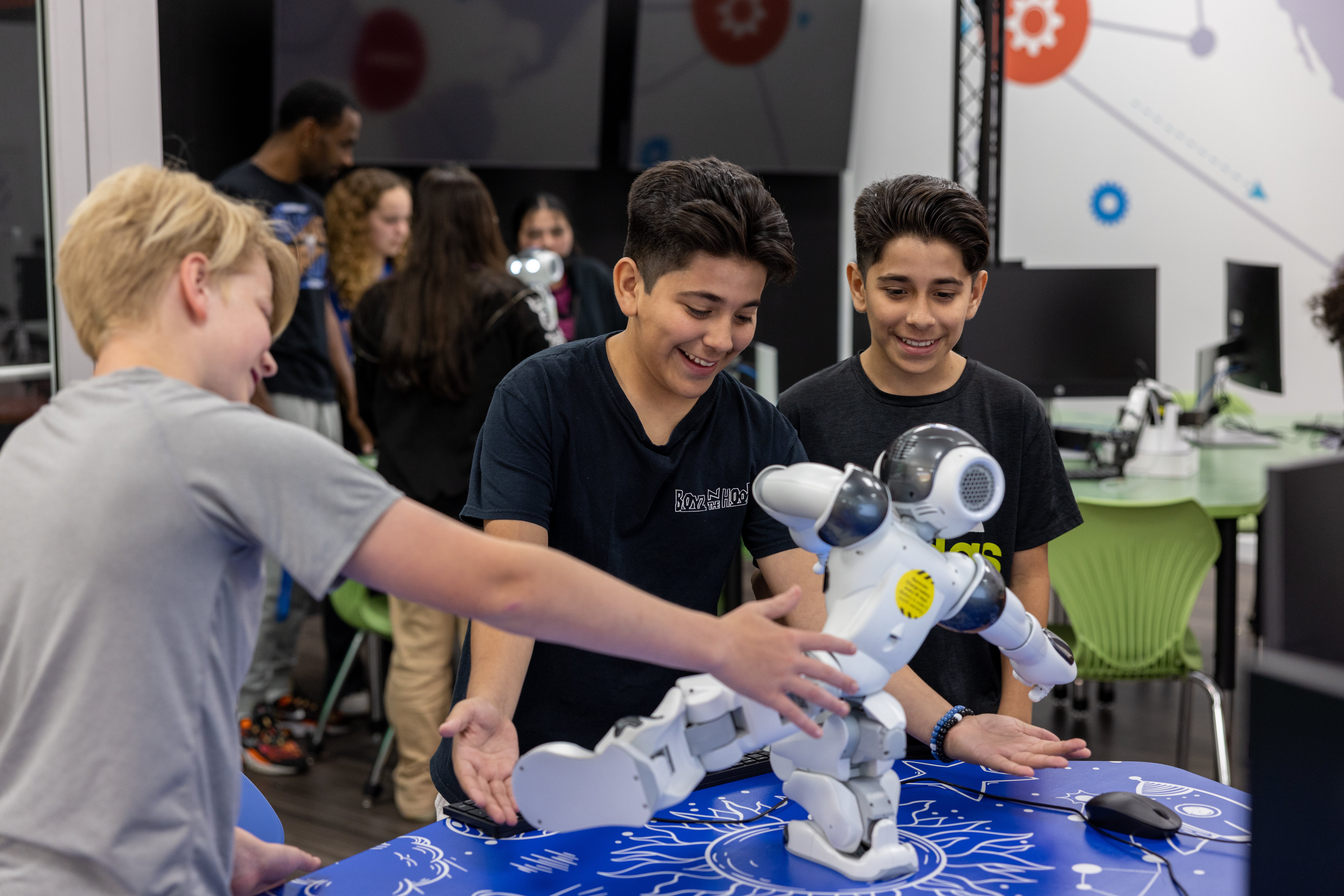
The power of a STEM-based education will never be understated. As a society, we have a growing dependence upon advanced technologies, even in industries that don’t initially appear directly related to STEM, which makes this type of education absolutely critical. The skills learned through science, technology, engineering, and math will continue to be essential to our society far into the future.
In the coming years, chances are that STEM advances will continue to have a bigger and bigger impact on our lives. One of the ways it will happen is through the incorporation of more robotics. Thousands of jobs will be lost to robotics and automation while thousands more will be created, largely in fields associated with managing and maintaining robotic systems. To prepare for this, our students will need to become familiar with robotics and become the innovators of tomorrow.
- 0 Comments
- Apr 2, 2024 1:53:54 PM
- Posted by Maria Alejandra Calcetero
- Topics: STEM, School, Robots,, k12, STEM literacy, school robots
A quick guide to deep learning - what is it and how can it be useful?
By Jimmy Cantrell
The human brain contains millions of neurons that allow us to process vast amounts of information from multiple sources. Our senses feedback data from our experiences to our brains, which organizes the data into patterns to allow us to understand the world around us.
Deep learning is a subset of machine learning that uses algorithms built on neural networks modeled after the human brain. With multiple layers working together inside the computer, artificial neurons or ‘nodes’ use mathematical calculations to process data to solve complex problems, much like how our own brains do.
In this short guide, we explore how deep learning works in more detail and how it can be useful in our day-to-day lives.
- 0 Comments
- Mar 27, 2024 8:40:32 AM
- Posted by Natalia Galvis
- Topics: Artificial Intelligence, AI, AI LAB
Empowering the Next Generation: STEM Scholarships for Robotics Students
By Devin Partida
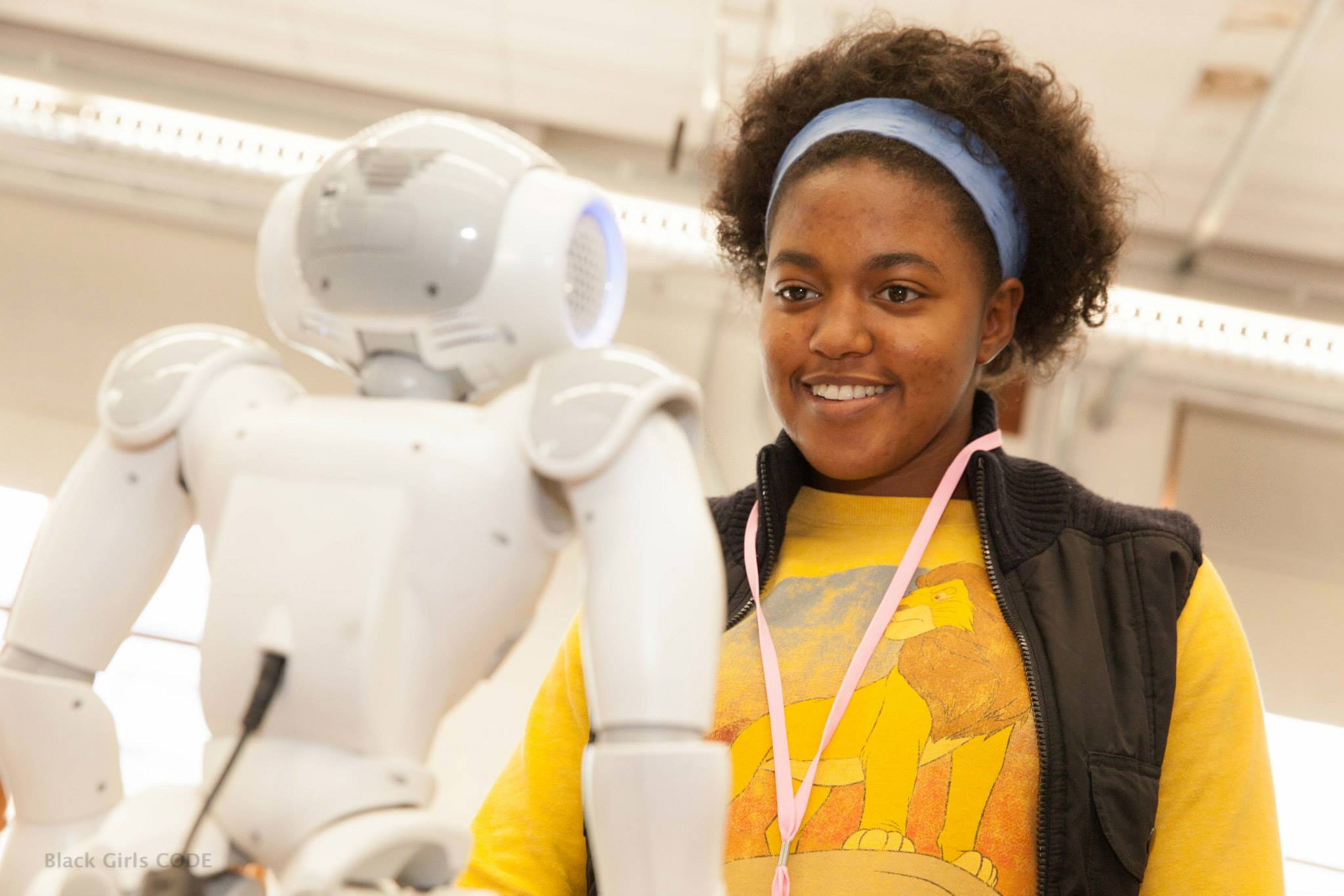
Scholarships advance STEM education, particularly in the field of robotics. These financial aids open doors for aspiring innovators, enabling them to pursue their dreams without the burden of financial constraints.
Educators stand at the forefront of this endeavor as invaluable mentors and guides. Their insight and encouragement help students navigate scholarship applications and impact their success. Their role extends beyond teaching — they inspire the next generation of robotics professionals, shaping the future of technology and innovation.
- 0 Comments
- Feb 12, 2024 6:50:24 PM
- Posted by Maria Alejandra Calcetero
- Topics: Artificial Intelligence, AI, AI LAB
Keynote Summary: The Future of AI in Education by Dan Fitzpatrick
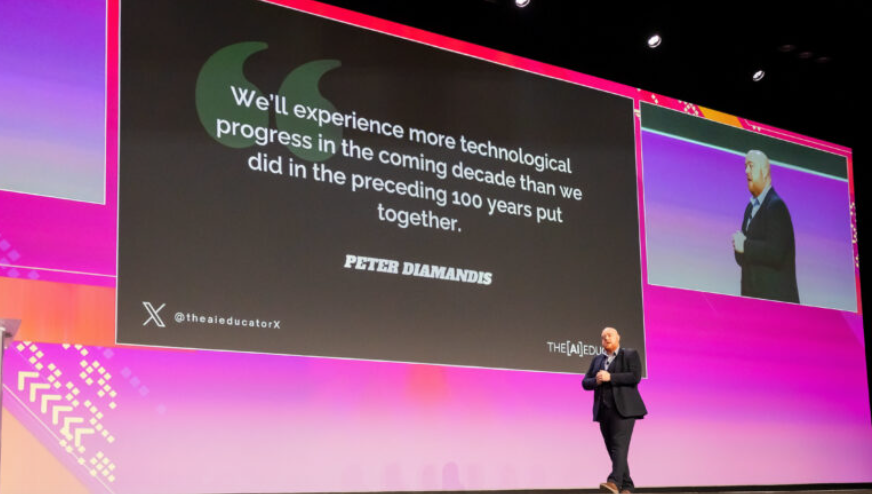
Dan Fitzpatrick delivered a keynote address on the future of AI in education, discussing its potential impact and challenges. Here's a summary of his insightful points:
- 0 Comments
- Feb 7, 2024 10:51:07 AM
- Posted by Maria Alejandra Calcetero
- Topics: Artificial Intelligence, AI, AI LAB
Meet Pepper the Robot: ‘We recognize that we need to be able to bridge that communication gap’
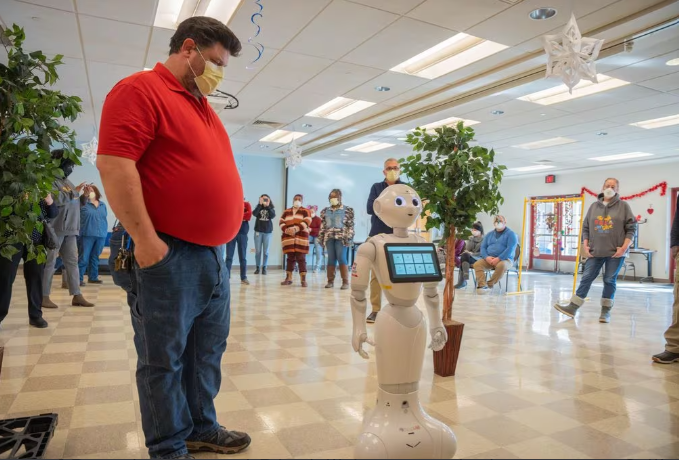 Pepper arrived at Stillwater Center in Montgomery County in January. Photo courtesy of Stillwater Center.
Pepper arrived at Stillwater Center in Montgomery County in January. Photo courtesy of Stillwater Center.
The newest member of Stillwater Center’s team can speak multiple languages, double-check dosage information for patients and lead story time for children at the facility.
This new addition to Stillwater also stands at four feet tall and is made of metal and plastic.
- 0 Comments
- Feb 5, 2024 2:13:10 PM
- Posted by Maria Alejandra Calcetero
- Topics: Pepper, Elderly Care, Assisted Living
Financial Literacy for STEM Students: Why It Matters
By Devin Partida
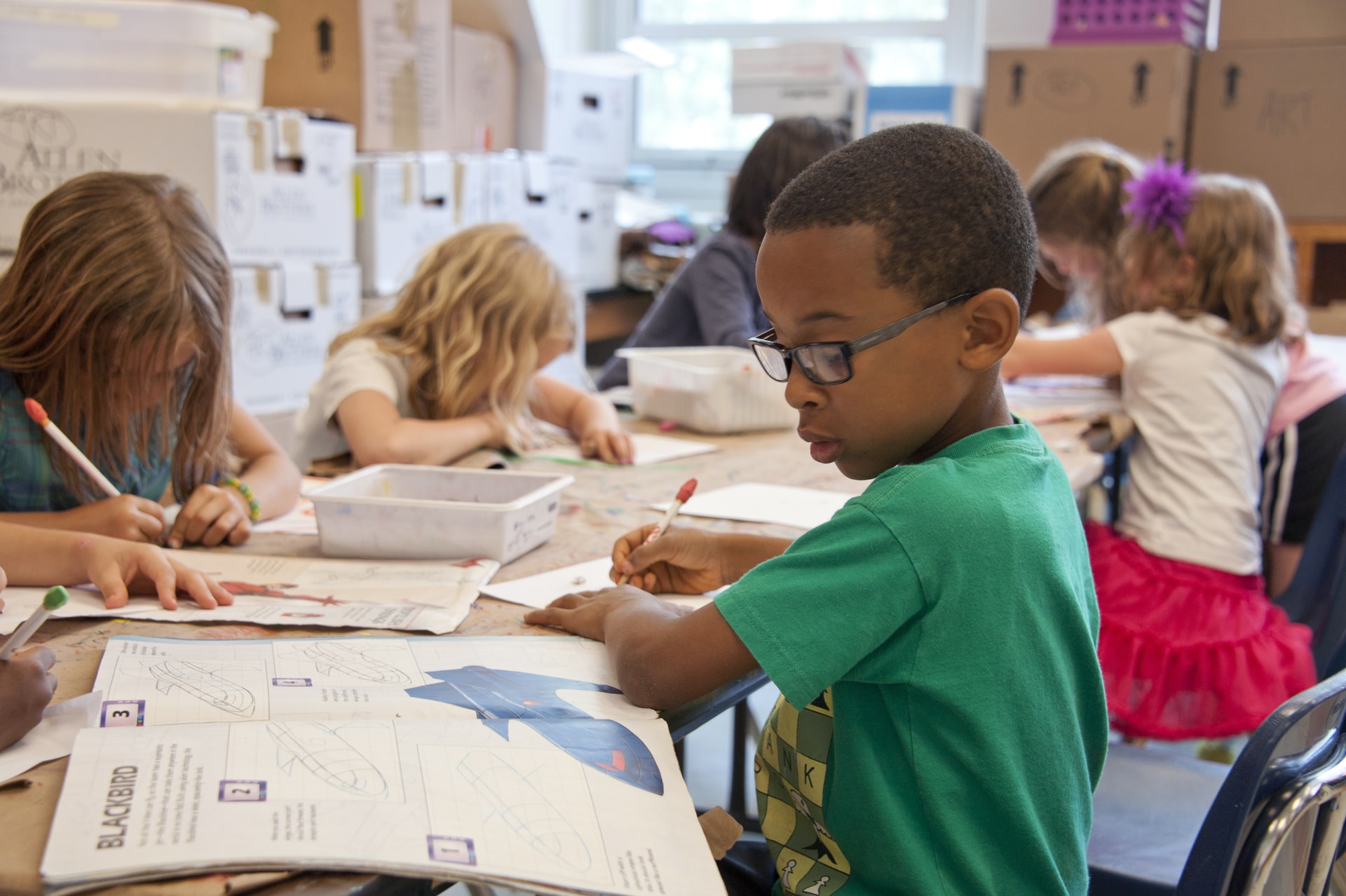
Financial literacy is vital for STEM students, as it teaches them to handle money well for challenges like project funding in their careers. Such a skill empowers these learners to make wise decisions for long-term goals like buying a home or planning for retirement. Here’s why knowing how to manage money is so important in STEM.
- 0 Comments
- Jan 30, 2024 8:55:04 AM
- Posted by Maria Alejandra Calcetero
- Topics: EdTech, STEM, teachers, Coding, programming, Makerspace, Edchat, AI
Preparing the Next Generation of Welders for Robotics and Automation
By Ellie Gabel
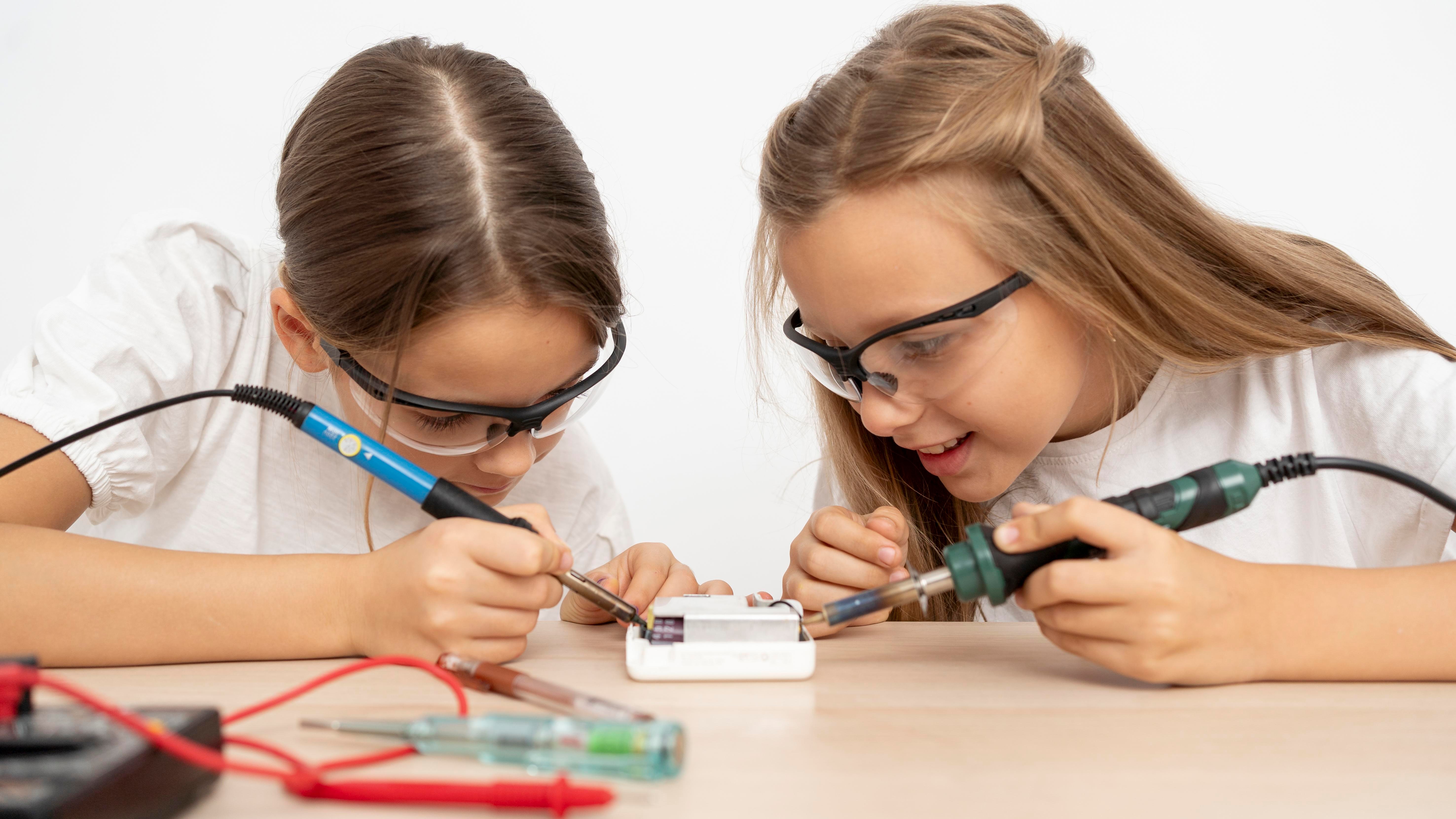
Welding remains a vital industry, crucial in everything from construction to manufacturing. It’s a field that has continually evolved, adapting to technological advancements. Recently, there’s been a significant shift towards incorporating robotics and automation in welding processes.
This shift is transforming the very nature of welding work. As a result, there’s an urgent need to prepare the next generation of welders. They must possess new skills and knowledge to excel in an environment where robotics and automation play a crucial role. This preparation maintains industry standards and ensures continuous innovation in this critical field.
- 0 Comments
- Jan 17, 2024 10:54:09 AM
- Posted by Maria Alejandra Calcetero
- Topics: EdTech, STEM, teachers, Coding, programming, Makerspace, Edchat, AI
The Robotic Future of STEM Education: A Look into Diverse Learning Approaches
By Katie Brenneman
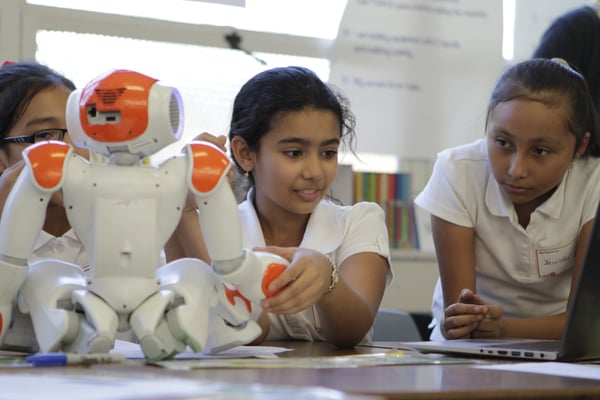
There’s little doubt that science, technology, engineering, and math (STEM) will continue to be a vital aspect of our society for the foreseeable future. Even many industries that aren’t obviously STEM-based are still driven by a range of tech tools. Our everyday lives are populated by ever more advanced hardware and software. It’s no wonder, then, that a solid STEM education is considered essential for today’s students.
Yet, one of the prevalent challenges of STEM education is boosting engagement among a more diverse student base. This vital collection of subjects is still not always inclusive to learners from different backgrounds. Fortunately, robotics can be a powerful tool here. It’s a fascinating and engaging subject while also holding enormous potential for driving, supporting, and encouraging diverse STEM learning practices.
- 0 Comments
- Jan 11, 2024 11:06:06 AM
- Posted by Maria Alejandra Calcetero
- Topics: Math, EdTech, STEM, teachers, Coding, programming, Edchat, AI
Using AI to Encourage Productive Struggle in Math
By Vicki Davis
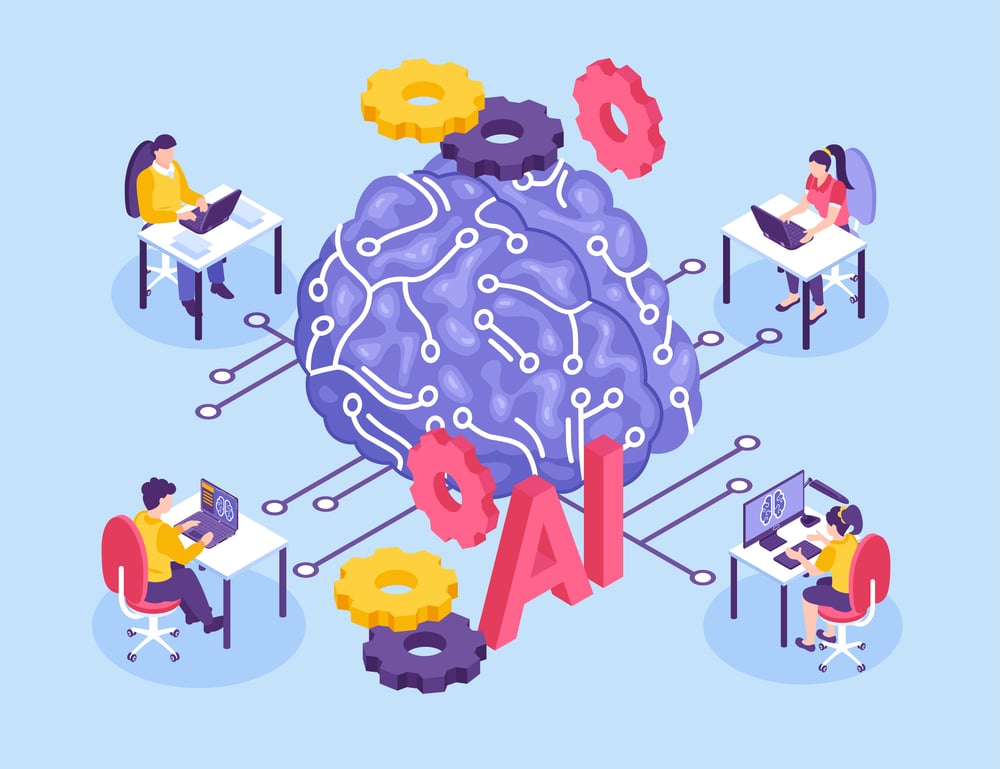 Image by macrovector on Freepik
Image by macrovector on Freepik
Students ‘don’t need an answer, they need help with the process,’ and combining ChatGPT with Wolfram Alpha is one way to guide them through it.
- 0 Comments
- Jan 4, 2024 7:54:03 AM
- Posted by Maria Alejandra Calcetero
- Topics: Math, EdTech, STEM, teachers, Coding, programming, Edchat, AI
Santa's Special Gift: A NAO Robot for Chase, a Kid with Autism
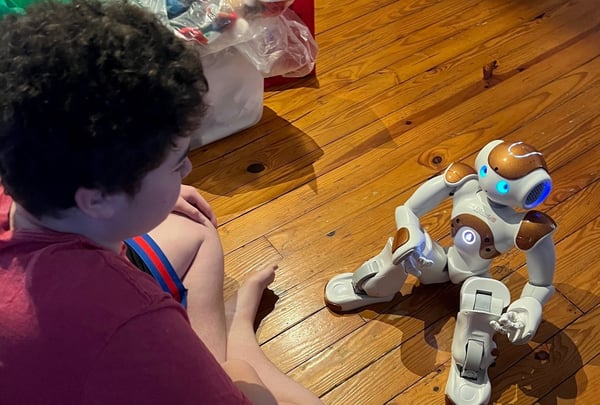
Every holiday season, stories of heartwarming miracles and unexpected gifts remind us of the magic of Christmas. This year, we bring you the heartwarming tale of a young boy named Chase, who has autism, and his extraordinary Christmas wish that came true. Chase asked Santa for a very special gift - a NAO robot. Little did he know that this amazing present will bring a positive transformation in his life.
- 0 Comments
- Dec 26, 2023 11:16:04 AM
- Posted by Natalia Galvis
- Topics: EdTech, STEM, teachers, Coding, programming, Edchat
The Decline in Educational Performance: A Robotics Intervention
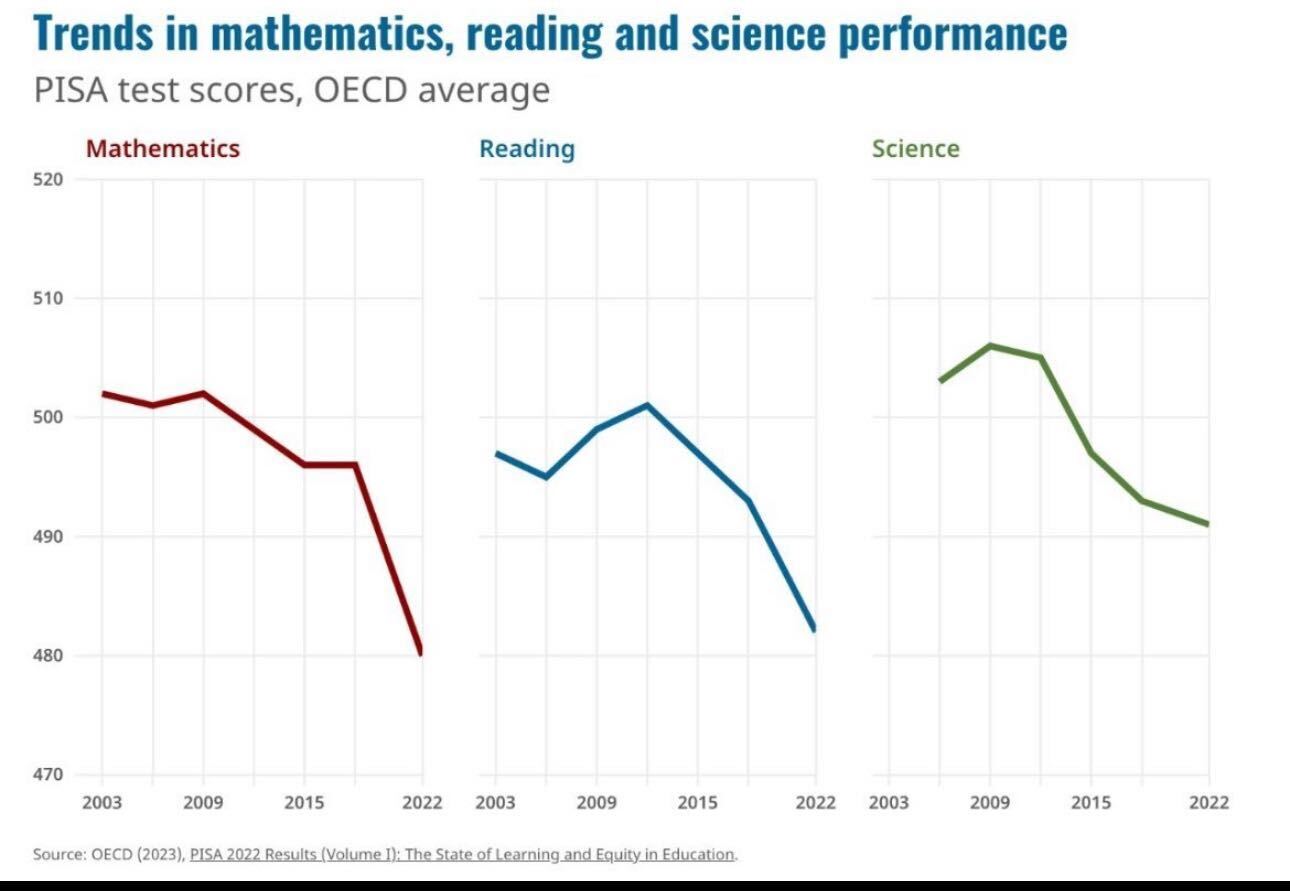
Image Source: https://www.oecd.org/publication/pisa-2022-results/
The recent PISA test scores for OECD countries reveal a concerning trend: a noticeable decline in mathematics and science performance among students. These subjects are pillars of modern education, underpinning critical thinking and problem-solving skills necessary for the workforce of tomorrow. Reading, while seemingly stable, also requires renewed focus to ensure comprehensive literacy. In the wake of these findings, it's imperative to find innovative approaches to re-engage students. Robotics education offers a multifaceted solution to this challenge, providing a dynamic learning experience that can reignite students' passion and proficiency in these key areas.
- 0 Comments
- Dec 13, 2023 10:00:42 AM
- Posted by Natalia Galvis
- Topics: EdTech, STEM, teachers, Coding, programming, Edchat
Innovative STEM Education: Crafting IoT Solutions
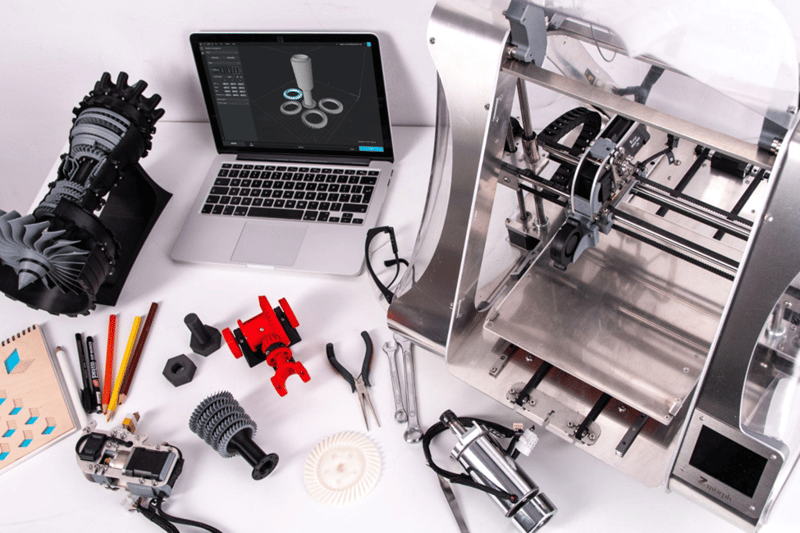 Image Source: Unsplash
Image Source: Unsplash
- 0 Comments
- Dec 6, 2023 2:14:40 PM
- Posted by Natalia Galvis
- Topics: EdTech, STEM, teachers, Coding, programming, Edchat
Looking to the Future of Education
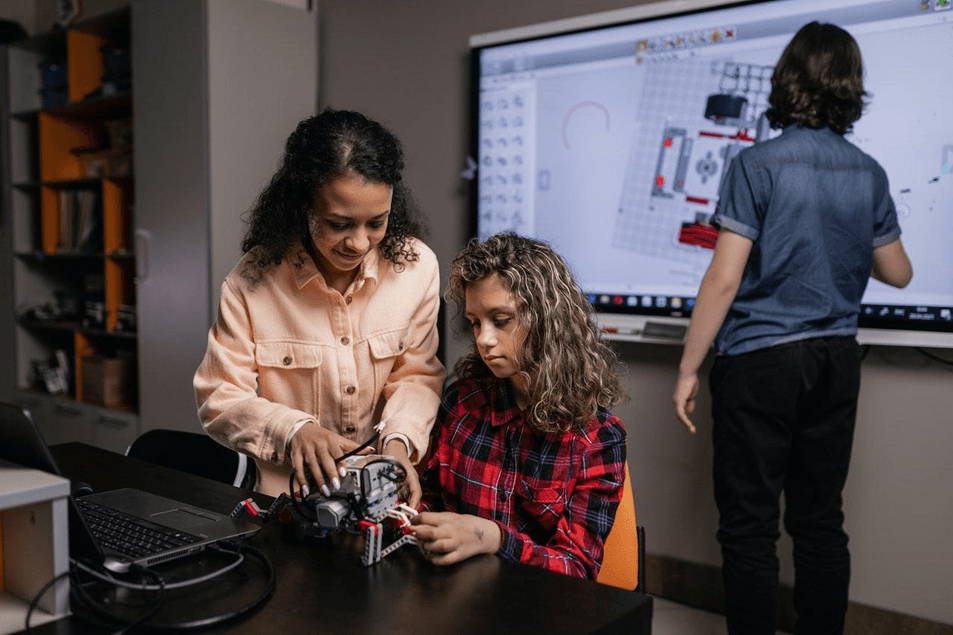 Image Source: Pexels
Image Source: Pexels
By Katie Brenneman
Education is essential to the development of each generation. Yet, it’s important to recognize that education also develops. New tools and priorities influence both what is taught and how the information is passed on.
Our contemporary society is particularly influenced by the growth of the digital landscape. Artificial intelligence (AI), virtual reality, and other tools are quickly becoming core components of everyday life. So, how is this likely to affect the future of education? Let’s take a closer look at what we can expect.
- 0 Comments
- Oct 26, 2023 11:48:20 AM
- Posted by Natalia Galvis
- Topics: EdTech, STEM, teachers, Coding, programming, Edchat
Introducing Students to New & Evolving STEM Careers
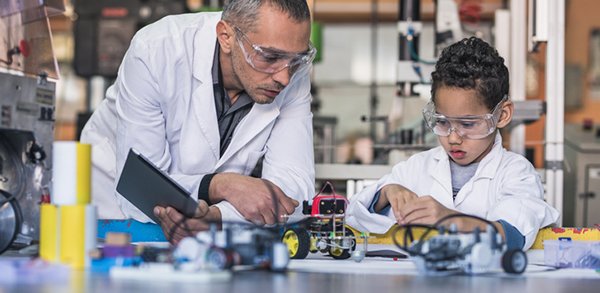
In the fast-paced world of STEM (Science, Technology, Engineering and Mathematics), educators need to stay ahead of the curve. As robotics and STEM educators, you play a crucial role in preparing the next generation for the evolving landscape of STEM careers. Here are some ways to introduce students to new and exciting career opportunities to ensure a diverse and well-matched workforce.
- 0 Comments
- Oct 19, 2023 6:21:27 PM
- Posted by Natalia Galvis
- Topics: EdTech, STEM, teachers, Coding, programming, Edchat
Generative AI Is Changing Computer Science Education For The Better
By Carla Jose
Image Source: Pexels
The intersection of artificial intelligence and education has given rise to a range of fascinating transformations. One key player in this revolution is generative AI, a technology that's making its mark on computer science in an especially meaningful way.
For starters, it dovetails impeccably with teaching complex coding processes, and can turn algorithmic mysteries into digestible concepts that even beginners can understand. Better yet, it makes classroom sessions and lectures highly interactive and engaging by generating dynamic examples customized for each student's preferences or ability level.
Ultimately, these novel methods made possible by generative AI can better prepare learners for future challenges awaiting them in the ever-evolving tech industry. So let’s look at the ins and outs of this in more detail to discover just how much of a game-changer the right AI tools and techniques can be when it comes to molding young minds.
- 0 Comments
- Oct 6, 2023 3:58:57 PM
Empowering Future STEM Innovators: Cultivating Interest and Inclusivity
By Katie Brenneman
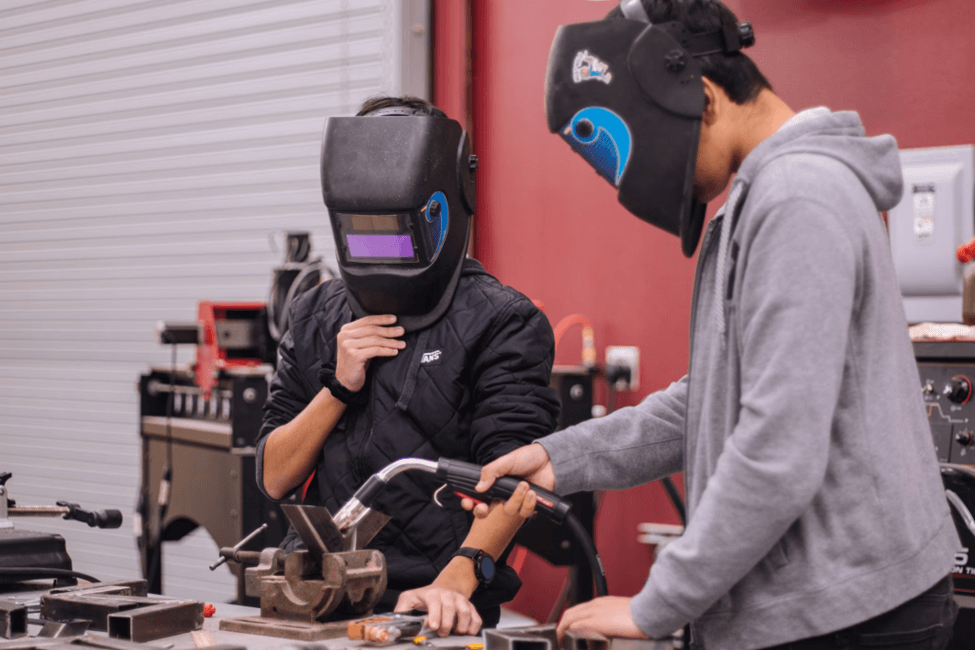
A robust STEM education is key to student success in the digital age. A strong grasp of science, technology, engineering, and mathematics ensures that the pupils of today have the skills they need to find personal and professional success in the future.
However, many students find STEM classes dull and unengaging. This is largely due to misconceptions about the purpose of STEM classes and outdated lesson plans that fail to capture the student’s imagination.
Unfortunately, social inequalities exacerbate disinterest in STEM fields. Black and Hispanic folks are underrepresented in the STEM industry and women in STEM only earn 77% of the average salary that a man in STEM receives. These inequalities push some students away from STEM and must be addressed by teachers who want to cultivate interest and inclusivity in the classroom.
- 0 Comments
- Sep 14, 2023 5:14:24 PM
Preparing for an Electric Future With STEM Education
By Ellie Gabel
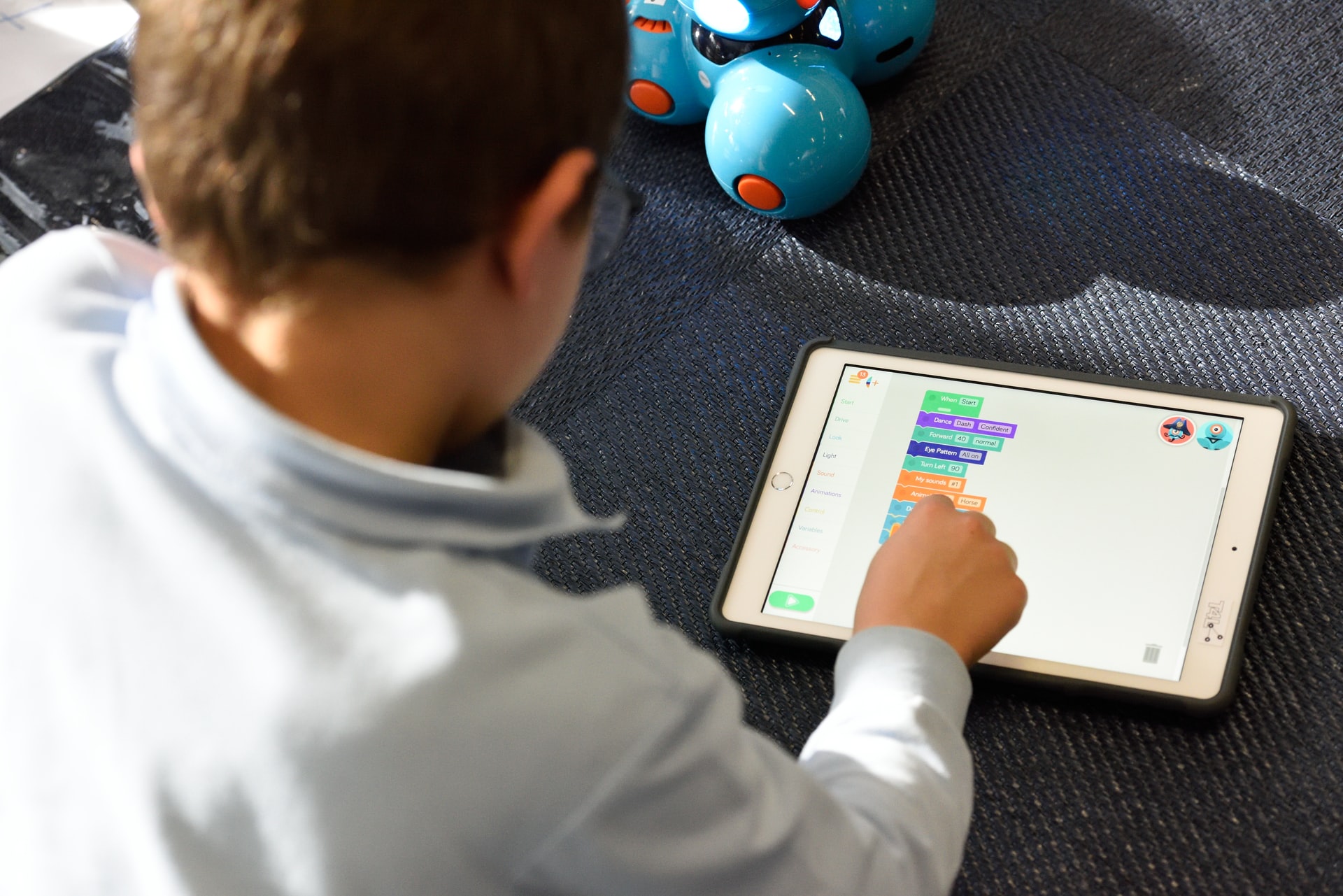 Photo by : Unsplash
Photo by : Unsplash
STEM education is critical for the long-term success of electric vehicles and clean energy. These industries remain relatively new to educators and students alike. Expanding coverage of electrification technologies will ensure the next generation has the knowledge and skills they need to contribute to positive, long-term growth in sustainability initiatives.
- 0 Comments
- Sep 14, 2023 3:02:57 PM
How AI Can Promote Equity in STEM Students
By Devin Partida
 Photo by : Unsplash
Photo by : Unsplash
Pursuing equity in science, technology, engineering, and mathematics (STEM) education is an ever-evolving conversation around representation and diversity. Artificial Intelligence (AI) — a frontier within STEM itself — emerges not just as an object of study but as a tool to promote equity among students who want to pursue a career in this field. However, can teachers really use AI to champion inclusivity, adaptability and accessibility to create a brighter future for minorities?
- 0 Comments
- Sep 13, 2023 4:08:43 PM
Does Your School Have the Tech to Support an Esports Program?
By Ellie Gabel

Although most schools have integrated technology into many aspects of their institution, their standard equipment doesn’t typically meet the requirements to support an Esports program. To modernize and future-proof their endeavors, they must invest in quality equipment.
- 0 Comments
- Aug 18, 2023 3:39:25 PM
How Does a STEM Education Encourage Leadership?
By Devin Partida
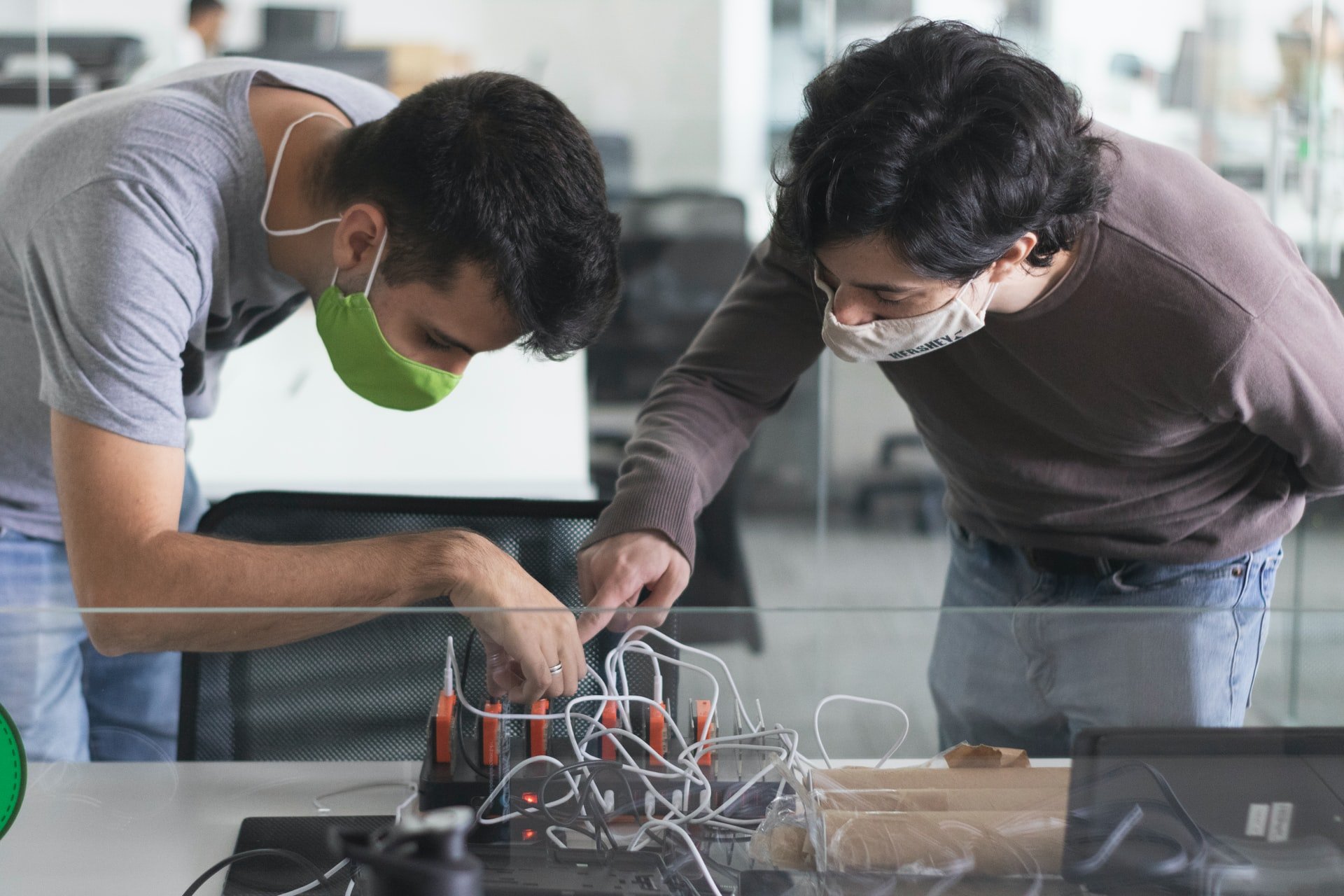
Our world is changing so rapidly that sometimes, it's challenging to predict what the future will look like. But one thing is certain — kids have different needs now than they did 20 years ago.
Gone are the days when being intelligent and hardworking is enough. Now, more factors contribute to determining the future generation's success. But just how can we prepare our kids to become key leaders in future industries?
The answer can be found in a science, technology, engineering and mathematics (STEM) education. A STEM education significantly impacts children's future as these subjects can teach kids many soft and hard skills that will enable them to perform at a globally competitive level.
- 0 Comments
- Aug 15, 2023 2:40:45 PM
Enhancing Math Proficiency: Unleashing AI Labs and Robots as Engaging Tools
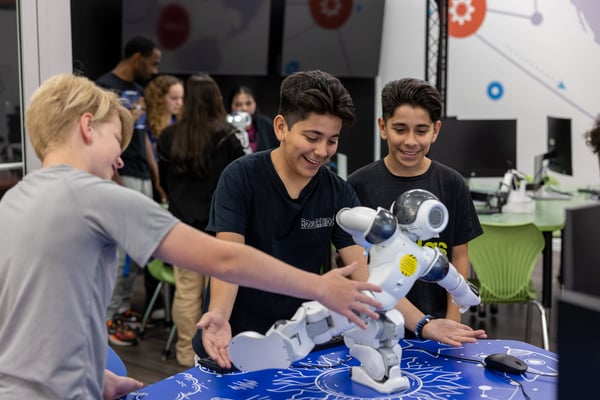 AI LAB by RobotLAB implementation in Lexington city schools
AI LAB by RobotLAB implementation in Lexington city schools
In recent years, concerns have been growing over the declining math proficiency among students in the United States. The ability to comprehend and apply mathematical concepts is not only essential for academic success but also for preparing individuals to thrive in an increasingly technology-driven world. As math scores continue to drop, there's a pressing need to explore innovative solutions to reignite students' interest in mathematics. One such solution lies in harnessing the power of AI labs and robots as engaging educational tools. This blog post delves into the potential of AI labs and robots to enhance math proficiency and foster a renewed enthusiasm for learning.
- 0 Comments
- Aug 14, 2023 8:39:50 AM
Five New Technologies in Education Transforming School Operations
By Softbank Robotics
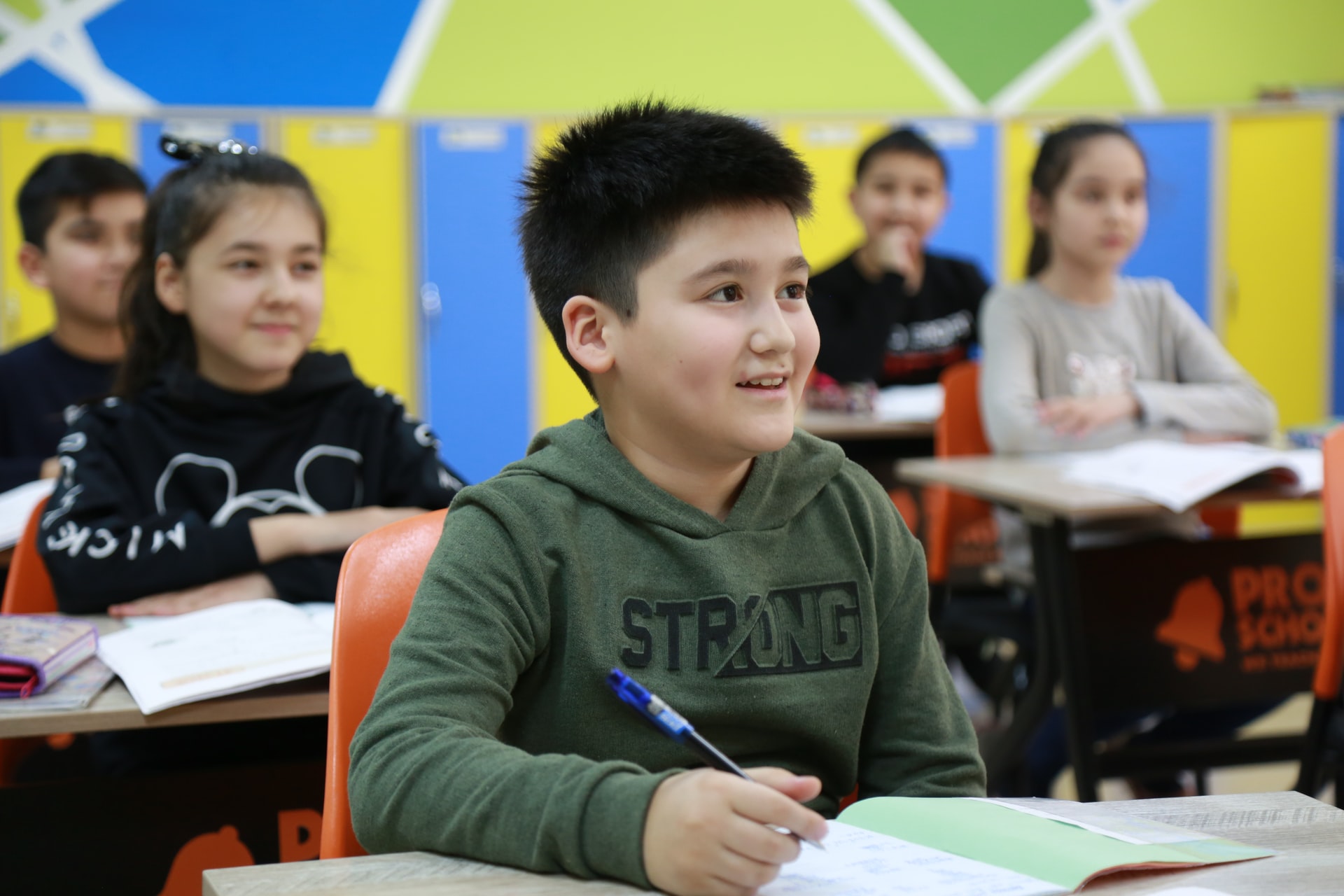
New technologies like remote learning platforms, big data, and AI are changing the way students learn (and the way schools are managed). From early childhood, to K-12, to higher education, and beyond, new tech in schools is opening up transformational possibilities for instruction, student support, and school operations. Below, we cover some of the most valuable technological innovations helping school administrators and their staff deliver a quality educational experience while adapting to staffing challenges and tight budgets.
- 0 Comments
- Aug 10, 2023 4:26:32 PM
- Posted by Maria Alejandra Calcetero
- Topics: Robotics, EdTech, STEM, Education, code, 21st Century Classroom, Special Education, Artificial Intelligence, data literacy, Coding, Robots,, students, programming, Technology, VR, STEMchat, Edchat, AI, k12, virtual learning, classroom, Inteligencia Artificial, Literacy, STEM literacy
How AI Should Be Used in Education
By Ellie Gabel
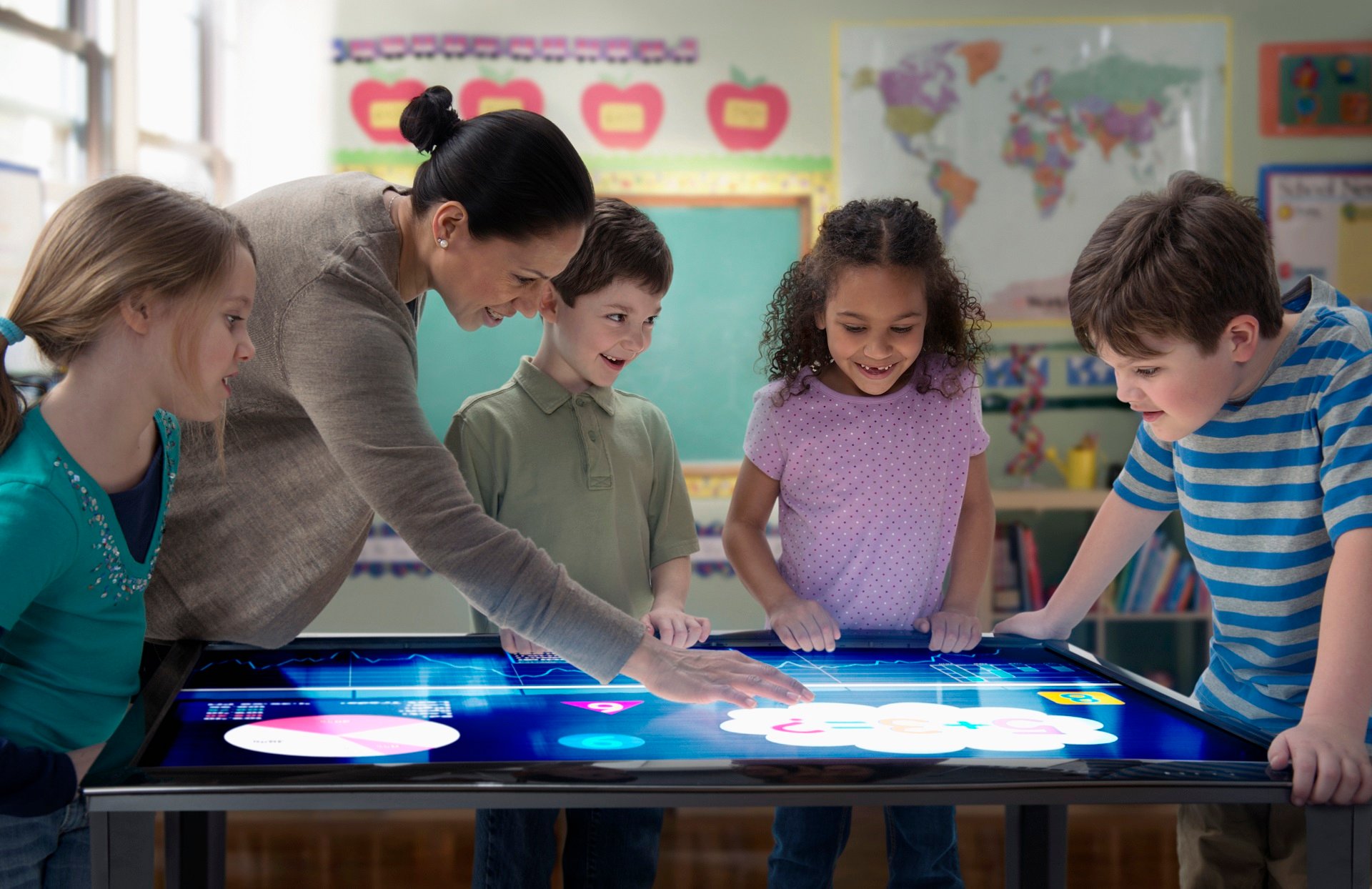
Is artificial intelligence in education the future or a risky new tool for cheating? AI can be a highly beneficial technology for students and teachers alike. When used wisely, it can help kids learn at their own pace or provide valuable support for educators. How can the sector leverage AI to benefit students and teachers without compromising safety or integrity?
- 2 Comments
- Jul 26, 2023 3:41:20 PM
- Posted by Maria Alejandra Calcetero
- Topics: Robotics, EdTech, STEM, Education, code, 21st Century Classroom, Special Education, Artificial Intelligence, data literacy, Coding, Robots,, students, programming, Technology, VR, STEMchat, Edchat, AI, k12, virtual learning, classroom, Inteligencia Artificial, Literacy, STEM literacy
Innovative Curriculums That Spark Enthusiasm in STEM and Robotics Students
By Katie Brenneman
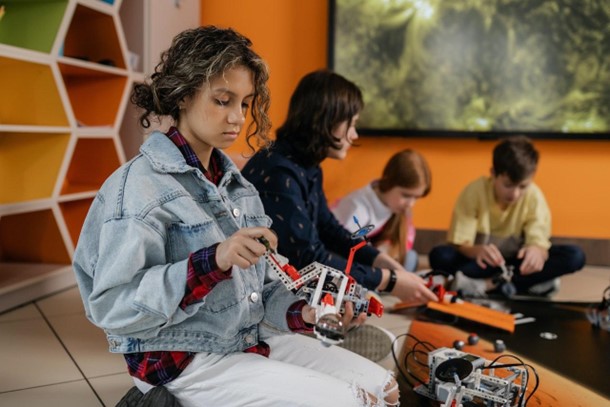
Image Source: Pexels
The continued rise of the digital landscape has revolutionized the world we live in. A range of day-to-day interactions are influenced by advanced tools and technical ideas. It is, therefore, essential to ensure that students today benefit from a science, technology, engineering, and math (STEM) education, alongside an understanding of robotics. After all, these elements are likely to continue to be core parts of their future.
However, as important and fascinating as these subjects are, not all students will be enthusiastic about them. Some of the ideas can be complex or might seem to not tie into the more creative subjects certain students prefer. This is where identifying innovative approaches to STEM and robotics curricula can ensure you can offer students an engaging and enriching education.
- 0 Comments
- Jul 20, 2023 6:50:50 PM
- Posted by Maria Alejandra Calcetero
- Topics: Robotics, EdTech, STEM, Education, code, 21st Century Classroom, Special Education, Artificial Intelligence, data literacy, Coding, Robots,, students, programming, Technology, VR, STEMchat, Edchat, AI, k12, virtual learning, classroom, Inteligencia Artificial, Literacy, STEM literacy
10 Simple Ways to Introduce AI to Elementary and Middle School Students
By Carla Jose
Image Source: Unsplash
If we think about the world our elementary and middle school students are growing up in, we notice that everyday tasks are constantly being redefined by artificial intelligence (AI).
From voice assistants to self-driving cars, AI is changing the way we live, work, and play, and introducing students to these ideas at a young age can open a world of opportunities for them. However, teaching such an abstract concept can be challenging for some. But fear not!
This handy guide will walk you through ten simple ways to make AI a part of your school curriculum, creating truly engaging and interactive lessons for all of your young learners.
Let's delve into the fascinating journey of acquainting kids with artificial intelligence concepts!
- 1 Comments
- Jul 18, 2023 11:01:35 AM
- Posted by Maria Alejandra Calcetero
- Topics: Robotics, EdTech, STEM, Education, code, 21st Century Classroom, Special Education, Artificial Intelligence, data literacy, Coding, Robots,, students, programming, Technology, VR, STEMchat, Edchat, AI, k12, virtual learning, classroom, Inteligencia Artificial, Literacy, STEM literacy
The Future of Education: Embracing Technology for Enhanced Teaching
By Ronie Salazar
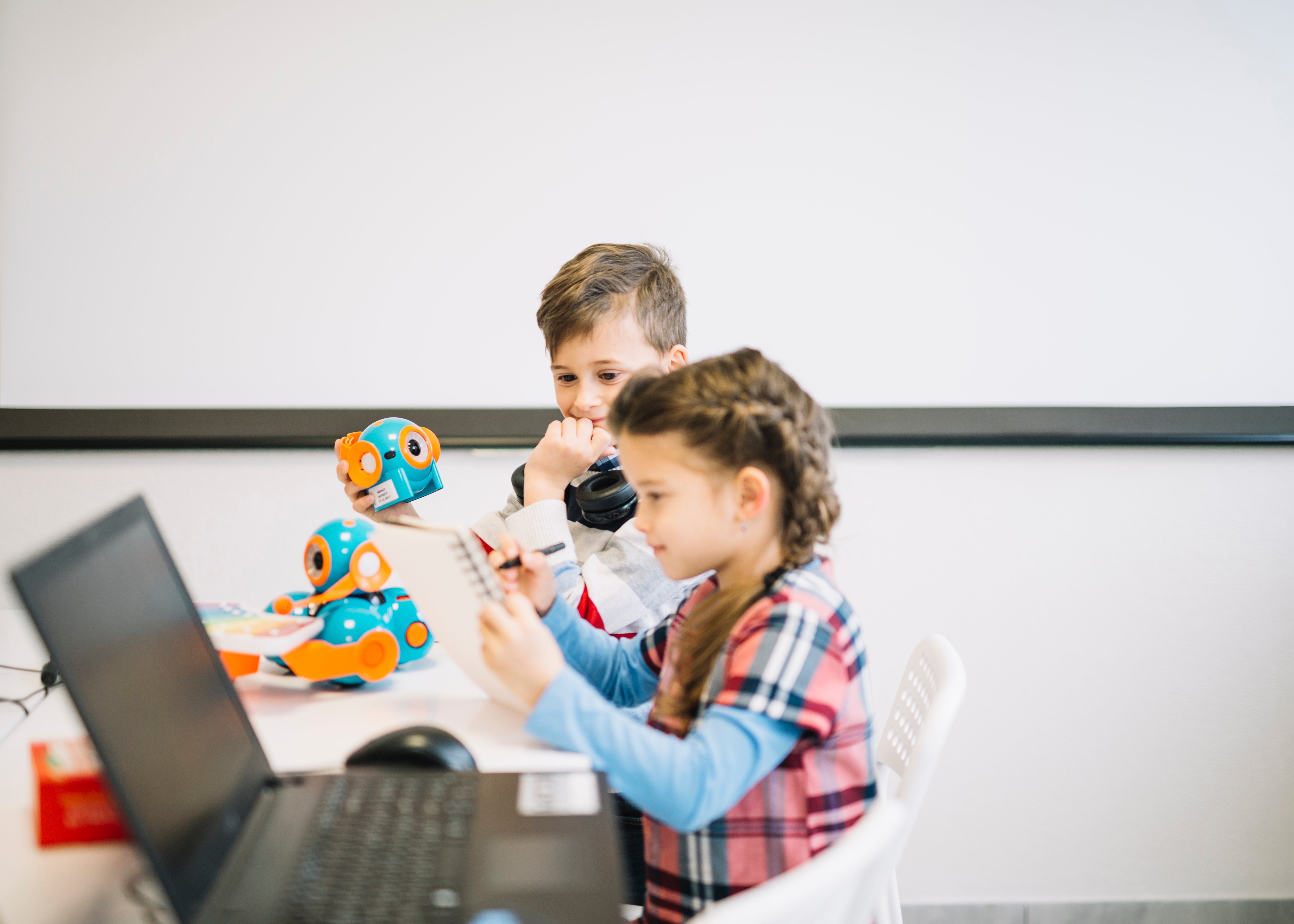 Image by Freepik
Image by Freepik
Our everyday lives now depend heavily on technology, and incorporating it into the classroom is critical for ensuring that students are prepared for the future. Educators can improve their teaching strategies, engage students, and offer tailored learning experiences by using technology. It provides a wide range of tools and resources that accommodate various learning styles, encouraging critical thinking and active engagement. Additionally, technology gives students the digital skills needed in the workforce of the twenty-first century, increasing accessibility and inclusivity in education.
- 0 Comments
- Jul 3, 2023 1:52:49 PM
- Posted by Maria Alejandra Calcetero
- Topics: Robotics, EdTech, STEM, Education, code, 21st Century Classroom, Special Education, Artificial Intelligence, data literacy, Coding, Robots,, students, programming, Technology, VR, STEMchat, Edchat, AI, k12, virtual learning, classroom, Inteligencia Artificial, Literacy, STEM literacy
How Could AI Robots Free Up Teachers' Time in Education? 6 Possibilities
By Carla Jose
Image Source: Pexels
Imagine a revolution in conventional teaching techniques, utilizing artificial intelligence robots to shoulder some of the burdens. From simple administrative tasks to personalized tutoring, AI plays an increasingly important role in complementing human efforts for enhanced learning outcomes.
If this sounds intriguing to you, stay with us as we explore the ways that these technological wonders could free up precious hours for teachers, enabling them to focus more on what they do best, which is of course inspiring young minds.
- 0 Comments
- Jun 30, 2023 11:49:41 AM
- Posted by Maria Alejandra Calcetero
- Topics: Robotics, EdTech, STEM, Education, code, 21st Century Classroom, Special Education, Artificial Intelligence, data literacy, Coding, Robots,, students, programming, Technology, VR, STEMchat, Edchat, AI, k12, virtual learning, classroom, Inteligencia Artificial, Literacy, STEM literacy
Teaching AI Ethics in Robotics
By Devin Partida
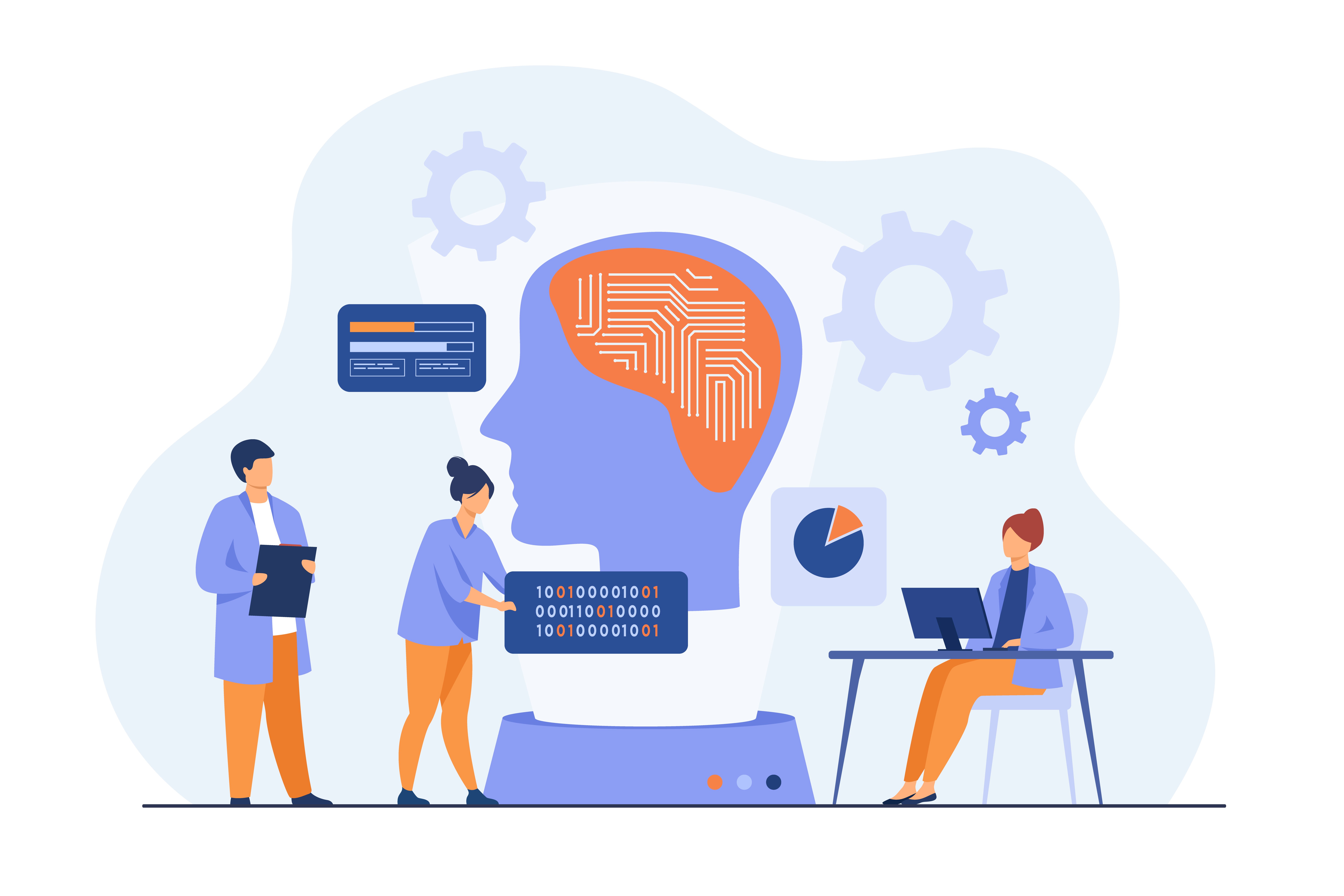
Constant leaps are being made in artificial intelligence (AI). AI is constantly changing and becoming a bigger part of people’s daily lives. With AI tools such as ChatGPT taking the world by storm, artificial intelligence is much more than an app providing weather forecasts or the time.
While it might sound obvious that people created AI, it might not be clear to children. Kids are growing up without understanding what it is and how it works. Here’s how K-12 educators can teach STEM students AI ethics in robotics, why it is important and the resources they could utilize.
- 0 Comments
- Jun 28, 2023 3:42:00 PM
- Posted by Maria Alejandra Calcetero
- Topics: Robotics, EdTech, STEM, Education, code, 21st Century Classroom, Special Education, Artificial Intelligence, data literacy, Coding, Robots,, students, programming, Technology, VR, STEMchat, Edchat, AI, k12, virtual learning, classroom, Inteligencia Artificial, Literacy, STEM literacy
4 ways to support the growing role robotics will have in society
By Dmitry Krasovskiy, PhD, Head of Education and Learning Services, EPAM Systems, Inc
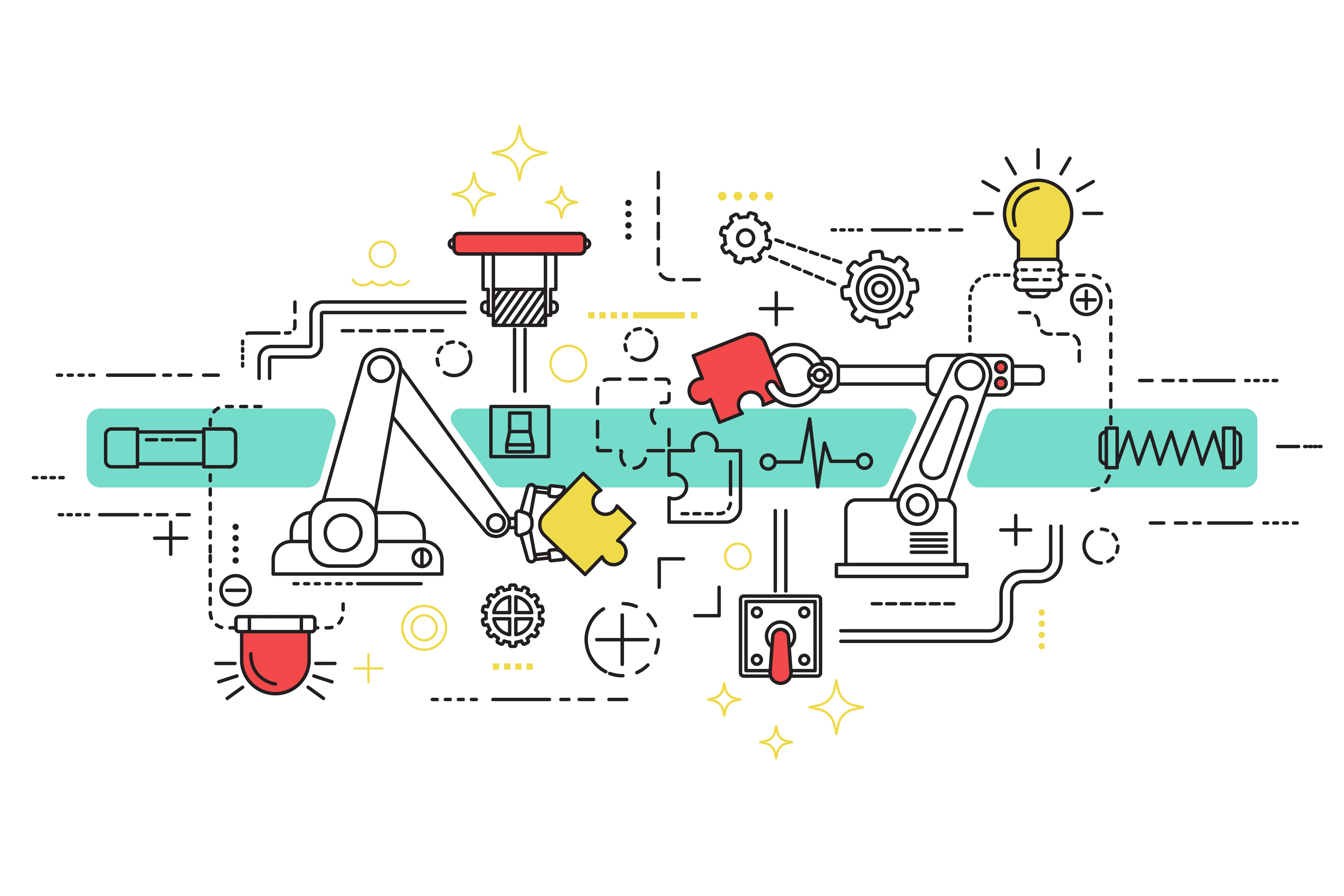
Here’s how edtech providers can buoy educators’ efforts to teach tomorrow’s inventors to embrace the future through robotics
- 1 Comments
- Jun 15, 2023 3:21:00 PM
- Posted by Maria Alejandra Calcetero
- Topics: Robotics, EdTech, STEM, Education, code, 21st Century Classroom, Special Education, Artificial Intelligence, data literacy, Coding, Robots,, students, programming, Technology, VR, STEMchat, Edchat, AI, k12, virtual learning, classroom, Inteligencia Artificial, Literacy, STEM literacy
How Can Teachers Effectively Incorporate Social Media Into Their STEM Curriculum
By Katie Brenneman
 Image Source: Pexels
Image Source: Pexels
In today's digitally interconnected world, social media has revolutionized the way people communicate, collaborate, and consume information. It has permeated various aspects of our lives, including education, where it presents unique opportunities for teachers to engage students in new and exciting ways. One particular field that can greatly benefit from this integration is STEM (Science, Technology, Engineering, and Mathematics) education.
Let’s take a closer look at how teachers can effectively incorporate social media into a STEM curriculum.
- 0 Comments
- May 24, 2023 9:04:29 AM
- Posted by Maria Alejandra Calcetero
- Topics: Robotics, EdTech, STEM, Education, code, 21st Century Classroom, Special Education, Artificial Intelligence, data literacy, Coding, Robots,, students, programming, Technology, VR, STEMchat, Edchat, AI, k12, virtual learning, classroom, Inteligencia Artificial, Literacy, STEM literacy
Is Online Collaboration Better for STEM Students?
By Devin Partida
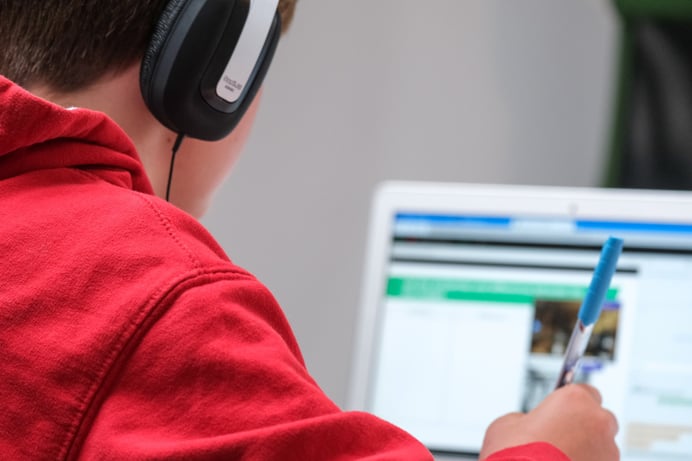
The pandemic forced many students to switch to online courses. While virtual learning was a useful stopgap measure in the absence of in-person classes, certain topics proved very difficult to teach remotely, especially hands-on STEM subjects. For physical science, technology and engineering courses, in-person classes work best, but there’s still a place for online learning.
- 0 Comments
- May 15, 2023 3:49:49 PM
- Posted by Maria Alejandra Calcetero
- Topics: Robotics, EdTech, STEM, Education, code, 21st Century Classroom, Special Education, Artificial Intelligence, data literacy, Coding, Robots,, students, programming, Technology, VR, Realidad Virtual, STEMchat, Edchat, AI, k12, Virtual Reality, virtual learning, classroom, Inteligencia Artificial, Literacy, STEM literacy
Here is the STEM grants list for 2023!
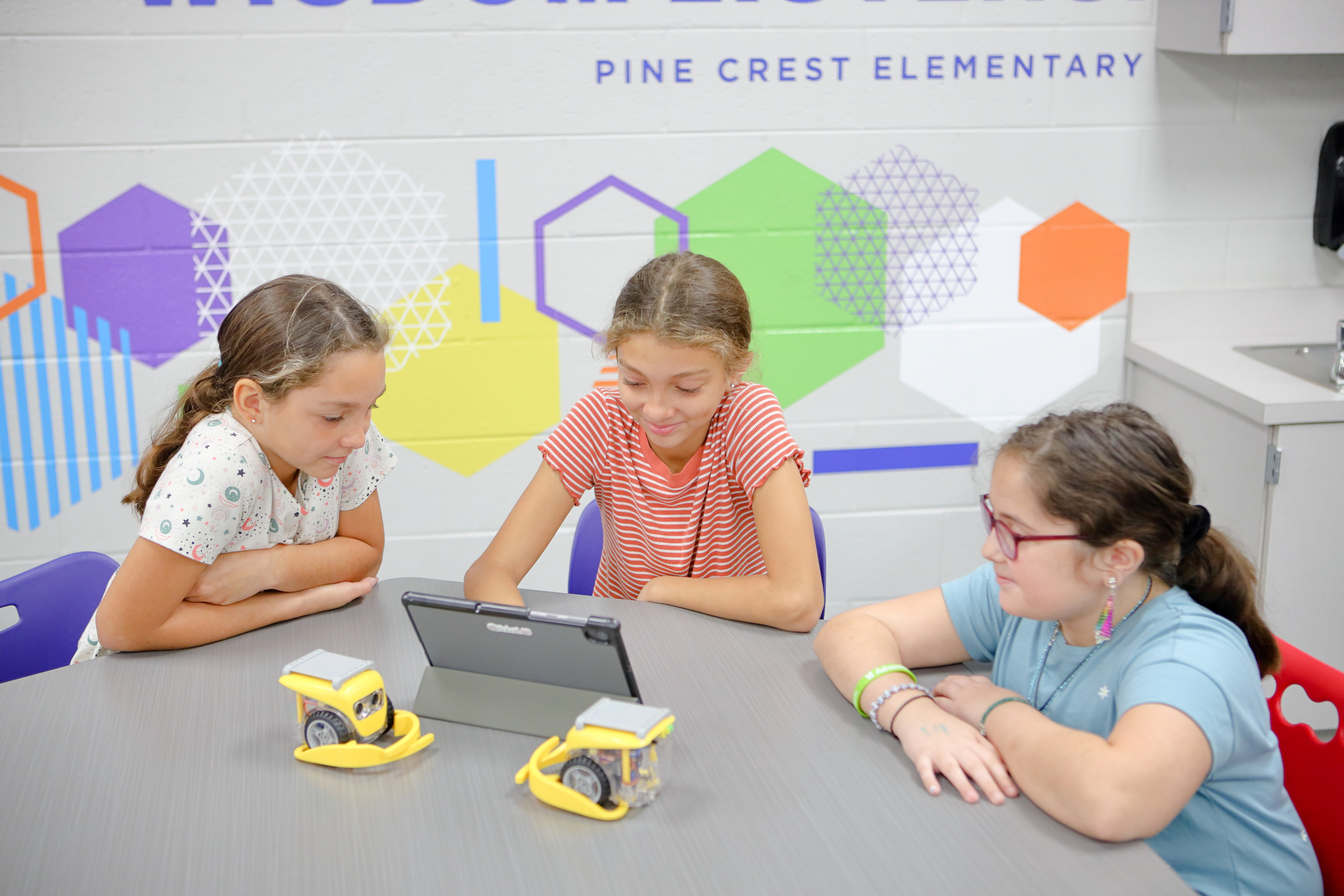
At RobotLAB, we believe that every student deserves access to the latest technologies and learning tools to prepare them for the future.
As part of our commitment to supporting STEM education, we've compiled a list of existing and new grants that schools can apply for to invest in robotics technology and support their educational programs.
We understand that finding the right funding can be a challenge for schools, which is why we've done the research and put together a comprehensive list of STEM opportunities and resources to help you navigate the offerings available.
- 0 Comments
- May 11, 2023 3:27:21 PM
- Posted by Maria Alejandra Calcetero
- Topics: Robotics, EdTech, STEM, Education, code, 21st Century Classroom, Special Education, Artificial Intelligence, data literacy, Coding, Robots,, students, programming, Technology, VR, Realidad Virtual, STEMchat, Edchat, AI, k12, Virtual Reality, virtual learning, classroom, Inteligencia Artificial, Literacy, STEM literacy
Emphasizing the Importance of STEM to Students
By Devin Partida
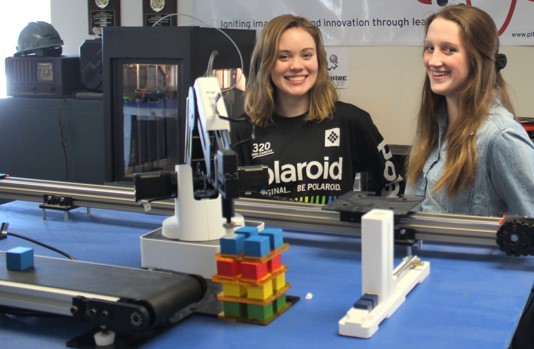
Science, technology, engineering and math (STEM) make the world go round. It drives everything from medicine to spaceflight, enriching everyone’s lives and securing the future. If your students need further proof of STEM’s importance, here are several reasons it’s so valuable.
- 0 Comments
- Apr 12, 2023 6:41:41 PM
- Posted by Maria Alejandra Calcetero
- Topics: Robotics, EdTech, STEM, Education, code, 21st Century Classroom, Special Education, Artificial Intelligence, data literacy, Coding, Robots,, students, programming, Technology, VR, Realidad Virtual, STEMchat, Edchat, AI, k12, Virtual Reality, virtual learning, classroom, Inteligencia Artificial, Literacy, STEM literacy
How STEM Educators Can Prepare Students for Workforce Implementation of Robotics and AI
By Katie Brenneman
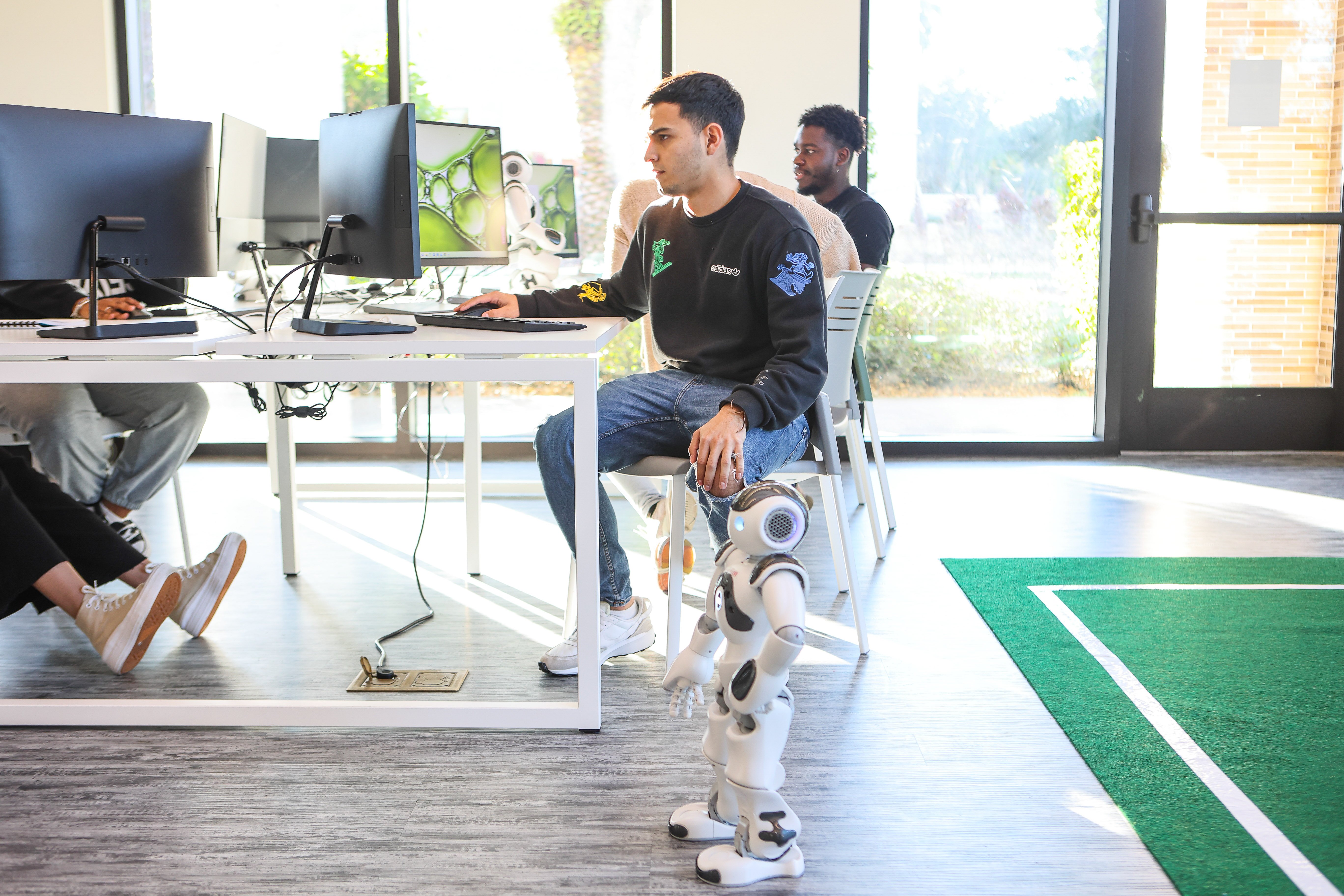 Saint Leo University- AI Lab implementation by RobotLAB
Saint Leo University- AI Lab implementation by RobotLAB
Once upon a time, robotics and artificial intelligence (AI) systems were largely the stuff of science fiction. If they appeared in “real life,” it was primarily in the most advanced, technology-driven enterprises, those to which most ordinary working people had little, if any, connection.
Today, however, the situation has dramatically changed. Robotics and AI are now infiltrating almost every aspect of daily life. They’re shaping how we communicate and learn. They’re transforming the practice of medicine. And they’re even informing how we accomplish the most mundane of daily tasks from banking to shopping to cleaning the house.
- 0 Comments
- Mar 14, 2023 10:23:52 AM
- Posted by Maria Alejandra Calcetero
- Topics:
STEM Resources for Budding Engineers
By Katie Brenneman
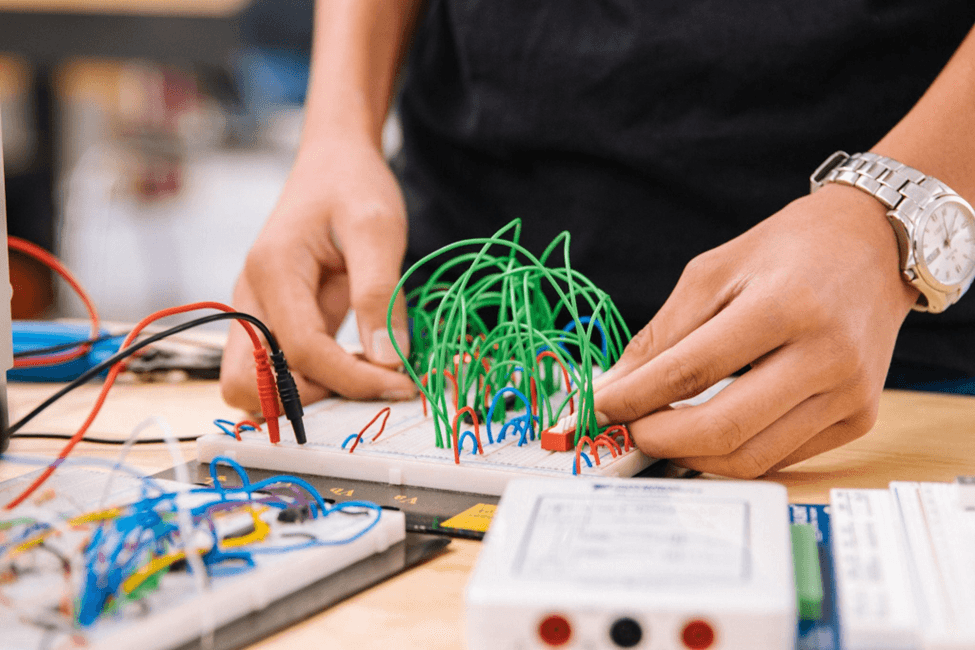
There’s a dearth of good engineers out there. As technology evolves, so does its complexity. Just as important as maintaining the momentum of technological progress is equipping the next generation to pick up where the last one left off.
Part of our obligation today is creating and compiling keystone resources that will aid young engineers in their journey to achieve new breakthroughs. Herein lies the fundamental growth pillars of forward-thinking engineers in various verticals: science, technology, engineering, and mathematics (STEM). Something we must contend with is building up young engineers to be both technically and professionally proficient. Let’s explore a few perspectives and resources that can serve to educate budding engineers and prepare them for the world of tomorrow.
- 0 Comments
- Feb 21, 2023 2:06:44 PM
- Posted by Maria Alejandra Calcetero
- Topics:
RobotLAB expands to a new location in Bogotá, Colombia

February 15th, 2023 – San Francisco, CA. Today, RobotLAB, the world’s largest robotics integrator company, announced its new expansion to the Latin American Region in Bogotá, Colombia. The company seeks to provide the latest technology in robotics in the territory not only for educational purposes but also for businesses that are looking to use this technology to improve their business performance and be at the forefront of innovation.
- 0 Comments
- Feb 16, 2023 9:16:46 AM
- Posted by Abby Brookshire
- Topics:
Using Robotics to Support Sustainability
By Devin Partida
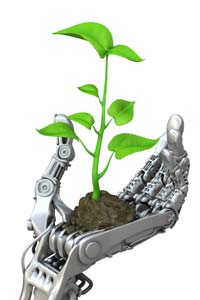
STEM educators have numerous tools at their disposal to keep students engaged with technology. It’s necessary in a tech-driven world, where students crave modern interactivity to maintain their attention and process concepts. Robotics is steadily becoming commonplace in classrooms as incorporation simplifies complex ideas and promotes sustainability to youth.
What can robotics offer STEM educators wanting to convey sustainable lessons to their students, and how can robots make a greener planet?
- 0 Comments
- Feb 10, 2023 2:31:02 PM
- Posted by Maria Alejandra Calcetero
- Topics: EdTech, STEM, Education, Computer Science, 21st Century Classroom, School, Student Engagement, Middle School, High School, autism, AI
How Robots Can Be Used in Autism Therapy
By Shannon Flynn
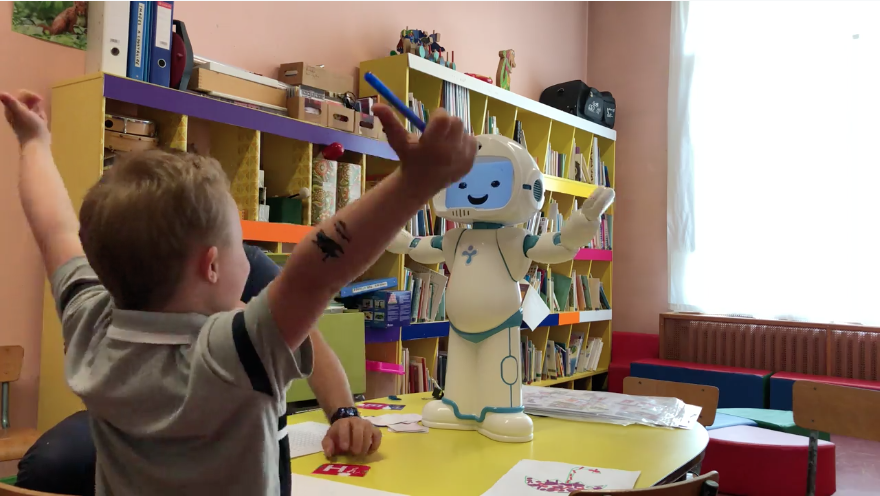
People are increasingly interested in how robots can help humans. From manufacturing facilities and complicated surgical procedures to preventing loneliness among older people and other isolated individuals, the possibilities are endless. Another area of significant interest relates to how robots could supplement therapy for people with autism. This approach is a developing option, but it’s already proving its worth.
- 0 Comments
- Feb 6, 2023 11:37:20 AM
- Posted by Maria Alejandra Calcetero
- Topics: EdTech, STEM, Education, Computer Science, 21st Century Classroom, School, Student Engagement, Middle School, High School, autism, AI
How to Secure Funding for STEM Extracurriculars
By Devin Partida

Maybe you have an amazing idea for a STEM extracurricular project, but you simply lack the budget needed to make it a reality. Here are the words you probably don’t want to hear: You have to write a grant proposal. Though it may seem daunting, as an educator, you already have the necessary skills to draft a compelling grant submission and secure the funds you need. Let’s get started.
- 0 Comments
- Nov 17, 2022 10:00:00 AM
- Posted by Maria Alejandra Calcetero
- Topics: EdTech, STEM, Education, Computer Science, 21st Century Classroom, School, Student Engagement, Middle School, High School, AI
Promoting Diversity and Inclusion in Robotics
By Carol Grace

Compared to other careers, underrepresentation is rampant in STEM-related roles. According to job statistics by Pew Research Center, Black and Hispanic workers remain underrepresented in various STEM occupations, only making up 8-9% of STEM jobs. This share is lower in specific job clusters, such as engineering and architecture, with only 5% of black workers making up the total workforce. While women comprise 50% of the STEM workforce, 74% are healthcare practitioners and technicians — making other fields vastly outnumbered by men. With robotics highly dependent on computers and engineering, it’s unsurprising that diversity in the industry is at an all-time low.
- 0 Comments
- Nov 16, 2022 7:48:57 AM
- Posted by Maria Alejandra Calcetero
- Topics: EdTech, STEM, Education, Computer Science, 21st Century Classroom, School, Student Engagement, Middle School, High School, AI
Using Robotics to Teach About Cybersecurity
By Devin Partida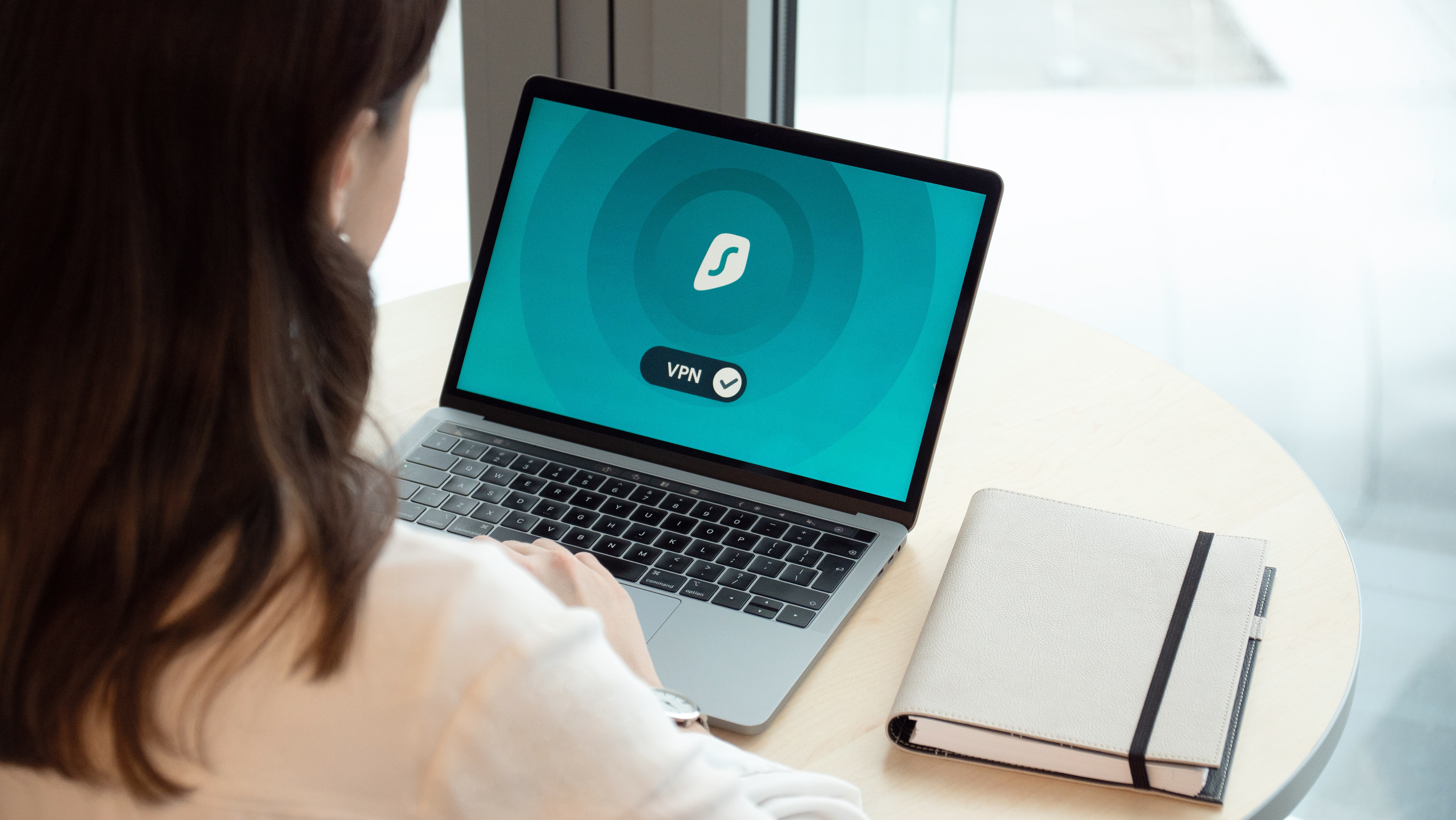 Photo by Dan Nelson on Unsplash
Photo by Dan Nelson on Unsplash
Curricula must shift for educators to create a well-informed next generation of cybersecurity analysts. Though robotics is an umbrella containing many branches, K-12 teachers can use robotics to teach cybersecurity more effectively than other subjects.
- 0 Comments
- Oct 6, 2022 3:11:12 PM
- Posted by Maria Alejandra Calcetero
- Topics: EdTech, STEM, Education, Computer Science, 21st Century Classroom, School, Student Engagement, Middle School, High School, AI
How Crucial Is Artificial Intelligence to the Rise of Ed Tech?
By Ellie Poverly-jpg.jpeg?width=1920&name=possessed-photography-jIBMSMs4_kA-unsplash%20(002)-jpg.jpeg) Image Source: www.unsplash.com
Image Source: www.unsplash.com
Anyone in the education sector knows that new technologies are poised to revolutionize the traditional classroom.
In the past few years, educational institutions have adapted to a new normal brought about by the COVID-19 pandemic. Parents, students, teachers and administrators had to remain flexible, adjust to virtual learning environments and adopt new digital technologies to facilitate learning.
Although the industry is still reeling from the adverse effects of the pandemic, the global disruption sparked major growth in one relevant sector: education technology (ed tech).
A primary example of ed tech is artificial intelligence (AI), which has already proven itself as a highly useful, effective tool with various applications and benefits. How important is AI in supporting the rise of the ed tech market? Will more K-12 and secondary education institutions adopt AI-based solutions in the future?
- 0 Comments
- Sep 17, 2022 10:00:00 AM
- Posted by Mike Nardine
- Topics: EdTech, STEM, Education, Computer Science, 21st Century Classroom, School, Student Engagement, Middle School, High School, AI
The Alan B. Levan | NSU Broward Center of Innovation integrates a robotics AI LAB for entrepreneurs
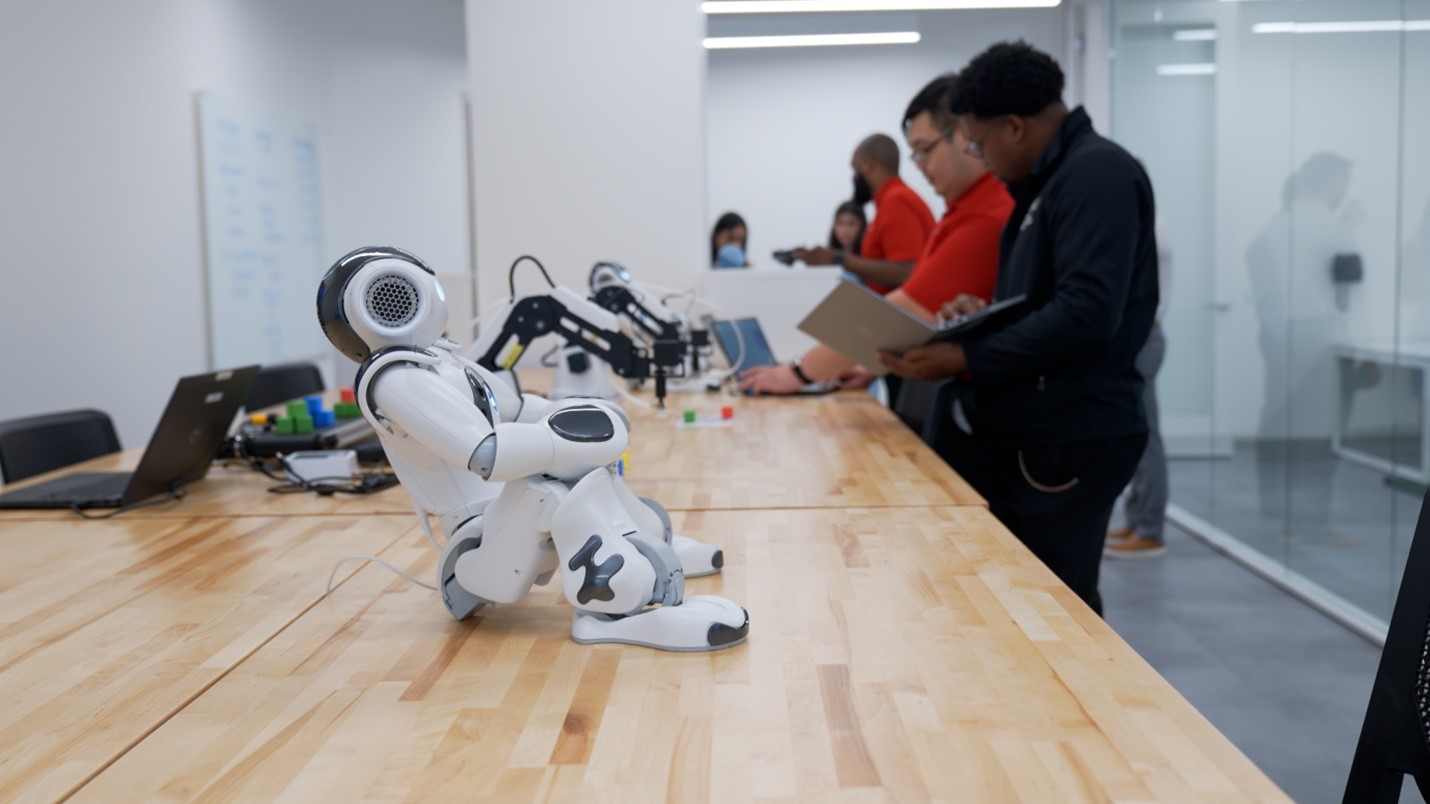
The implementation of the lab will provide entrepreneurs with real world experience in robotics and artificial intelligence.
September 1st, 2022 – San Francisco, CA – The Alan B. Levan | NSU Broward Center of Innovation (“Levan Center”), in partnership with RobotLAB, the leading educational robotics company, partnered to build an artificial intelligence and robotics lab.
- 0 Comments
- Sep 1, 2022 11:11:55 AM
- Posted by Mike Nardine
- Topics: EdTech, STEM, Education, Computer Science, 21st Century Classroom, School, Student Engagement, Middle School, High School, AI
Promoting Diversity and Inclusion In Robotics Education
By Devin Partida
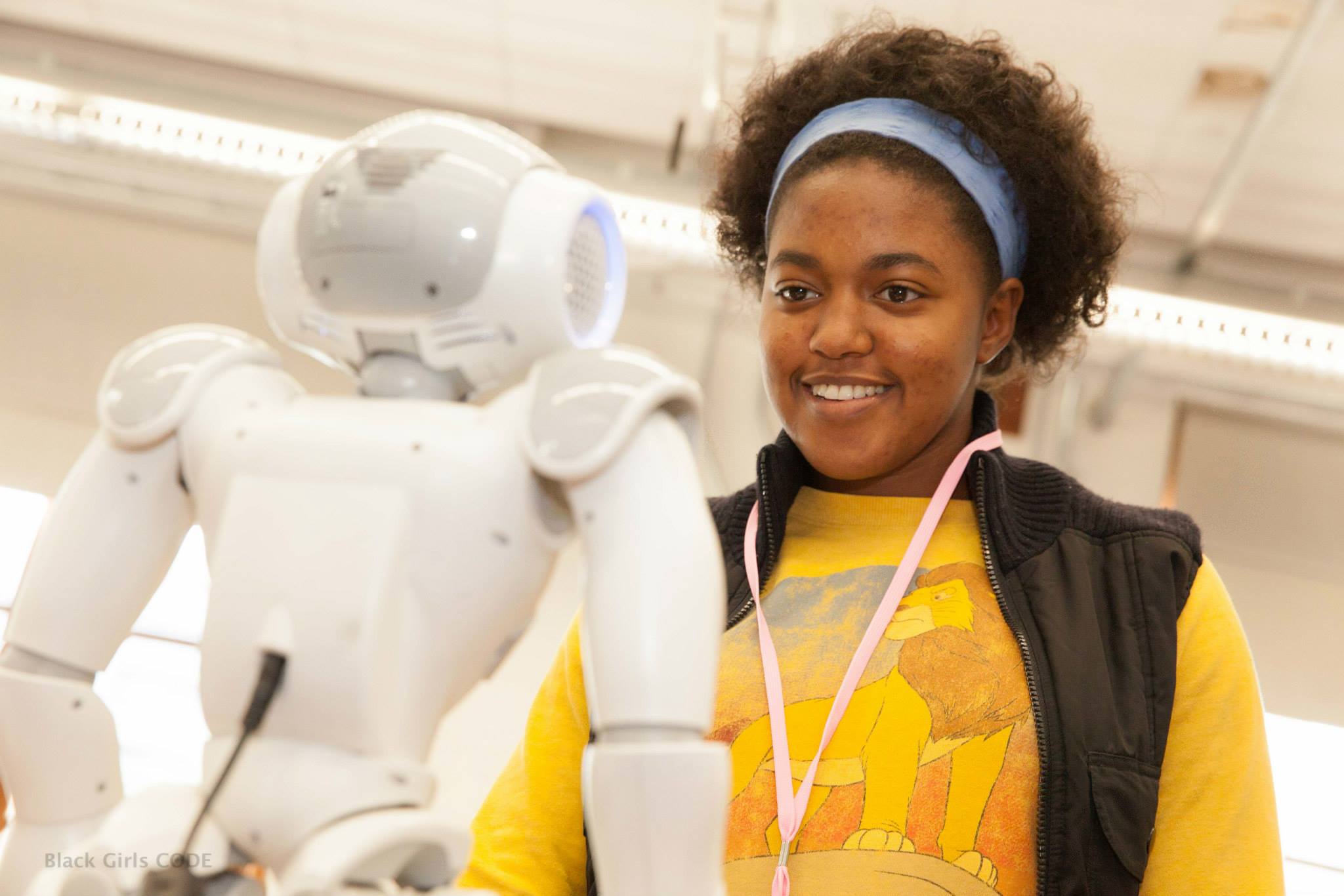 Image source: Black Girls Code
Image source: Black Girls Code
Diversity and inclusion are vital to creating a robotics education curriculum that invites all students to explore STEM. Many teachers today, at all levels, are working hard to make their approach more inclusive and equitable for all kids.
It can sometimes be confusing working out where to get started. These tips can be used in any classroom, for any type of course. They’ll give you a place to start building your inclusive robotics education strategy from so you can make the world of STEM accessible to all students.
- 0 Comments
- Aug 11, 2022 10:17:23 AM
- Posted by Natalia Galvis
- Topics: Robotics, EdTech, STEM, Artificial Intelligence, Robots,, AI, classroom, Inteligencia Artificial, school robots
Use Cases For Robotic Process Automation At Educational Institutions
By Carla Jose
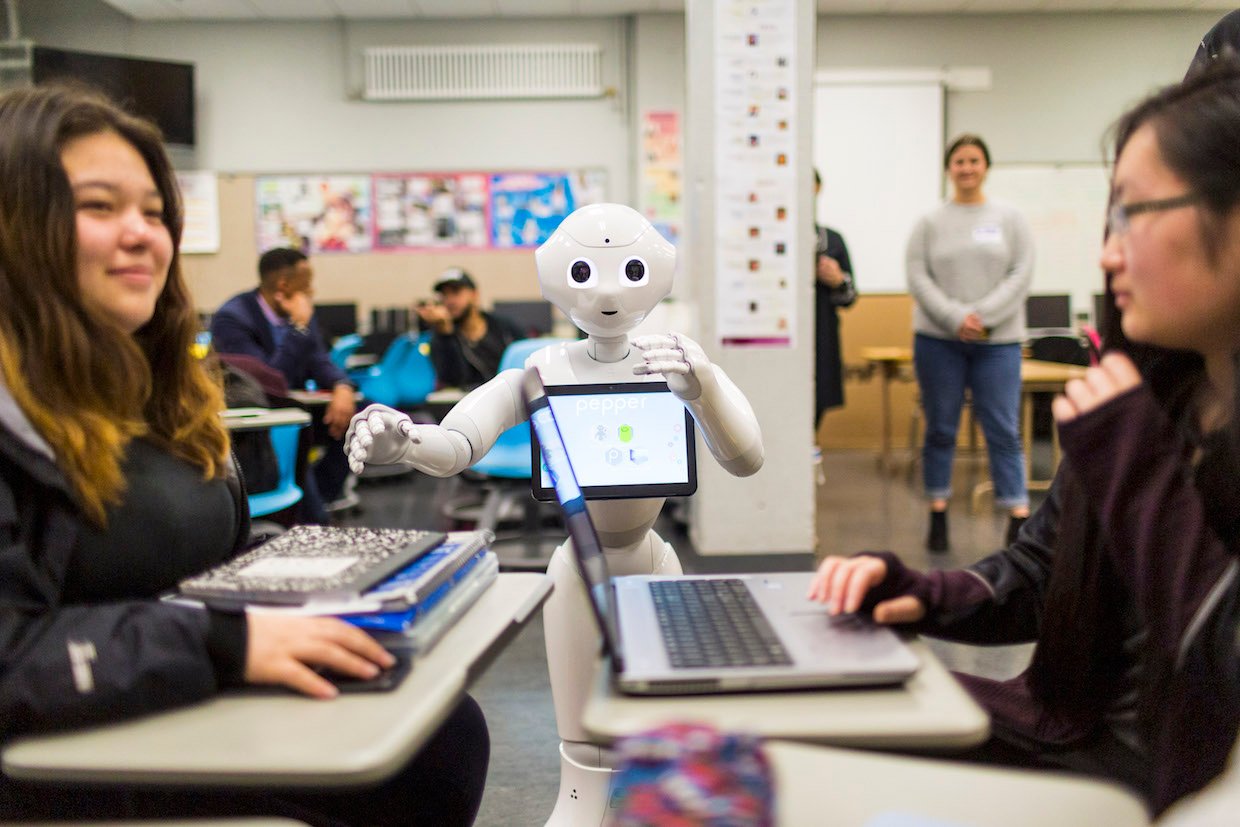 Image source: Softbank Robotics
Image source: Softbank Robotics
Whether it is creating a favorable learning environment or holding teacher-parent meetings, administrative and educational processes in universities, colleges, and schools are filled with a lot of paperwork and repetitive processes.
These processes consume a lot of resources and time, things that can be used in other areas to improve learning experiences. If you visit most universities around the globe, do not be surprised to find that they are largely understaffed.
The ratio of staff to students even gets worse in the peak season, meaning that a solution is needed as soon as possible. Fortunately, Robotic Process Automation (RPA) can help administrators and educators to automate processes and tasks in a bid to create a better working and learning environment.
- 0 Comments
- Jul 21, 2022 12:12:20 PM
- Posted by Natalia Galvis
- Topics: Robotics, EdTech, STEM, Artificial Intelligence, Robots,, AI, classroom, Inteligencia Artificial, school robots
Pursuing Education to Score a Robotics Career in Government
By Devin Partida
Because of today’s advanced technology, robots are the next big thing. Robots can help streamline processes and reduce human error, and a job in robotics can offer plenty of growth and a competitive salary.
If you are a robotics or STEM educator, here are some steps for helping students in their robotics career journey — especially if your students are interested in pursuing a robotics career within the government.
- 0 Comments
- Jul 20, 2022 8:42:42 AM
- Posted by Elad Inbar
- Topics: Robotics, EdTech, STEM, Artificial Intelligence, Robots,, AI, classroom, Inteligencia Artificial, school robots
How to Start a Robotics Club in Your School
By Carla Jose
Image Source: Pexels
So you’ve got a passion for robotics and you want to share it with your classmates? Or perhaps you’re an educator and you’re eager to introduce students to this rapidly expanding part of the tech sector. In either case, starting a club dedicated to the topic of robotics, including theoretical discussions as well as practical experiments, is a great way to fulfill your ambitions. So what’s the best way to go about this? Let’s look at the steps you’ll need to take.
- 0 Comments
- Jul 8, 2022 2:39:34 PM
- Posted by Elad Inbar
- Topics: Education, Edchat, funding, funds, schools, California, State Budget
California ranking dead last in public education spending is over thanks to the 2022-23 state budget
|
Dear Constituent: Good news: California ranking dead last in public education spending is over. Thanks to the 2022-23 state budget signed by Gov. Newsom last week, California could jump into the top 10 states nationwide for per pupil spending. For some perspective on how far we've come, as recently as 2011, California ranked 50th nationwide for per pupil spending on K-12 public schools. By last year, thanks to our voter-approved progressive tax system and responsible budgeting during the past decade, California had climbed to 19th. The 2022-23 state budget increases K-12 public education funding by a record 13% over last year, with the allocation for public K-12 schools and community colleges increasing by a record $37.2 billion. That's nearly triple the funding K-12 schools received in 2011. And each of our UC and CSU campuses will receive a 5% increase. Over the coming weeks, I will send you additional e-newsletters highlighting major aspects of this year's historic 2022-23 state budget. K-12 Education Budget Highlights
Higher Education Budget Highlights
As chair of the Senate's Budget and Fiscal Review Committee, it was my honor to work on this year's transformative budget. Please be on the look-out for future e-newsletters from me regarding other major aspects of the historic 2022-23 state budget. It is a privilege serving as your state Senator. Sincerely,
Nancy Skinner P.S. You can follow me on Facebook and Twitter for more updates from the Capitol and throughout Senate District 9. |
California Educators you can apply for funding!
For over a decade, RobotLAB is leading the Educational Robotics market with an innovative approach that makes Robotics and VR truly useful in the hands of educators! Check our products, connect wit us! Our team will guide you to select the best tool for your classroom!
- 0 Comments
- Jul 7, 2022 12:26:59 PM
- Posted by Elad Inbar
- Topics: Education, Edchat, funding, funds, schools, California, State Budget
How Educators and Millennial Parents Are Tackling EdTech Together
By Dan Matthews
 Photo by Julia M Cameron: https://www.pexels.com/photo/photo-of-woman-tutoring-young-boy-4145354/
Photo by Julia M Cameron: https://www.pexels.com/photo/photo-of-woman-tutoring-young-boy-4145354/
Let’s face it: Ours is truly the great age of technology. And while many parents may want their children to enjoy the simple innocence of childhood, free of the risks that an overreliance on tech can yield, the simple truth is that technology isn’t just a staple in the lives of children today, but it’s also inevitably going to form the cornerstone of their future success.
In other words, there’s just no denying the central importance of technology in the lives of children today. Millennial parents, however, understand perhaps better than most that this is by no means a necessarily bad thing. As the first generation of digital natives, millennials understand what it means to grow up with a device in your hands.
Best of all, they understand the unique power of technology as a learning tool. It is for this reason that millennial parents and educators are increasingly forging a potent alliance for the use of technology in education.
- 0 Comments
- Jun 29, 2022 10:00:00 AM
- Posted by Elad Inbar
- Topics: Robotics, EdTech, STEM, Artificial Intelligence, Robots,, Technology, AI, classroom, Inteligencia Artificial, school robots
6 Educational Grants That Could Let You Bring Robotics Into the Classroom
By Carla Jose
Image Source: Pexels
Robotics isn’t just a technology that’s suitable for manufacturing and other major industries; it also has applications in an education context. Of course robotics systems are not always affordable for the average school, college or university. So what grants and support schemes are out there which could bring high end systems within reach of average institutions?
- 0 Comments
- Jun 24, 2022 10:00:00 AM
- Posted by Elad Inbar
- Topics: Robotics, EdTech, STEM, Artificial Intelligence, Robots,, AI, classroom, Inteligencia Artificial, school robots
Hard & Soft Skills That Can Improve Your Robotics Education
By Devin Partida
There has never been a better time to pursue a career in robotics. The industry continues to grow every year in both value and size. To compete today, aspiring robotics engineers and professionals must have a comprehensive skill set. These hard and soft skills will improve your robotics education and help set you up for success in the robotics industry
- 0 Comments
- Jun 22, 2022 10:00:00 AM
- Posted by Elad Inbar
- Topics: Robotics, EdTech, STEM, Artificial Intelligence, Robots,, AI, classroom, Inteligencia Artificial, school robots
The Future Is Here: How Artificial Intelligence Can Improve Your Studies
By IvyPanda
Artificial intelligence has had an enormous impact on many aspects of our lives, including education. Even UNSECO has acknowledged it! In 2019, they’ve created the Beijing Consensus on Artificial Intelligence and Education, which includes recommendations on using such software in classrooms. As you can see, AI is here to stay.
- 0 Comments
- Jun 15, 2022 12:34:16 PM
- Posted by Elad Inbar
- Topics: EdTech, STEM, Artificial Intelligence, AI, Inteligencia Artificial
The Future of Medical Education Relies on AI & Robotics
By Devin Partida
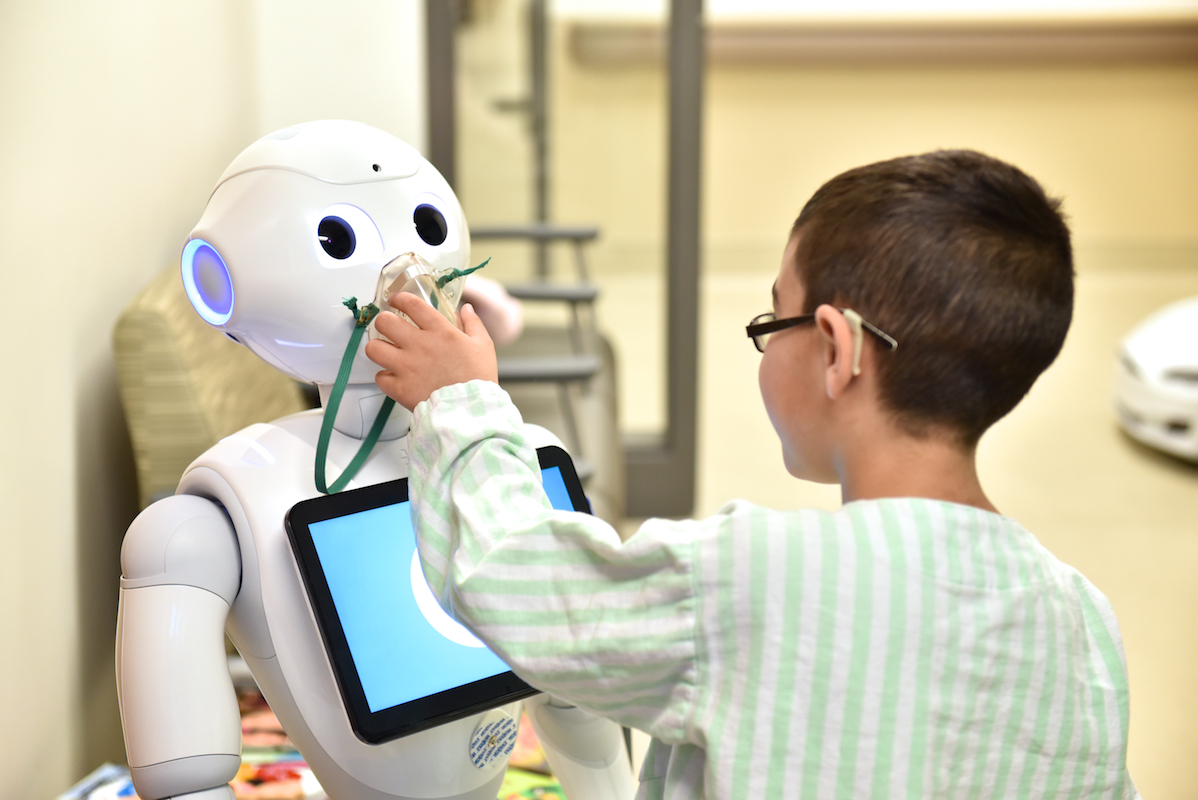
Medical education is not something obtained easily or quickly. Traditional medical education requires a four-year undergraduate program, a four-year graduate program in medical school, and a residency that can take anywhere from three to seven years, not to mention the tests necessary to practice medicine in the state they live in. Everything from basic treatments to delicate surgeries requires practice.
While some of these procedures can be practiced on cadavers or dummies, the best education comes from hands-on experience. However, these experiences aren’t always available. How can we ensure the next generation of medical professionals has the training and education to care for future patients? What role will artificial intelligence (AI) and robotics play in the future of medical education?
- 0 Comments
- May 20, 2022 10:30:00 AM
- Posted by Elad Inbar
- Topics: EdTech, STEM, Awards, Expeditions, VR, Realidad Virtual, Google Expeditions, Virtual Reality, virtual learning, Expeditions 2.0
5 Innovative Skills Children Get With Robotics
By Nancy Howard
Robotics is already used by schools all around the world. Machines such as RobotLAB’s Pepper Robot are the primary examples of what robotics ideally looks like in practice and how it can be applied in different activities.
Indeed, children find robots interesting and programming them entertaining. Robot kits like Lego Mindstorms have become popular precisely for those reasons. But why exactly should children be taught robotics? Here are the five innovative skills children can get with robotics.
- 0 Comments
- Apr 15, 2022 1:03:13 PM
- Posted by Elad Inbar
- Topics: EdTech, STEM, Awards, Expeditions, VR, Realidad Virtual, Google Expeditions, Virtual Reality, virtual learning, Expeditions 2.0
VR Expeditions 2.0 is The 2022 Cool Tool Winner by The EdTech Awards Under the AR/VR Solution Category!
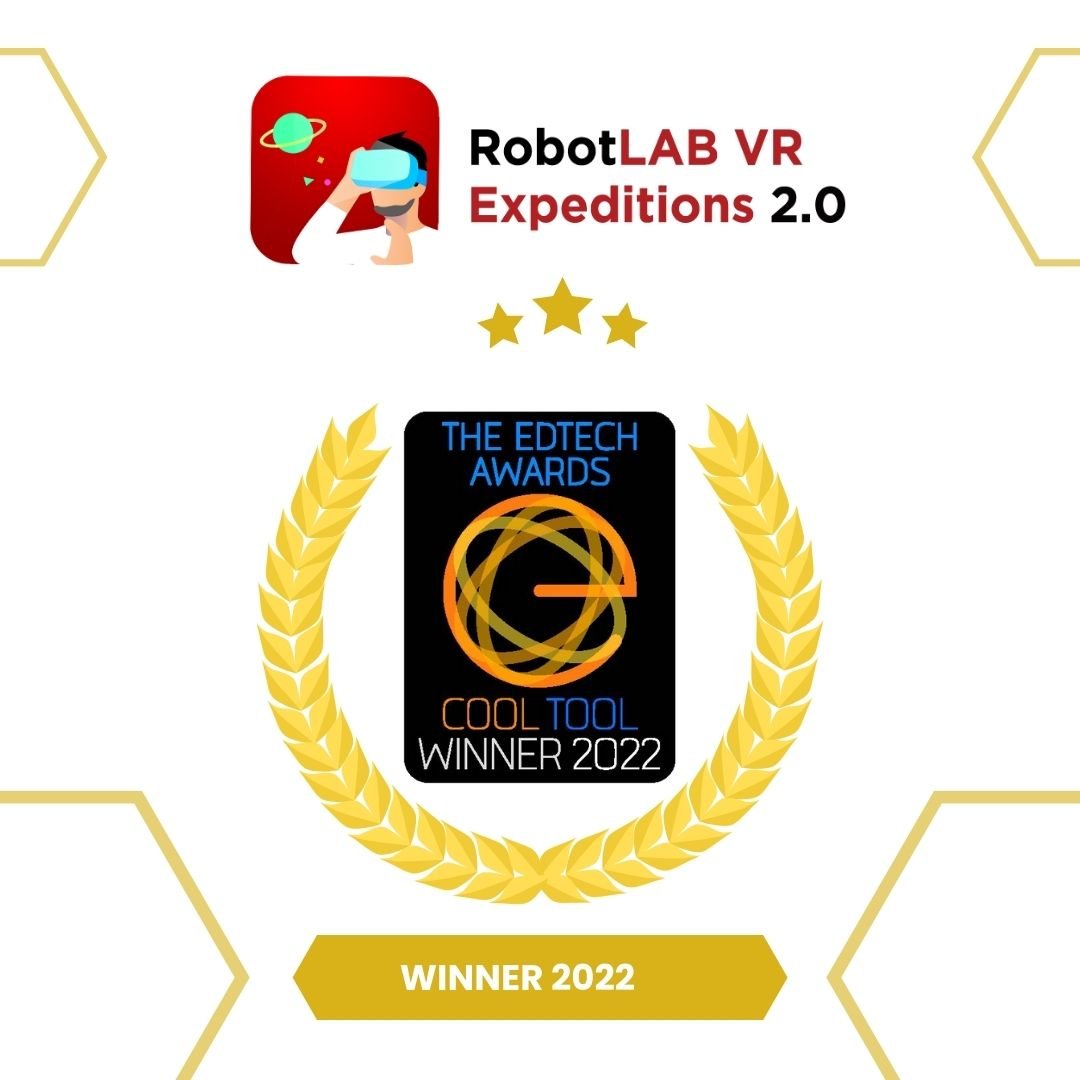
.png?width=1380&name=image%20(9).png)
RobotLAB is so excited to announce that the VR Expeditions 2.0 app is the Cool Tool 2022 winner by the EdTech Awards under the AR/VR solution category!
RobotLAB VR Expeditions 2.0™ is inspired by the great work Google did, and following feedback from thousands of educators, RobotLAB created a VR tool tailored to educators’ needs.
- 1 Comments
- Mar 31, 2022 1:33:09 PM
- Posted by Elad Inbar
- Topics: EdTech, STEM, Awards, Expeditions, VR, Realidad Virtual, Google Expeditions, Virtual Reality, virtual learning, Expeditions 2.0
Integrating Robotics into Health Sciences Courses
By Dan Matthews
 Image Source: www.unsplash.com
Image Source: www.unsplash.com
The marriage between health science and technology has been a long and happy one. However, that union has perhaps never been more important than it is today. Now, more than ever, state-of-the-art technologies, from bioengineering to artificial intelligence (AI), are playing a leading role in optimizing patient care, supporting healthcare providers, and expanding the scope of medical knowledge.
Among the most significant and promising of these technologies in the domain of health, sciences are robotics.
These technologies are not only increasingly being used in clinics, hospitals, and operating rooms, but also in health sciences classrooms at every level, including primary, secondary, and post-secondary education. This article explores the reasons why you should begin integrating robotics into your health sciences courses and identifies key strategies for doing so.
- 0 Comments
- Mar 14, 2022 10:00:00 AM
- Posted by Maria Alejandra Calcetero
- Topics: Robotics, EdTech, STEM, Education, code, 21st Century Classroom, Special Education, Artificial Intelligence, data literacy, Coding, Robots,, students, programming, Technology, VR, Realidad Virtual, STEMchat, Edchat, AI, k12, Virtual Reality, virtual learning, classroom, Inteligencia Artificial, Literacy, STEM literacy
Why Tech in Education Must Become More Accessible
By Dan Matthews
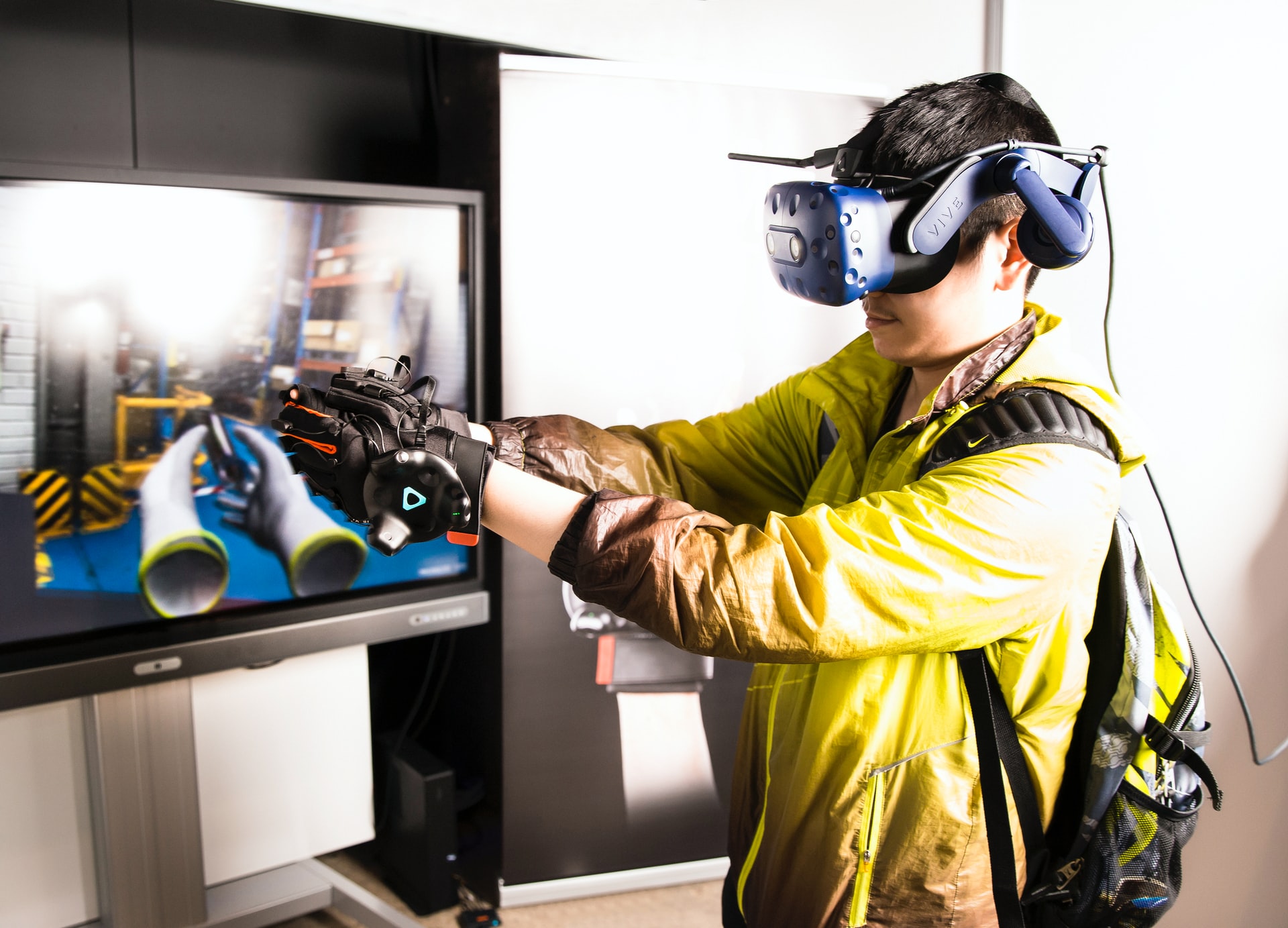
All children deserve the right to be set up for success, and one of the ways children are prepared to do their best in school is based on their access to technology. Technology is a great equalizer for all children, and all children can become better learners through the use of technology — especially children with disabilities. Despite this benefit of technology in the classroom, however, not all technology is accessible to all children. How can parents and educators ensure all students, no matter their ability, receive the best education they can?
- 0 Comments
- Feb 24, 2022 10:00:00 AM
- Posted by Maria Alejandra Calcetero
- Topics: Robotics, EdTech, STEM, Education, code, 21st Century Classroom, Special Education, Artificial Intelligence, data literacy, Coding, Robots,, students, programming, Technology, VR, Realidad Virtual, STEMchat, Edchat, AI, k12, Virtual Reality, virtual learning, classroom, Inteligencia Artificial, Literacy, STEM literacy
Fostering Healthy Coping Skills in STEM Education
By Dan Matthews
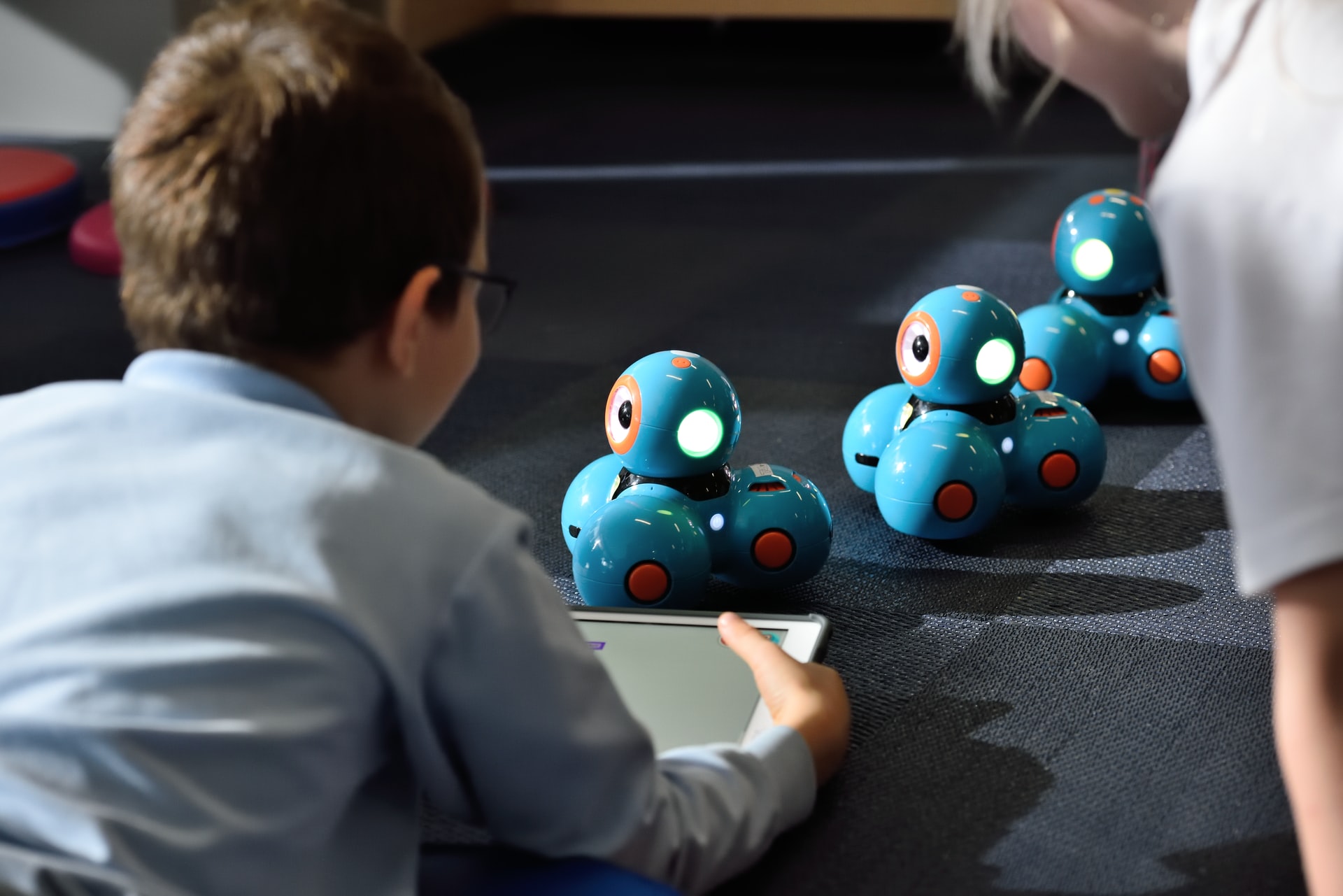
Solid STEM education is perhaps one of the best gifts parents and teachers can give students, equipping them today with the tools they will need to fill some of the most lucrative and in-demand jobs of tomorrow. But although STEM learning has so much to offer, many children, teens, and college students often avoid science and technology curricula due to the inherent rigor of such programs.
- 0 Comments
- Feb 16, 2022 10:00:00 AM
- Posted by Maria Alejandra Calcetero
- Topics: Robotics, EdTech, STEM, Education, code, 21st Century Classroom, Special Education, Artificial Intelligence, data literacy, Coding, Robots,, students, programming, Technology, VR, Realidad Virtual, STEMchat, Edchat, AI, k12, Virtual Reality, virtual learning, classroom, Inteligencia Artificial, Literacy, STEM literacy
The Necessity of Robotics Classes for Schools
By Dora Miller.
Robots are exciting to play tools for children and young adults. What if students learned how to make robots? Would robotics make it easy to handle STEM? Would the robots make other concepts easier to understand?
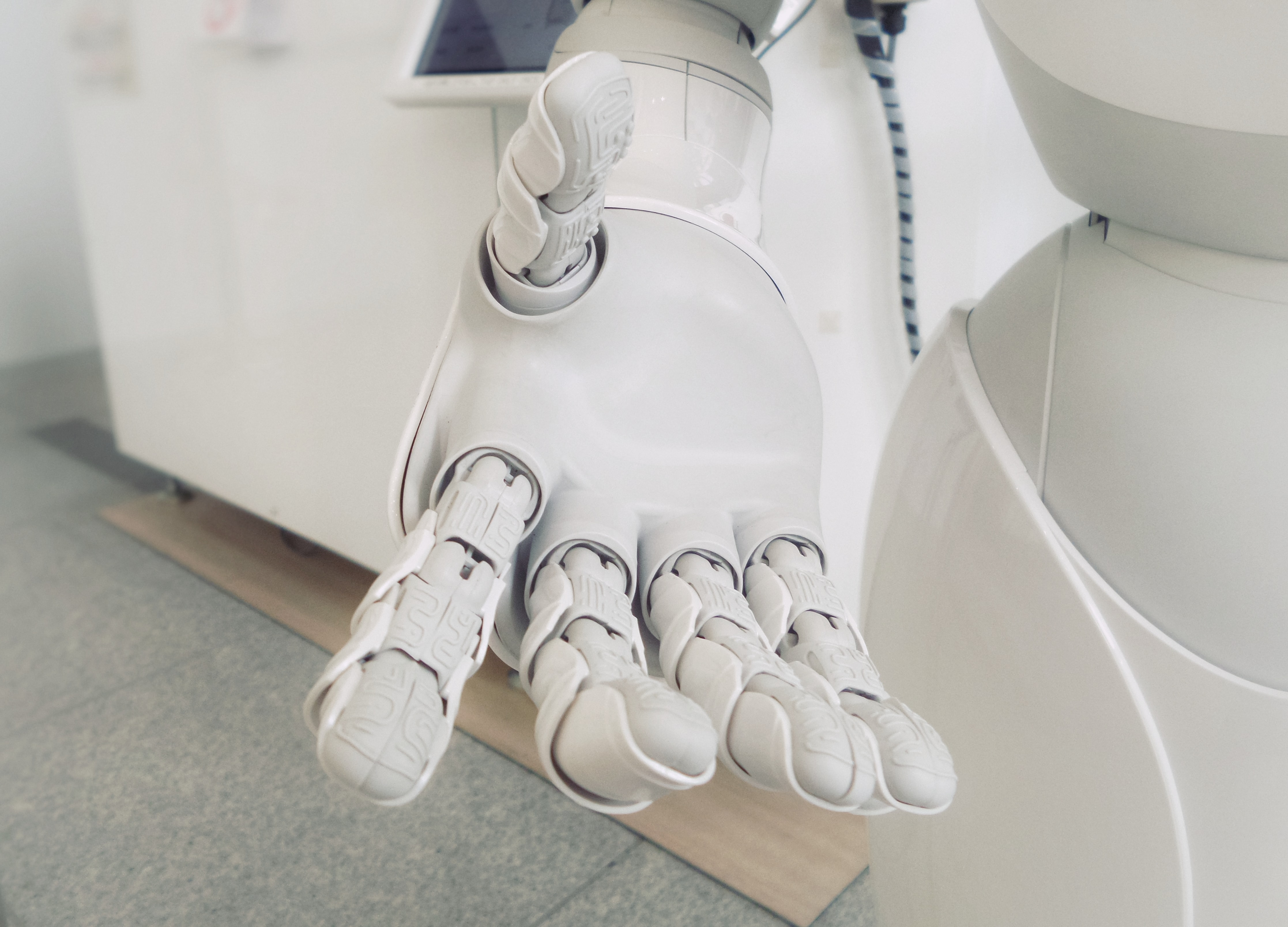
- 0 Comments
- Feb 9, 2022 10:00:00 AM
- Posted by Maria Alejandra Calcetero
- Topics: Robotics, EdTech, STEM, Education, code, 21st Century Classroom, Special Education, Artificial Intelligence, data literacy, Coding, Robots,, students, programming, Technology, VR, Realidad Virtual, STEMchat, Edchat, AI, k12, Virtual Reality, virtual learning, classroom, Inteligencia Artificial, Literacy, STEM literacy
What are the Advantages of VR in a Technical Classroom?
By Shannon Flynn
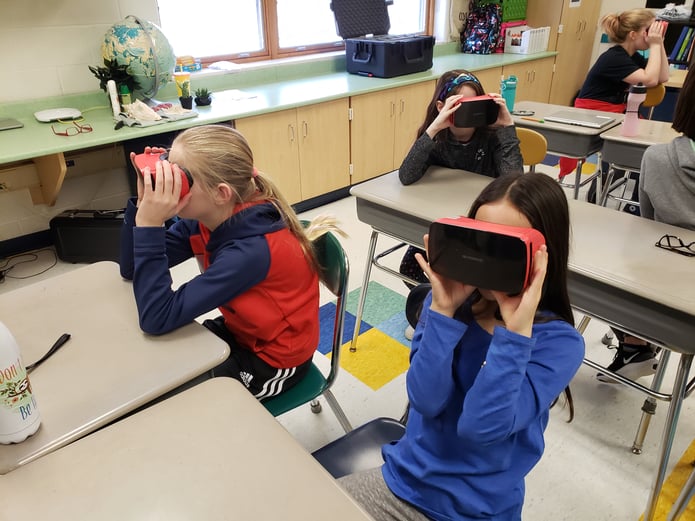
(Street Boro City Schools students in a class using VR)
While virtual reality (VR) is still a developing technology, many industries worldwide are looking into the potential benefits of using it in their operations. From manufacturing to retail, VR can be a transformative piece of tech that intertwines digital and physical realities.
Another sector investigating the advantages of VR is education. For most people, the concept of VR is complex and futuristic. However, it’s rapidly evolving, and it will likely be commonplace in daily life. Statista reports that the VR market size will increase to more than $12 billion by 2024.
Below is more information about VR, the benefits of using VR in a technical classroom, and details regarding VR Expeditions 2.0.
- 0 Comments
- Feb 8, 2022 10:00:00 AM
- Posted by Maria Alejandra Calcetero
- Topics: Robotics, EdTech, STEM, Education, code, 21st Century Classroom, Special Education, Artificial Intelligence, data literacy, Coding, Robots,, students, programming, Technology, VR, Realidad Virtual, STEMchat, Edchat, AI, k12, Virtual Reality, virtual learning, classroom, Inteligencia Artificial, Literacy, STEM literacy
VR Expeditions 2.0 was improved, Get your free upgrade today!⏫
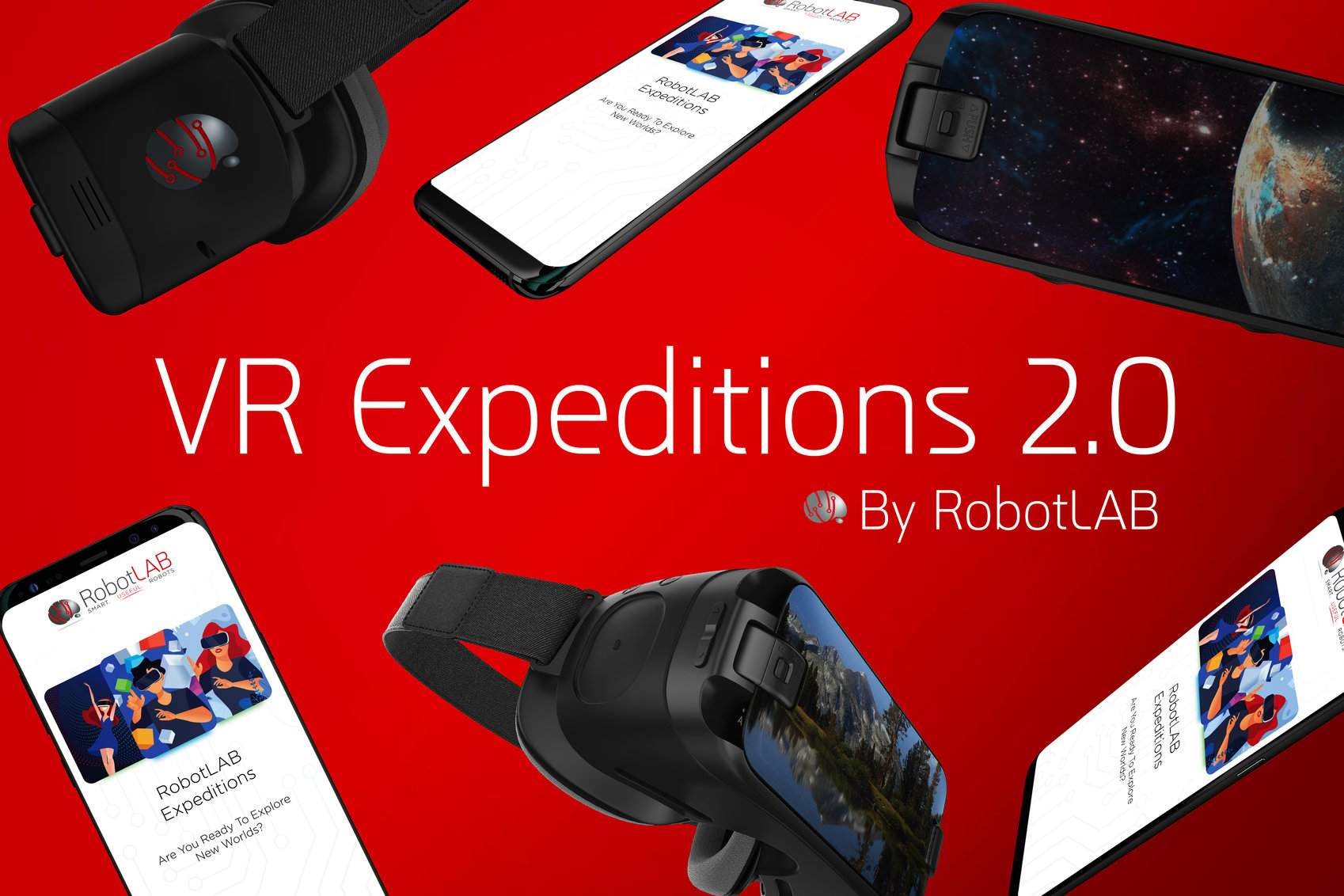
We are excited to share with you a set of new features for VR Expeditions 2.0! and we can't wait for you to try them! Here are the most important ones that will make your and your students' VR experience much better!
- 0 Comments
- Jan 31, 2022 2:02:37 PM
- Posted by Maria Alejandra Calcetero
- Topics: Robotics, EdTech, STEM, Education, code, 21st Century Classroom, Special Education, Artificial Intelligence, data literacy, Coding, Robots,, students, programming, Technology, VR, Realidad Virtual, STEMchat, Edchat, AI, k12, Virtual Reality, virtual learning, classroom, Inteligencia Artificial, Literacy, STEM literacy
How EdTech Will Change The Future Of Learning In 2022
By Nancy Howard
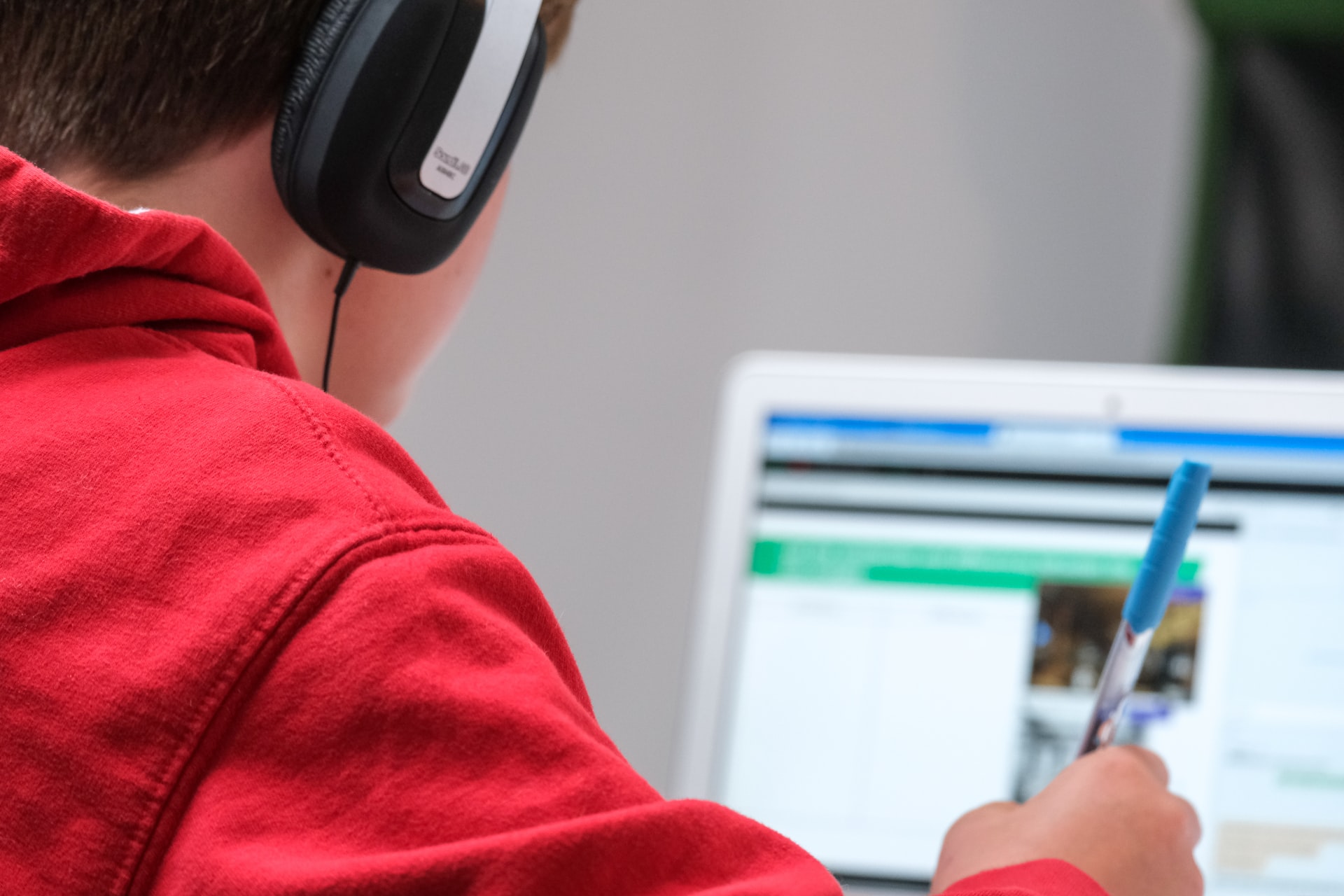
With the rapid development of AI and tech as a whole, it’s no wonder that EdTech is becoming more common every day. Not only is it being used by educational institutions, but it’s also transitioning into our daily lives while businesses are starting to use it in their own employee training. Hence, here’s how EdTech will change the future of learning in 2022.
- 1 Comments
- Jan 27, 2022 10:15:00 AM
- Posted by Maria Alejandra Calcetero
- Topics: Robotics, EdTech, STEM, Education, code, 21st Century Classroom, Special Education, Artificial Intelligence, data literacy, Coding, Robots,, students, programming, Technology, VR, Realidad Virtual, STEMchat, Edchat, AI, k12, Virtual Reality, virtual learning, classroom, Inteligencia Artificial, Literacy, STEM literacy
Check these Educational STEM funding opportunities!
There are multitudes of STEM grants you can apply for. You should carefully consider all possible funding sources when searching for money to pay for your newest classroom innovation. Here are some STEM funding options.
- 0 Comments
- Jan 25, 2022 2:35:45 PM
- Posted by Maria Alejandra Calcetero
- Topics: Robotics, EdTech, STEM, Education, code, 21st Century Classroom, Special Education, Artificial Intelligence, data literacy, Coding, Robots,, students, programming, Technology, VR, Realidad Virtual, STEMchat, Edchat, AI, k12, Virtual Reality, virtual learning, classroom, Inteligencia Artificial, Literacy, STEM literacy
6 STEM Role Models for Girls
By Devin Partida
 Image source: https://unsplash.com/
Image source: https://unsplash.com/
There’s no denying that STEM fields lack diversity. For example, engineering and computer science, two of the most lucrative fields, remain male-dominated. According to the American Association of University Women (AAUW), 21% of engineering college students and 19% of computer science majors are female.
Many organizations, colleges, and universities are trying to address these gaps through various educational measures. This comes at a time when emerging technologies are being widely used across multiple industries, and more women are needed to pursue these fields to meet job demand.
One study found that role-model intervention had positive and significant effects on female respondents. A study from The Lyda Hill Foundation & The Geena Davis Institute on Gender and Media reports that more women, especially Asian-American and Latinx women, have entered STEM fields since the late 1990s, but the statistics remain low.
Here are some female STEM professionals that can serve as role models.
- 0 Comments
- Jan 20, 2022 10:00:00 AM
- Posted by Maria Alejandra Calcetero
- Topics: Robotics, EdTech, STEM, Education, code, 21st Century Classroom, Special Education, Artificial Intelligence, data literacy, Coding, Robots,, students, programming, Technology, VR, Realidad Virtual, STEMchat, Edchat, AI, k12, Virtual Reality, virtual learning, classroom, Inteligencia Artificial, Literacy, STEM literacy
Misty Robotics was acquired by Furhat Robotics company and RobotLAB will continue supporting customers.
Furhat Robotics has acquired US-based social robotics company Misty Robotics. The acquisition also means that Furhat Robotics has now expanded operations to the US market. Both the Furhat and Misty robots will continue to be on the market (initially under different brands and websites), and over time during this year integrated under the same brand with a strong vision and the strength of a new team.
The companies claim they are operating from a “unified vision”, and say that Furhat Robotics will continue to support the Misty Robotics brand, helping develop and expand the product range, as well as integrating Furhat and Misty features to enhance future social robots.
RobotLAB, as a platform-agnostic company is here to support our customers regardless of the ownership of the manufacturing company. Our commitment is to guide, troubleshoot and offer the last updates about Furhat and Misty!
The Furhat team suggests that its own product — a robot with a rear-projected animated face on it — is great for social robots that need to have an adult personality, such as airports, train stations, or medical applications. What Misty adds to the mix is something that is far more extensible, and can be more expressive with its little arms and facial expression. Nonetheless, the Furhat team explains that while the two robots look very different, they have a lot in common, as well.
Find the entire article here
Learn more about About Furhat and Misty robots with RobotLAB
- 0 Comments
- Jan 18, 2022 3:32:34 PM
- Posted by Maria Alejandra Calcetero
- Topics: Robotics, EdTech, STEM, Education, code, 21st Century Classroom, Special Education, Artificial Intelligence, data literacy, Coding, Robots,, students, programming, Technology, VR, Realidad Virtual, STEMchat, Edchat, AI, k12, Virtual Reality, virtual learning, classroom, Inteligencia Artificial, Literacy, STEM literacy
Why Practical Application is Essential in Teaching STEM
By Dan Matthews
Teaching in a STEM environment is tricky. No matter how hard you try, it always seems as though some students just can’t resonate with the learning material, or have had so many negative experiences with STEM in other classrooms that they’re unwilling to try due to fear of failure or embarrassment.
This is a problem for society, as well as teachers. Many of the social issues we face require STEM-oriented solutions, yet our education system consistently produces students who feel alienated from STEM subjects, and 52% of students report that it’s too difficult.
In reality, these students probably can achieve great things in STEM fields — they just didn’t connect with the subject matter at school. As a teacher, you can overcome this by foregrounding practical application in the classroom. This will help recapture the imagination of alienated or undermotivated students and will help lift the mood in the room.
- 2 Comments
- Jan 18, 2022 10:00:00 AM
- Posted by Maria Alejandra Calcetero
- Topics: Robotics, EdTech, STEM, Education, code, 21st Century Classroom, Special Education, Artificial Intelligence, data literacy, Coding, Robots,, students, programming, Technology, VR, Realidad Virtual, STEMchat, Edchat, AI, k12, Virtual Reality, virtual learning, classroom, Inteligencia Artificial, Literacy, STEM literacy
The Evolution of Robotic Dogs: Where Is Cyber Fido Headed Next?

Robots have been a point of fascination and study for centuries as researchers and inventors have sought to explore the potential for automated technology. While there’s a long history of the development and creation of autonomous machines, mobile, quadrupedal robots — or four-legged robotic dogs — have seen a significant boom in the last few decades.
- 0 Comments
- Jan 14, 2022 10:00:00 AM
- Posted by Maria Alejandra Calcetero
- Topics: Robotics, EdTech, STEM, Education, code, 21st Century Classroom, Special Education, Artificial Intelligence, data literacy, Coding, Robots,, students, programming, Technology, VR, Realidad Virtual, STEMchat, Edchat, AI, k12, Virtual Reality, virtual learning, classroom, Inteligencia Artificial, Literacy, STEM literacy
How Artificial Intelligence is Transforming the Future of Education
-jpg.jpeg?width=1920&name=possessed-photography-jIBMSMs4_kA-unsplash%20(002)-jpg.jpeg) By Unsplash
By Unsplash
Education is heavily reliant on the use of artificial intelligence (AI) and machine learning. Schools have been forced to adapt or face the consequences.
- 0 Comments
- Jan 5, 2022 10:00:00 AM
- Posted by Maria Alejandra Calcetero
- Topics: Robotics, EdTech, STEM, Education, code, 21st Century Classroom, Special Education, Artificial Intelligence, data literacy, Coding, Robots,, students, programming, Technology, VR, Realidad Virtual, STEMchat, Edchat, AI, k12, Virtual Reality, virtual learning, classroom, Inteligencia Artificial, Literacy, STEM literacy
5 Learning Strategies That are Here to Stay
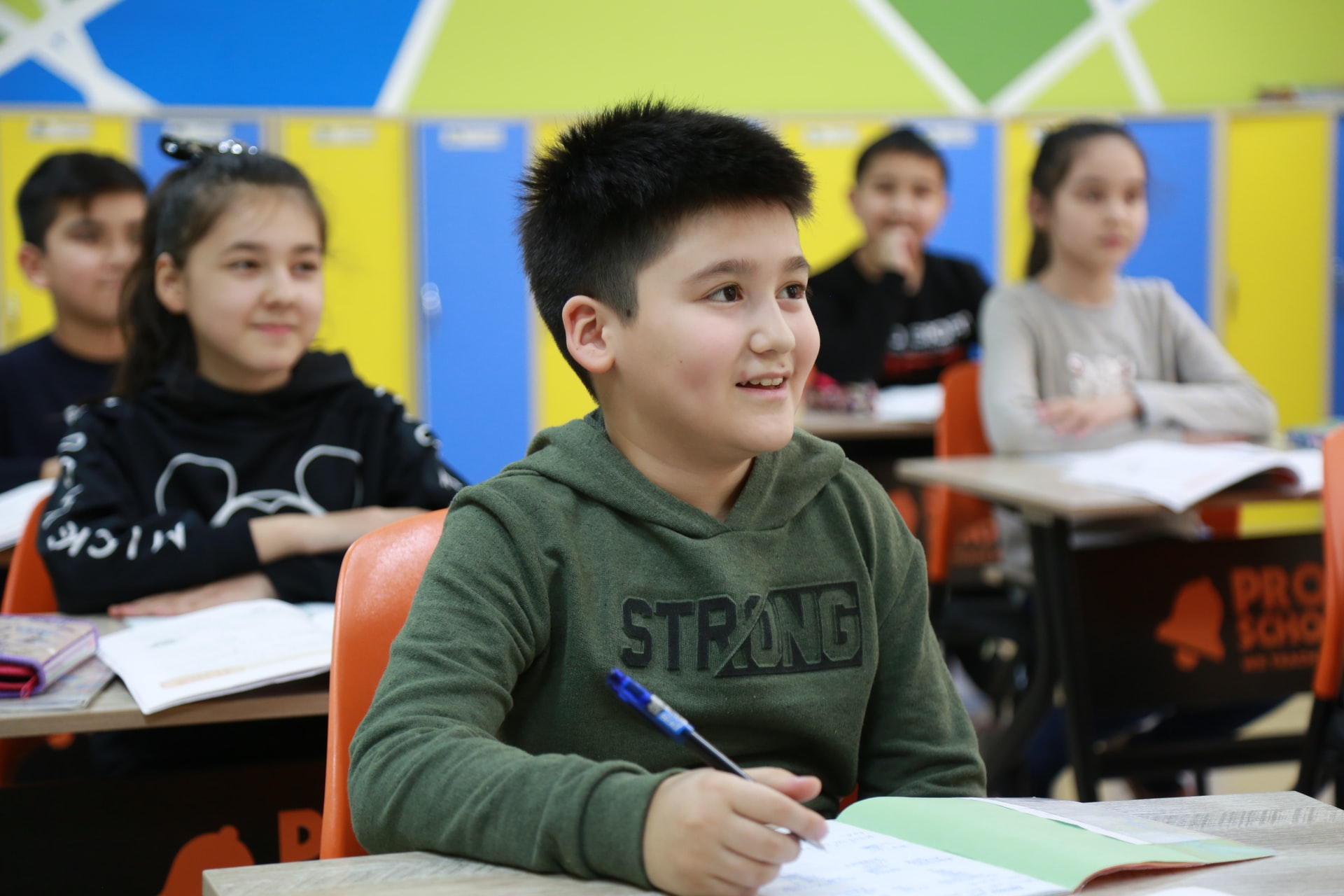
Top 10 of 2021: The pandemic threw the educational environment into chaos, but 15 months into it, it’s becoming clear that some of the pivots are here to stay.
- 0 Comments
- Jan 4, 2022 10:00:00 AM
- Posted by Maria Alejandra Calcetero
- Topics: Robotics, EdTech, STEM, Education, code, 21st Century Classroom, Special Education, Artificial Intelligence, data literacy, Coding, Robots,, students, programming, Technology, VR, Realidad Virtual, STEMchat, Edchat, AI, k12, Virtual Reality, virtual learning, classroom, Inteligencia Artificial, Literacy, STEM literacy
6 reasons to use EdTech tools to save valuable classroom time.
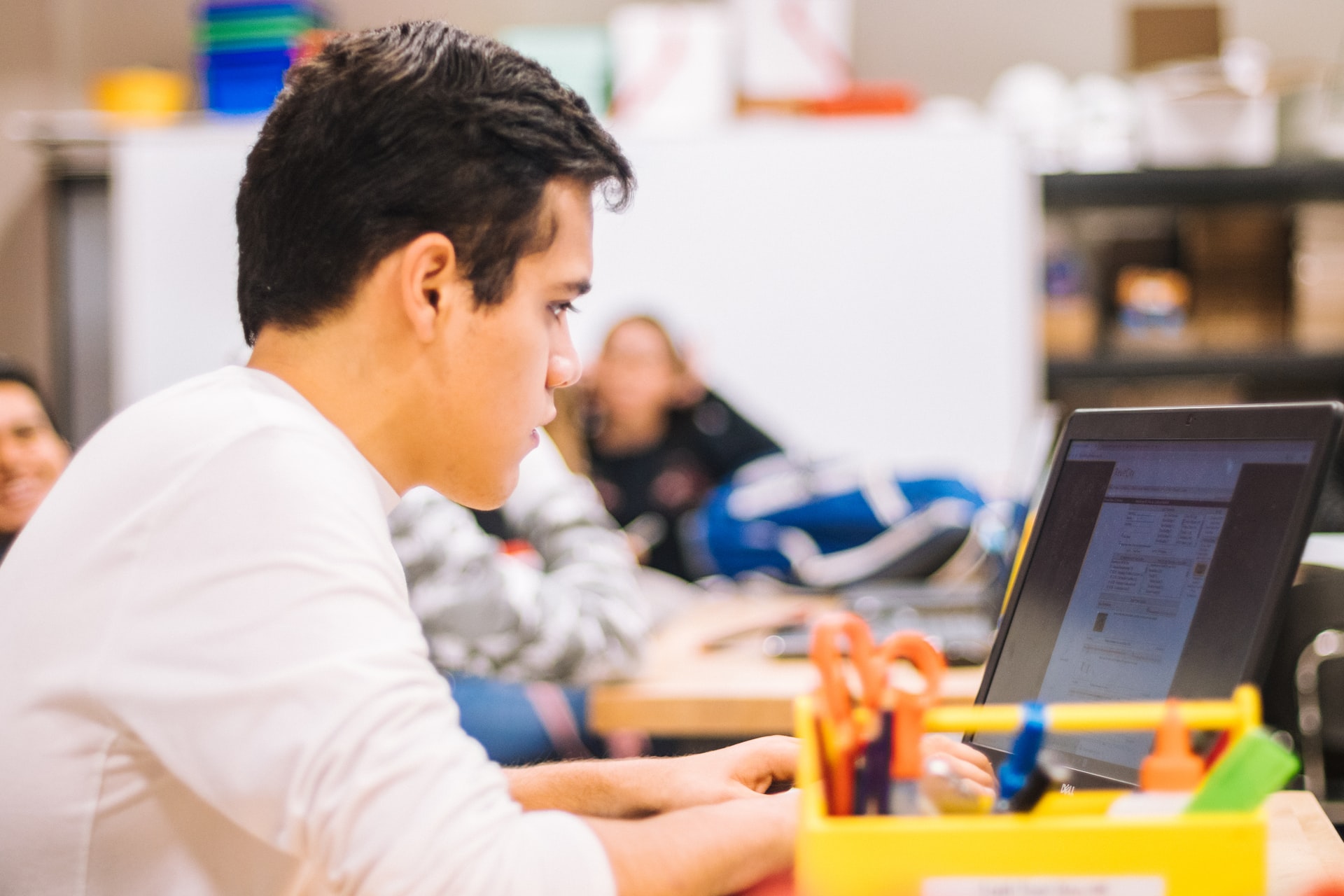 Photo by www.unsplash.com
Photo by www.unsplash.com
Edtech tools can prove invaluable to teachers who have limited time to juggle planning, teaching, and grading.
- 0 Comments
- Dec 30, 2021 10:00:00 AM
- Posted by Maria Alejandra Calcetero
- Topics: Robotics, EdTech, STEM, Education, code, 21st Century Classroom, Special Education, Artificial Intelligence, data literacy, Coding, Robots,, students, programming, Technology, VR, Realidad Virtual, STEMchat, Edchat, AI, k12, Virtual Reality, virtual learning, classroom, Inteligencia Artificial, Literacy, STEM literacy
Why Learn to Code? The Surprisingly Broad Benefits of Coding

It wasn’t long ago that coding was seen by many as an odd hobby for geeks tinkering with computers in their basements. But over the past several years, coding has progressed from a hobby to a critical career skill. Even better for those hobbyists? Employers have shown a willingness to pay a premium for the work of employees with coding and programming ability.
Knowing this, you might be wondering if coding is something you should consider. But there are still a lot of questions to be answered. How long does it take to learn to code? Why should I learn to code? We asked professionals from a wide variety of careers to help answer your questions and share their thoughts on the benefits of learning to code. Whether you’re a marketer, a mom, a business owner, or just curious about the craft, we’re ready to convince you why coding is an important skill worth adding to your toolbox.
- 1 Comments
- Dec 28, 2021 10:00:00 AM
- Posted by Maria Alejandra Calcetero
- Topics: Robotics, EdTech, STEM, Education, code, 21st Century Classroom, Special Education, Artificial Intelligence, data literacy, Coding, Robots,, students, programming, Technology, VR, Realidad Virtual, STEMchat, Edchat, AI, k12, Virtual Reality, virtual learning, classroom, Inteligencia Artificial, Literacy, STEM literacy
7 Benefits of STEM Education
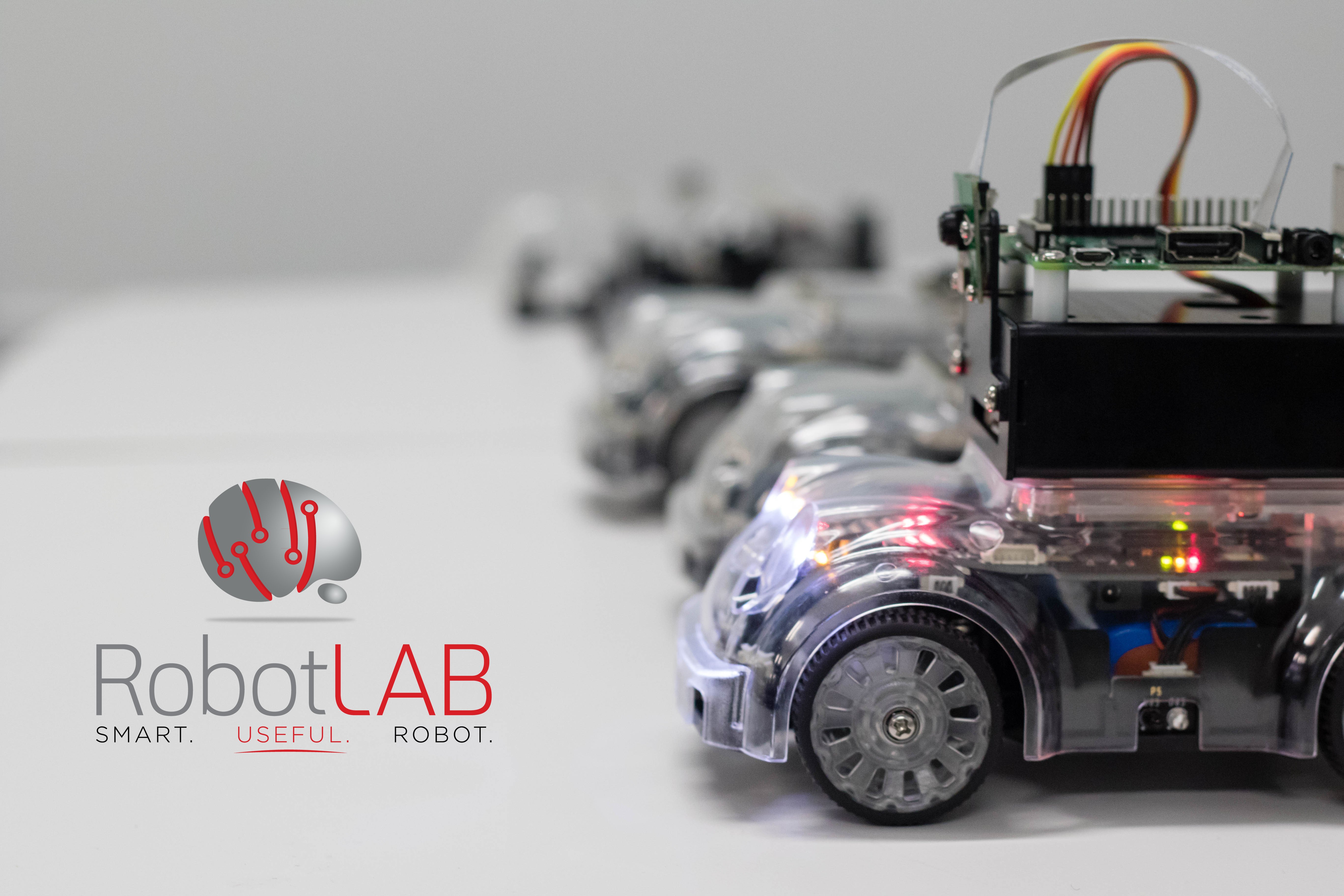
- 0 Comments
- Dec 27, 2021 10:00:00 AM
- Posted by Maria Alejandra Calcetero
- Topics: Robotics, EdTech, STEM, Education, code, 21st Century Classroom, Special Education, Artificial Intelligence, data literacy, Coding, Robots,, students, programming, Technology, VR, Realidad Virtual, STEMchat, Edchat, AI, k12, Virtual Reality, virtual learning, classroom, Inteligencia Artificial, Literacy, STEM literacy
The Biggest Takeaways For The Post-Pandemic Future of Education
By Lisa O’Masta, President, Learning A-Z
 Lessons learned over the course of the pandemic have highlighted ways that schools and districts can best support teachers and students.
Lessons learned over the course of the pandemic have highlighted ways that schools and districts can best support teachers and students.
- 0 Comments
- Dec 17, 2021 10:00:00 AM
- Posted by Maria Alejandra Calcetero
- Topics: Robotics, EdTech, STEM, Education, code, 21st Century Classroom, Special Education, Artificial Intelligence, data literacy, Coding, Robots,, students, programming, Technology, VR, Realidad Virtual, STEMchat, Edchat, AI, k12, Virtual Reality, virtual learning, classroom, Inteligencia Artificial, Literacy, STEM literacy
Using Gamification to Ignite Student Learning
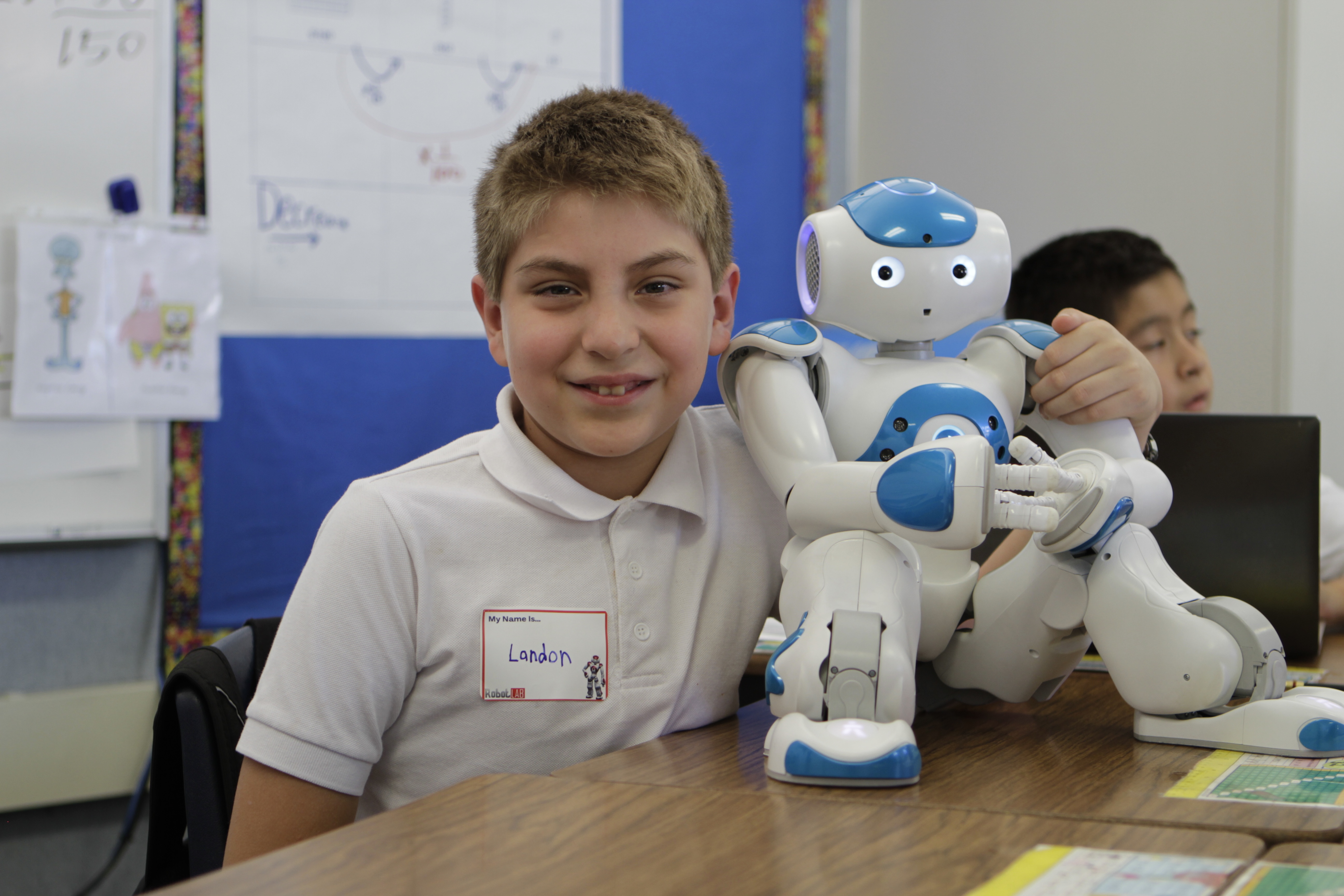
Gamification taps into the power of non-competitive play and students’ desire to improve their skills.
- 0 Comments
- Dec 16, 2021 10:00:00 AM
- Posted by Maria Alejandra Calcetero
- Topics: Robotics, EdTech, STEM, Education, code, 21st Century Classroom, Special Education, Artificial Intelligence, data literacy, Coding, Robots,, students, programming, Technology, VR, Realidad Virtual, STEMchat, Edchat, AI, k12, Virtual Reality, virtual learning, classroom, Inteligencia Artificial, Literacy, STEM literacy
The Power in STEM Internships
By Dan Matthews
 Photo by Jeswin Thomas on Unsplash
Photo by Jeswin Thomas on Unsplash
As students move into science, technology, engineering, and math (STEM) higher education, it’s important to understand their learning experiences need to be more diverse. STEM internships are a good tool in this regard. When students can make connections with industries, mentors, and practices this can boost the outcomes of their education in a variety of areas. As their course tutor, you have a role to play in facilitating and supporting these internships while they’re still at school.
We’re going to review why STEM internships can be a powerful tool, along with some of the ways you can help set your students on a positive path.
- 0 Comments
- Dec 15, 2021 10:00:00 AM
- Posted by Maria Alejandra Calcetero
- Topics: Robotics, EdTech, STEM, Education, code, 21st Century Classroom, Special Education, Artificial Intelligence, data literacy, Coding, Robots,, students, programming, Technology, VR, Realidad Virtual, STEMchat, Edchat, AI, k12, Virtual Reality, virtual learning, classroom, Inteligencia Artificial, Literacy, STEM literacy
Teaching Data Visualization to STEM Students
By Devin Partida
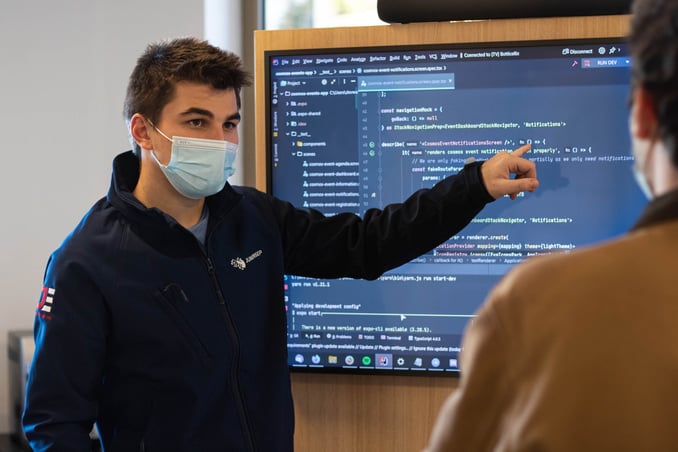
There’s no denying that our world is becoming more data-driven, and trying to teach young students the importance of understanding critical information is more important than ever before.
Aside from building critical thinking skills, students can benefit from STEM topics (science, technology, math, and engineering), which rely heavily on data and analytics. Setting kids up for success early on in their academic careers is vital.
K-12 educators have their work cut out for them trying to teach their students about data visualization. Here’s why it’s important to teach young students and some tips for teachers who need to cover this in their classrooms.
- 0 Comments
- Dec 14, 2021 10:00:00 AM
- Posted by Maria Alejandra Calcetero
- Topics: Robotics, EdTech, STEM, Education, code, 21st Century Classroom, Special Education, Artificial Intelligence, data literacy, Coding, Robots,, students, programming, Technology, VR, Realidad Virtual, STEMchat, Edchat, AI, k12, Virtual Reality, virtual learning, classroom, Inteligencia Artificial, Literacy, STEM literacy
Are Robots a Real Threat to Teachers in the Future?
By Tiffany Harper
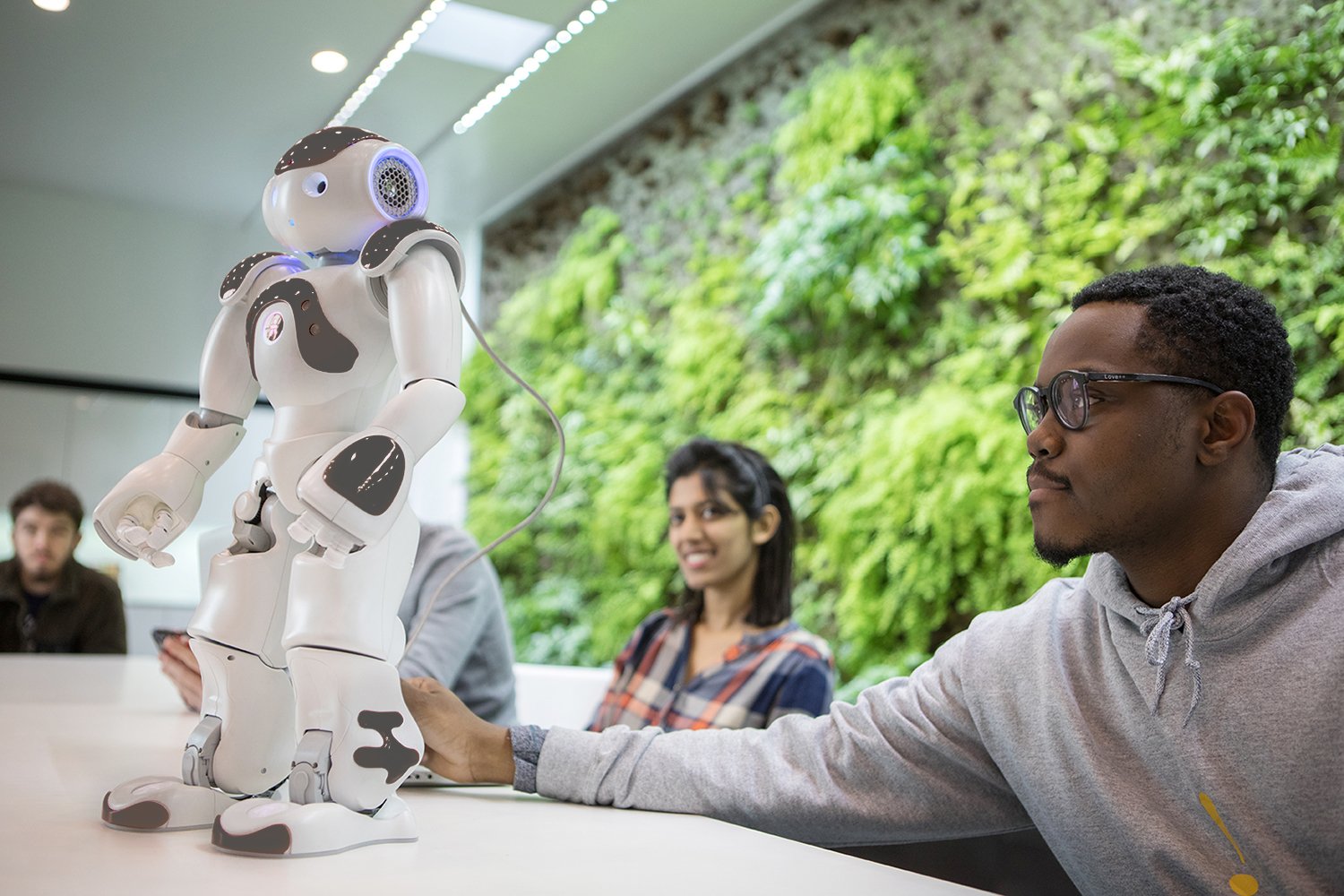
People have long been fascinated by how robots work. And as technology is improving, it also offers new development opportunities for the robotics industry. There are already robots that are considered the future of logistics, while others are used to welcome and greet patients at many hospitals.
But according to reliable services, robots could make their entry into the educational domain too. And this is because the field of artificial intelligence is so deeply intertwined with that of robotics. Even though many educators and teachers do not see this as a plausible option, recent studies and technological advancements contradict this view.
The more the technology is advancing, the greater support it can offer to teachers and educators around the world. But can robots be good teachers? One can’t help but admit that human touch is always needed in the relationship between teachers and students. But can robots come with this human touch? Can they be great teachers?
- 0 Comments
- Dec 1, 2021 10:00:00 AM
- Posted by Maria Alejandra Calcetero
- Topics: Robotics, EdTech, STEM, Education, code, 21st Century Classroom, Special Education, Artificial Intelligence, data literacy, Coding, Robots,, students, programming, Technology, VR, Realidad Virtual, STEMchat, Edchat, AI, k12, Virtual Reality, virtual learning, classroom, Inteligencia Artificial, Literacy, STEM literacy
4 Ways a STEAM-centered Curriculum is Critical to Youth Education
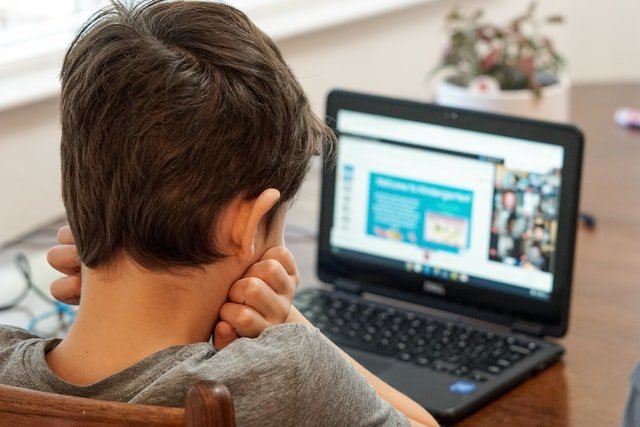
Purposefully designing STEAM programming can make fields such as computing, AI, and space exploration interesting and approachable for youth.
- 0 Comments
- Nov 30, 2021 10:00:00 AM
- Posted by Maria Alejandra Calcetero
- Topics: Robotics, EdTech, STEM, Education, code, 21st Century Classroom, Special Education, Artificial Intelligence, data literacy, Coding, Robots,, students, programming, Technology, VR, Realidad Virtual, STEMchat, Edchat, AI, k12, Virtual Reality, virtual learning, classroom, Inteligencia Artificial, Literacy, STEM literacy
Importance Of Hands-On Experience During Academic Journey
By Stella Lincoln
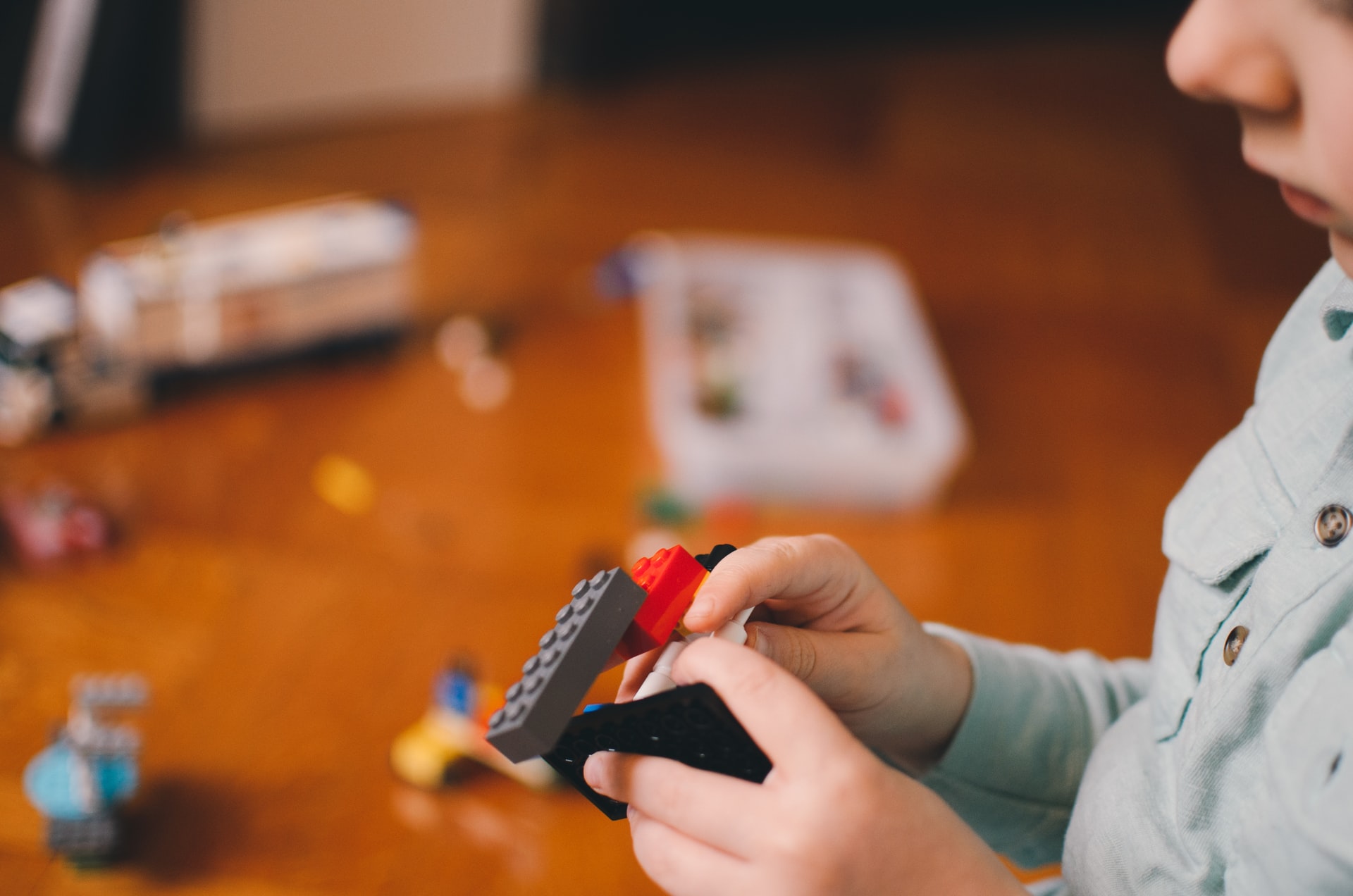 Image source by Unsplash
Image source by Unsplash
Why do companies mostly prefer experienced candidates over freshies? What do freshies lack that experienced candidates do not? This is what we call hands-on experience.
Education is not only about getting to know or having information about something. It's about experiencing a particular thing that you have learned. This is the reason universities and institutes often ask us to submit semester projects and final year projects so that we can practically apply what we have learned. Just like, e-learning is better than traditional learning, practical education is better than theoretical study.
In order to implement practical learning, the STEM education system is spreading all across the globe.
- 1 Comments
- Nov 24, 2021 10:00:00 AM
- Posted by Maria Alejandra Calcetero
- Topics: Robotics, EdTech, STEM, Education, code, 21st Century Classroom, Special Education, Artificial Intelligence, data literacy, Coding, Robots,, students, programming, Technology, VR, Realidad Virtual, STEMchat, Edchat, AI, k12, Virtual Reality, virtual learning, classroom, Inteligencia Artificial, Literacy, STEM literacy
15 Ways to Teach students to Solve Math Problems That Require Math Facts
Are you looking for ways to teach students to solve math problems that require math facts? If so, keep reading.
- 0 Comments
- Nov 23, 2021 10:00:00 AM
- Posted by Maria Alejandra Calcetero
- Topics: Robotics, EdTech, STEM, Education, code, 21st Century Classroom, Special Education, Artificial Intelligence, data literacy, Coding, Robots,, students, programming, Technology, VR, Realidad Virtual, STEMchat, Edchat, AI, k12, Virtual Reality, virtual learning, classroom, Inteligencia Artificial, Literacy, STEM literacy
Why All Students Must Be Given Equal Access to STEM Classes
By Dan Matthews
Robust STEM education makes students more employable and equips them with the skills necessary to succeed in an ever-changing world. In addition, the US Bureau of Labor Statistics reports that those working in STEM fields earn an annual median salary of $89,780 - that’s $49,760 more than those working in non-STEM fields.
- 0 Comments
- Nov 22, 2021 10:00:00 AM
- Posted by Maria Alejandra Calcetero
- Topics: Robotics, EdTech, STEM, Education, code, 21st Century Classroom, Special Education, Artificial Intelligence, data literacy, Coding, Robots,, students, programming, Technology, VR, Realidad Virtual, STEMchat, Edchat, AI, k12, Virtual Reality, virtual learning, classroom, Inteligencia Artificial, Literacy, STEM literacy
8 Signs that a Career in Technology Might Be Right for a Student
By Shawn Mack
 Photo by javier trueba on Unsplash
Photo by javier trueba on Unsplash
Since the invention of the vacuum tube computers, the world has only been moving forward in terms of tech. With every passing day, innovative minds are coming up with solutions to the challenges they face every day. Today, nothing is an obstacle anymore. Everything is doable.
Perhaps, this explains why the tech industry is expected to touch about of market value by the end of this very year. The current growth rate of the industry is about 4.2 percent, which is only expected to grow in the coming years. Overall, employment in computer and information technology will witness from 2020 to 2030, which will add up to about 667600 newer job opportunities.
- 0 Comments
- Nov 18, 2021 10:00:00 AM
- Posted by Maria Alejandra Calcetero
- Topics: Robotics, EdTech, STEM, Education, code, 21st Century Classroom, Special Education, Artificial Intelligence, data literacy, Coding, Robots,, students, programming, Technology, VR, Realidad Virtual, STEMchat, Edchat, AI, k12, Virtual Reality, virtual learning, classroom, Inteligencia Artificial, Literacy, STEM literacy
7 STEM Careers Kids Can Explore
 Photo by Marisa Howenstine on Unsplash
Photo by Marisa Howenstine on Unsplash
Is your child interested in exploring a STEM-related career? Check out these 7 career paths that involve science, technology, engineering, or math, and find one that suits your child's interests.
- 0 Comments
- Nov 16, 2021 10:00:00 AM
- Posted by Maria Alejandra Calcetero
- Topics: Robotics, EdTech, STEM, Education, code, 21st Century Classroom, Special Education, Artificial Intelligence, data literacy, Coding, Robots,, students, programming, Technology, VR, Realidad Virtual, STEMchat, Edchat, AI, k12, Virtual Reality, virtual learning, classroom, Inteligencia Artificial, Literacy, STEM literacy
7 Ways That Artificial Intelligence Helps Students Learn
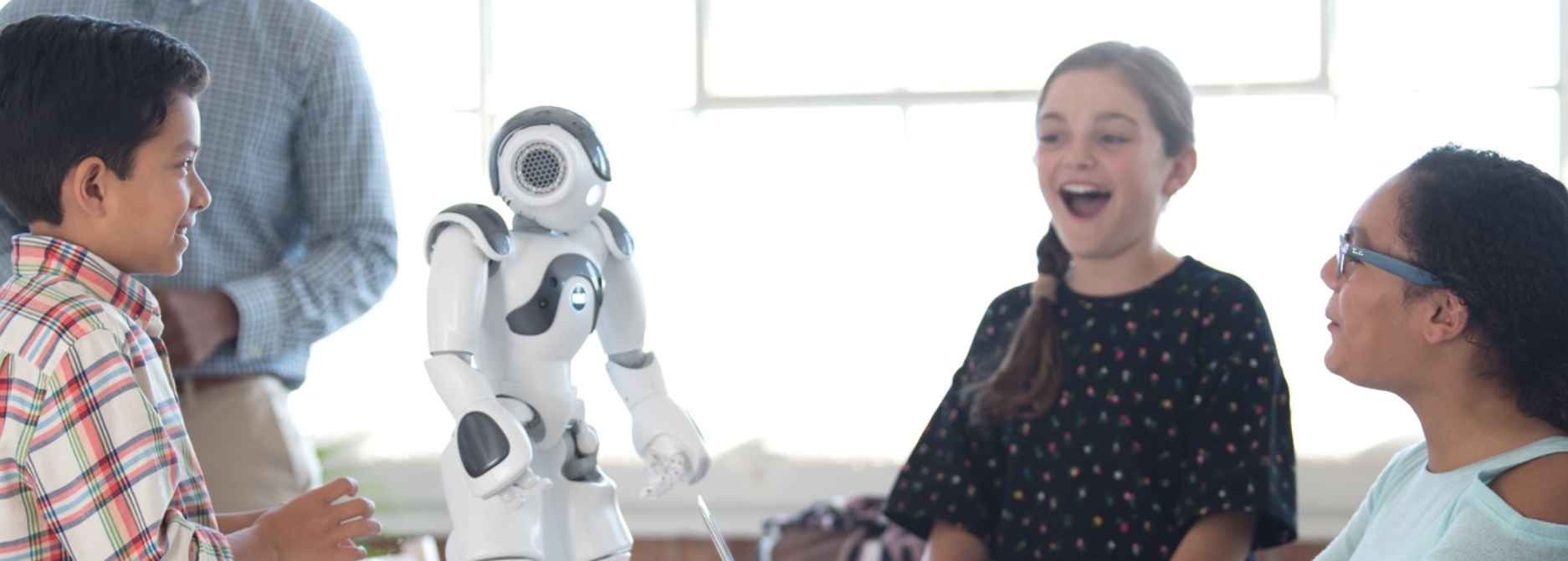
The role of artificial intelligence in education is always a hot topic. While some fear that artificial intelligence will take over education to the detriment of students and teachers, others claim that artificial intelligence will revolutionize and improve education.
While we’re far from seeing robots in the classroom, artificial intelligence is making its way into education. Certain tasks can be made easier through the use of artificial intelligence. Grading, for example, can be done quickly and easily using artificial intelligence. The most important way that education will transform education is by simply helping students to learn. In this piece, I will discuss 7 ways that artificial intelligence helps students learn.
- 0 Comments
- Nov 12, 2021 10:00:00 AM
- Posted by Maria Alejandra Calcetero
- Topics: Robotics, EdTech, STEM, Education, code, 21st Century Classroom, Special Education, Artificial Intelligence, data literacy, Coding, Robots,, students, programming, Technology, VR, Realidad Virtual, STEMchat, Edchat, AI, k12, Virtual Reality, virtual learning, classroom, Inteligencia Artificial, Literacy, STEM literacy
RobotLAB, America's Exclusive SoftBank Robotics Distributor, to Cover Middle East, Asia, and the Pacific
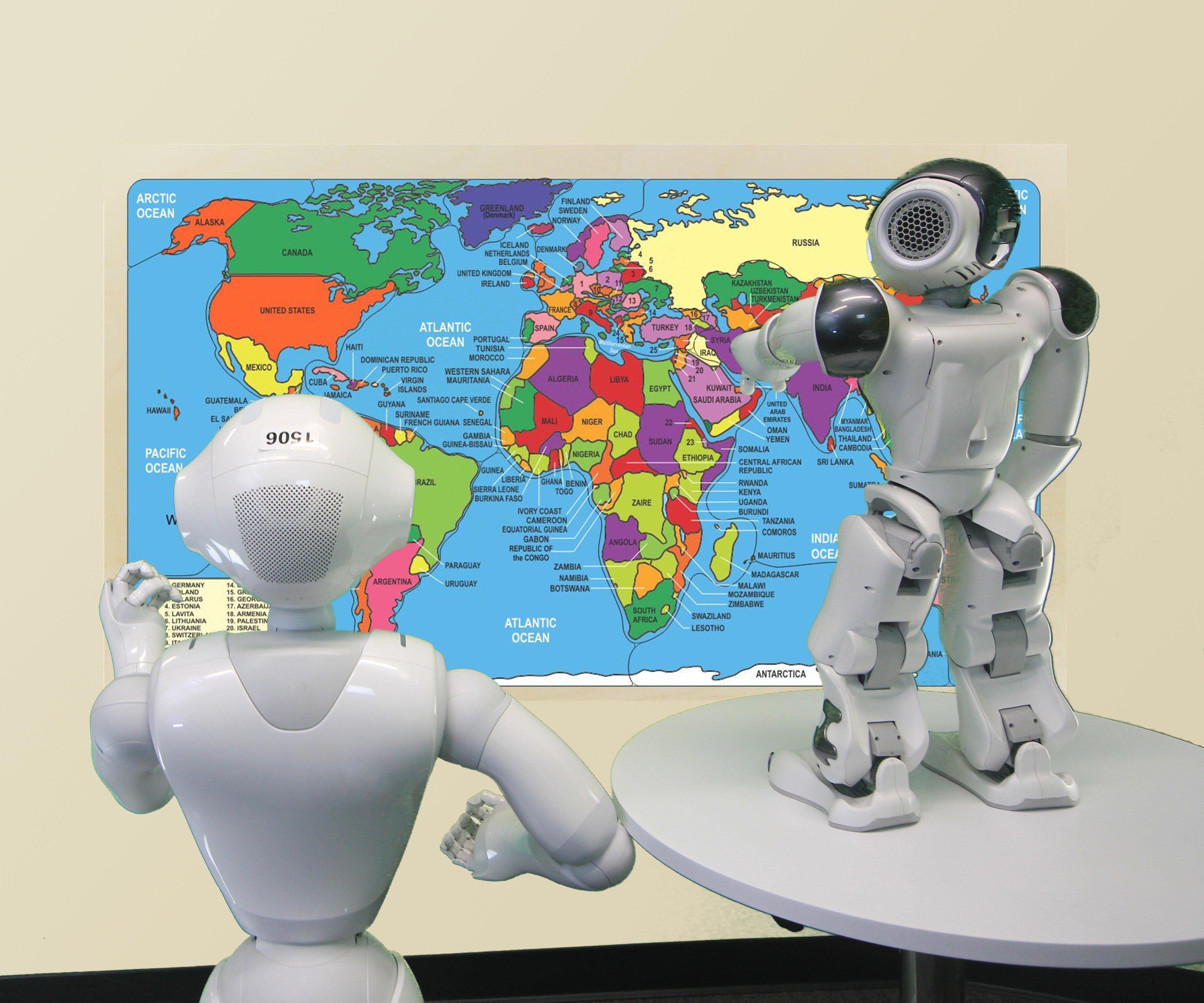
RobotLAB Inc. the world's leading educational and business robotics integrator has entered an agreement with SoftBank Robotics to expand the distribution territory from the Americas to Asia, the Middle East, and the Pacific.
- 0 Comments
- Nov 10, 2021 2:30:00 PM
- Posted by Maria Alejandra Calcetero
- Topics: Robotics, EdTech, STEM, Education, code, 21st Century Classroom, Special Education, Artificial Intelligence, data literacy, Coding, Robots,, students, programming, Technology, VR, Realidad Virtual, STEMchat, Edchat, AI, k12, Virtual Reality, virtual learning, classroom, Inteligencia Artificial, Literacy, STEM literacy
What Educators Should Know About Too-Good-To-Be-True Software Prices?
By Devin Partida

Photo by Mimi Thian on Unsplash
If you're a K-12 educator, you know how crucial it is to budget appropriately for spending on class supplies, software, and instructional materials.
You likely need to spend money out of your pocket to account for classroom decor, office supplies like pens and pencils, and other things. Those transactions can add up, leaving you feeling overwhelmed when all you're trying to do is create a welcoming learning environment for your students.
While some schools offer some supplies to their teachers or have the funds to issue reimbursements, not every teacher is lucky enough to reap that benefit. It's only natural for you to try and find workarounds, such as downloading useful learning materials from the internet at a low cost. There are some technologies changing education that you simply cannot do without, and educational software is no exception.
You may want to take advantage of these cheap deals, but have you ever thought about the possible consequences of downloading software from an unknown source?
Let's explore what pirated software is, the consequences of downloading it, and how you can identify some of the warning signs to look out for when using cheap software.
- 0 Comments
- Nov 10, 2021 10:00:00 AM
- Posted by Maria Alejandra Calcetero
- Topics: Robotics, EdTech, STEM, Education, code, 21st Century Classroom, Special Education, Artificial Intelligence, data literacy, Coding, Robots,, students, programming, Technology, VR, Realidad Virtual, STEMchat, Edchat, AI, k12, Virtual Reality, virtual learning, classroom, Inteligencia Artificial, Literacy, STEM literacy
Create a Culture of Learning in Your Classroom
 Photo by Kuanish Reymbaev on Unsplash
Photo by Kuanish Reymbaev on Unsplash
Maybe you’ve witnessed a classroom where the focus on learning is intense.
A hum of excitement resonates in the air, and everyone, the teacher and students alike, goes about their work with a focused purpose. Everyone is engaged. The workflow is fluid. Routines are seamless. The students help each other succeed.
Maybe that classroom is yours.
If it’s not, it can be.
- 0 Comments
- Nov 9, 2021 10:00:00 AM
- Posted by Maria Alejandra Calcetero
- Topics: Robotics, EdTech, STEM, Education, code, 21st Century Classroom, Special Education, Artificial Intelligence, data literacy, Coding, Robots,, students, programming, Technology, VR, Realidad Virtual, STEMchat, Edchat, AI, k12, Virtual Reality, virtual learning, classroom, Inteligencia Artificial, Literacy, STEM literacy
Using Artificial Intelligence To Help Students With Learning Disabilities Learn

Educators can have a challenging time adapting their teaching style to match every student, especially when there are students with learning disabilities in their classroom. A learning disability presents a unique obstacle to traditional teaching methods. It can be difficult in a contemporary classroom for teachers to give students the attention and instruction they really need. Now, they might be able to receive that instruction through the use of artificial intelligence.
Artificial intelligence is rapidly growing more useful by the day. Researchers are developing cognitive systems that can help to support those with disabilities in the unique ways that suit them. These AI programs may be able to present material in a fresh way that can help students to better understand independent of teacher instruction.
- 0 Comments
- Nov 8, 2021 10:00:00 AM
- Posted by Maria Alejandra Calcetero
- Topics: Robotics, EdTech, STEM, Education, code, 21st Century Classroom, Special Education, Artificial Intelligence, data literacy, Coding, Robots,, students, programming, Technology, VR, Realidad Virtual, STEMchat, Edchat, AI, k12, Virtual Reality, virtual learning, classroom, Inteligencia Artificial, Literacy, STEM literacy
Why STEM literacy is critical for our students
By John Wheeler
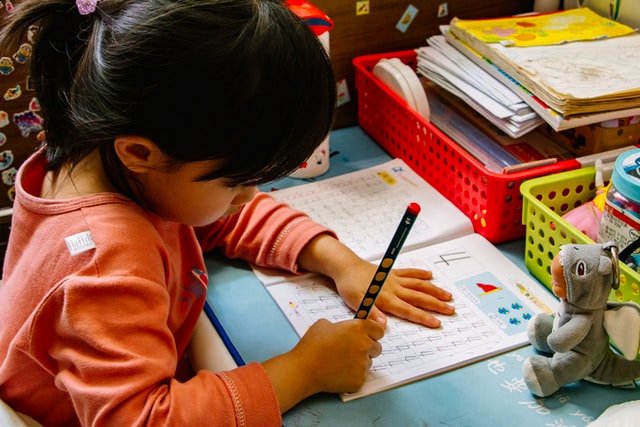 Image source: https://unsplash.com/
Image source: https://unsplash.com/
Developing students’ STEM literacy provides students with the critical skills they will use later in life.
- 0 Comments
- Nov 5, 2021 10:00:00 AM
- Posted by Maria Alejandra Calcetero
- Topics: Robotics, EdTech, STEM, Education, code, 21st Century Classroom, Special Education, data literacy, Coding, Robots,, students, programming, Technology, VR, Realidad Virtual, STEMchat, Edchat, k12, Virtual Reality, virtual learning, classroom, Literacy, STEM literacy
Making the Most of Your EdTech Toolbox
 Image source: https://unsplash.com/s/photos/technology
Image source: https://unsplash.com/s/photos/technology
School leaders should be education technology leaders, ensuring that the resources available to teachers are useful and current.
- 0 Comments
- Nov 4, 2021 10:00:00 AM
- Posted by Maria Alejandra Calcetero
- Topics: Robotics, EdTech, STEM, Education, code, 21st Century Classroom, Special Education, data literacy, Coding, Robots,, students, programming, Technology, VR, Realidad Virtual, STEMchat, Edchat, k12, Virtual Reality, virtual learning, classroom, Literacy, STEM literacy
How To Incorporate 3D Printing Into Any Lesson Plan.
By Matthew Lynch
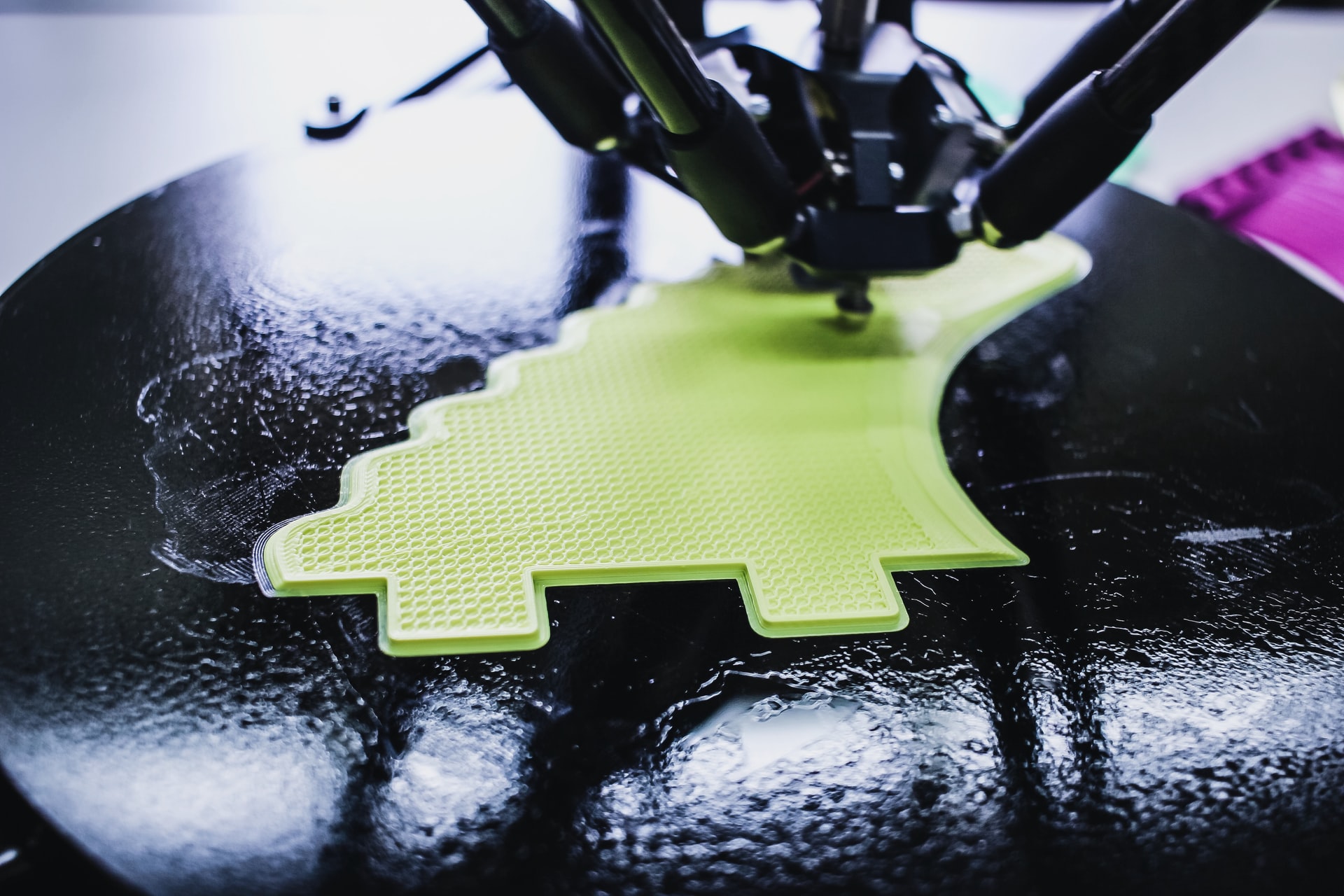 Photo by Inés Álvarez Fdez on Unsplash
Photo by Inés Álvarez Fdez on Unsplash
Software developers and engineers and continuously working to provide schools and educational facilities with new technology. Various apps and tools, such as Pedagogue, have opened plenty of doors for modern-day education since their release.
The 3D printer is yet another new tool that has made considerable advancements in the academic world. This technology can serve various uses in the classroom – for example, many teachers use the printer to make props for specific lessons.
This article will discuss how teachers and other educators can incorporate 3D printing into any lesson plan.
- 0 Comments
- Nov 2, 2021 10:00:00 AM
- Posted by Maria Alejandra Calcetero
- Topics: Robotics, EdTech, STEM, Education, code, 21st Century Classroom, Special Education, data literacy, Coding, Robots,, students, programming, Technology, VR, Realidad Virtual, STEMchat, Edchat, k12, Virtual Reality, virtual learning, classroom, Literacy, STEM literacy
Be VR Ready in 7 Steps – Back-to-school Preparation!
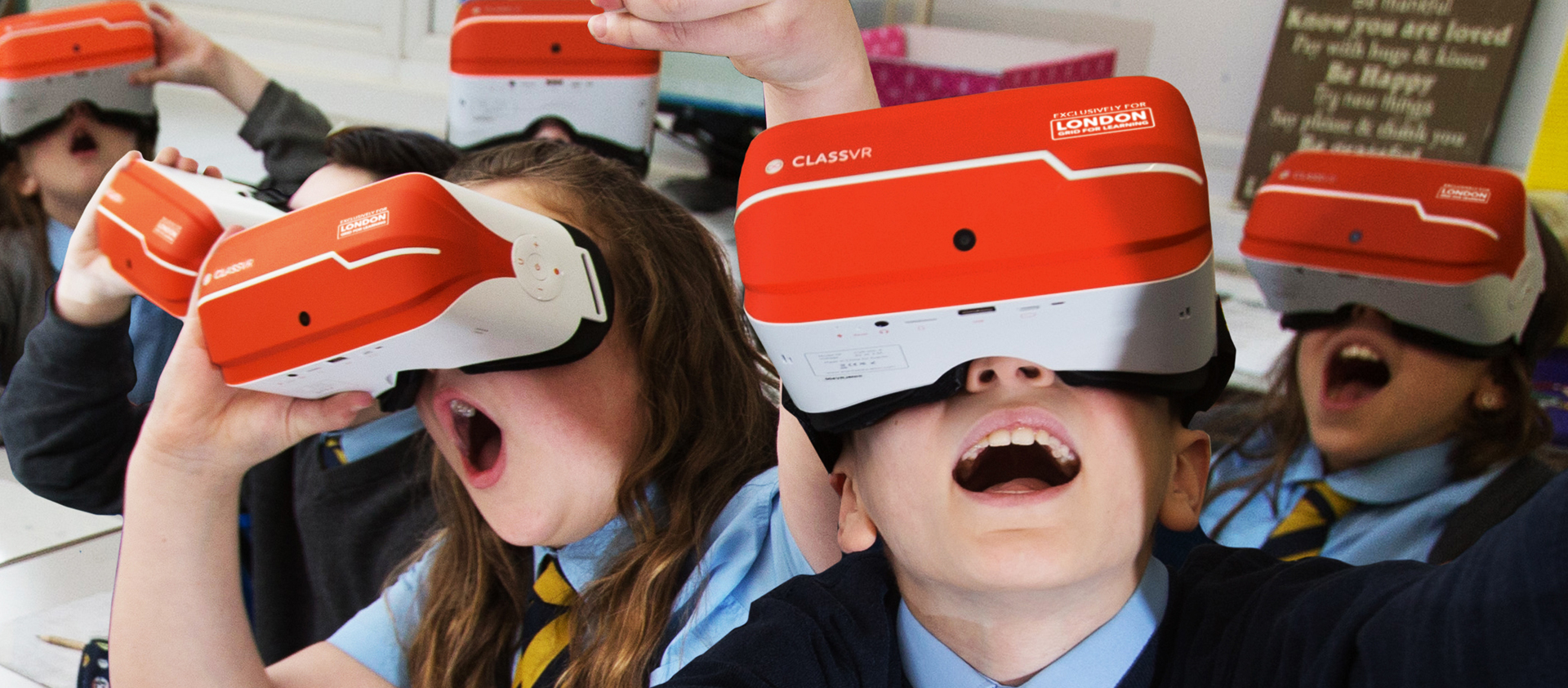 Source Image: Class VR
Source Image: Class VR
Globally there are two types of teachers this time of year, the first is just getting into their summer holiday and enjoying their well-deserved time off, the second has back-to-school preparation at the front of their mind. Whether you’re preparing for a new class or just preparing your classroom, we’ve got 7 steps to make sure you’re prepped and ready to use your ClassVR headsets the first day back – whenever that may be!
- 0 Comments
- Oct 29, 2021 10:00:00 AM
- Posted by Maria Alejandra Calcetero
- Topics: Robotics, EdTech, STEM, Education, code, 21st Century Classroom, Special Education, data literacy, Coding, Robots,, students, programming, Technology, VR, Realidad Virtual, STEMchat, Edchat, k12, Virtual Reality, virtual learning, classroom, Literacy, STEM literacy
Continuing Computer Sciences for Tomorrow’s Youth
By Dan Matthews
 Image Source: Pexels
Image Source: Pexels
Modern advancements in technology and computer science have sparked some amazing societal advancements in the last decade. Among these many great leaps forward, the impact that new technologies have had on education is one of the most profound.
From providing easier access to information to accelerating aspects of the learning process—computer technologies are continually revolutionizing how students learn. This article will explore some examples of new educational technology in action, and provide some tips for teachers looking to integrate some of these advancements into their classrooms.
- 0 Comments
- Oct 28, 2021 10:00:00 AM
- Posted by Maria Alejandra Calcetero
- Topics: Robotics, EdTech, STEM, Education, code, 21st Century Classroom, Special Education, data literacy, Coding, Robots,, students, programming, Technology, VR, Realidad Virtual, STEMchat, Edchat, k12, Virtual Reality, virtual learning, classroom, Literacy, STEM literacy
Why It’s Important to Teach Troubleshooting
By Devin Partida
 Photo by Kelly Sikkema on Unsplash
Photo by Kelly Sikkema on Unsplash
STEM gets a bad rap. Popular media often typifies computer and math people as emotionless, overly logical, and lacking human warmth.
However, this stereotyped view misses the whole point of what STEM is for and how it operates. STEM courses prepare students to think creatively, develop their curiosity, and build solid troubleshooting skills that make them intelligent and well-rounded individuals.
As a teacher, you already know why you love your field. Sometimes, though, it can be hard to explain why. Here are eight ways STEM benefits students and equips them for real-world challenges.
- 0 Comments
- Oct 27, 2021 10:00:00 AM
- Posted by Maria Alejandra Calcetero
- Topics: Robotics, EdTech, STEM, Education, code, 21st Century Classroom, Special Education, data literacy, Coding, Robots,, students, programming, Technology, VR, Realidad Virtual, STEMchat, Edchat, k12, Virtual Reality, virtual learning, classroom, Literacy, STEM literacy
Guiding Students to Be Independent Problem-Solvers in STEM Classrooms

Photo by Jeswin Thomas on Unsplash
Teaching high school students how to plan to solve a problem in science, technology, engineering, and math is a crucial step.
- 0 Comments
- Oct 26, 2021 10:00:00 AM
- Posted by Maria Alejandra Calcetero
- Topics: Robotics, EdTech, STEM, Education, code, 21st Century Classroom, Special Education, data literacy, Coding, Robots,, students, programming, Technology, VR, Realidad Virtual, STEMchat, Edchat, k12, Virtual Reality, virtual learning, classroom, Literacy, STEM literacy
3 Reasons Virtual STEM is Here To Stay
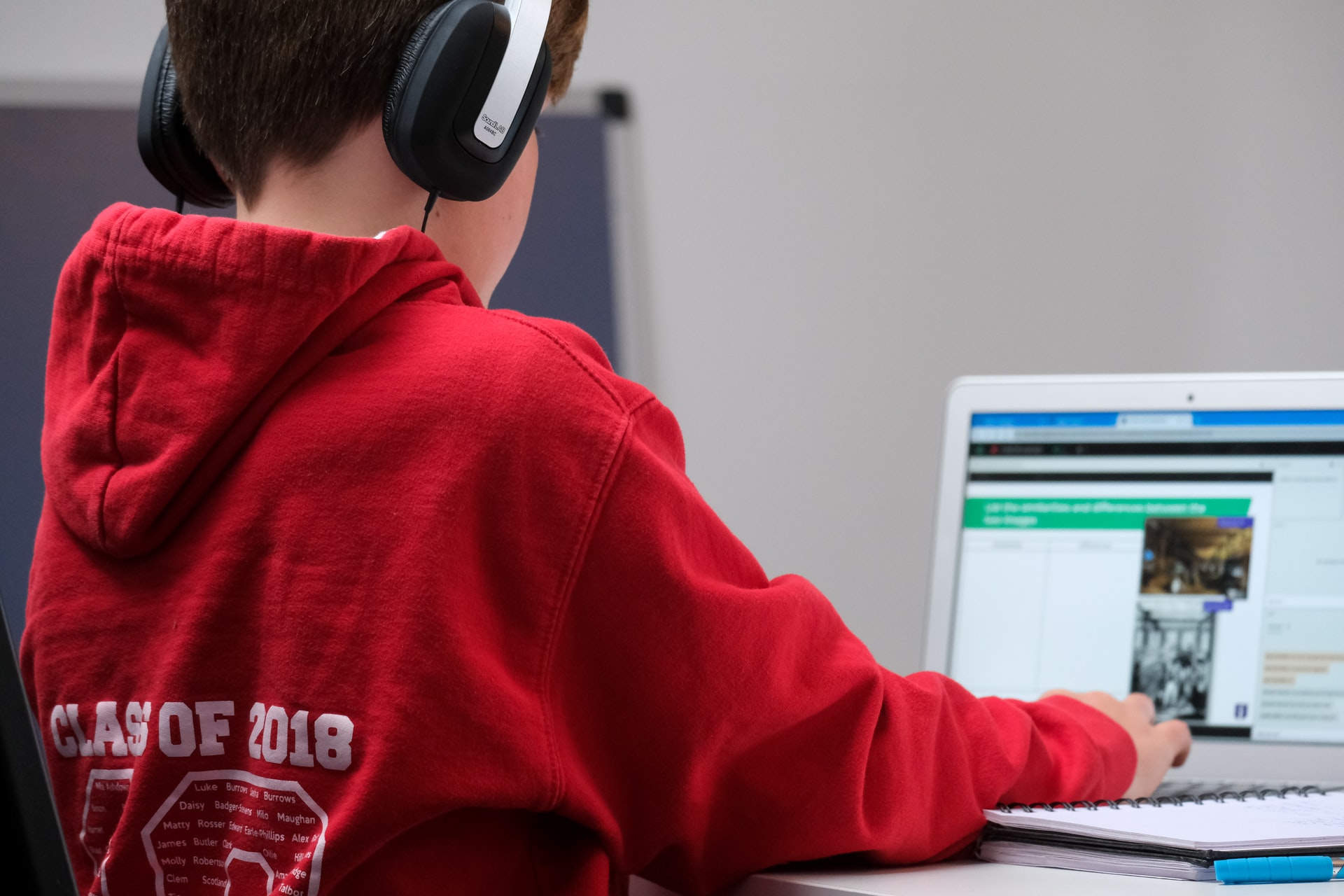 Image source: https://unsplash.com/
Image source: https://unsplash.com/
Virtual STEM offers engaging learning opportunities for students—opportunities that have proved essential during COVID.
- 0 Comments
- Oct 25, 2021 10:00:00 AM
- Posted by Maria Alejandra Calcetero
- Topics: Robotics, EdTech, STEM, Education, code, 21st Century Classroom, Special Education, data literacy, Coding, Robots,, students, programming, Technology, VR, Realidad Virtual, STEMchat, Edchat, k12, Virtual Reality, virtual learning, classroom, Literacy, STEM literacy
5 Reasons Why Coding is Important for Young Minds
By Patria
As a Kindergarten STEM teacher, mom and grandparent, I am consistently empowering myself to keep up with the newest ways to engage my family and students with 21st Century concepts. Recent research puts coding at the forefront of future careers. So, how do we learn and teach our children how to code, and why is this so important? More importantly, how young do we begin teaching our children?
- 0 Comments
- Oct 22, 2021 10:00:00 AM
- Posted by Maria Alejandra Calcetero
- Topics: Robotics, EdTech, STEM, Education, code, 21st Century Classroom, Special Education, data literacy, Coding, Robots,, students, programming, Technology, VR, Realidad Virtual, STEMchat, Edchat, k12, Virtual Reality, virtual learning, classroom, Literacy, STEM literacy
Why Robots are the Bridge for Remote Learning Gap
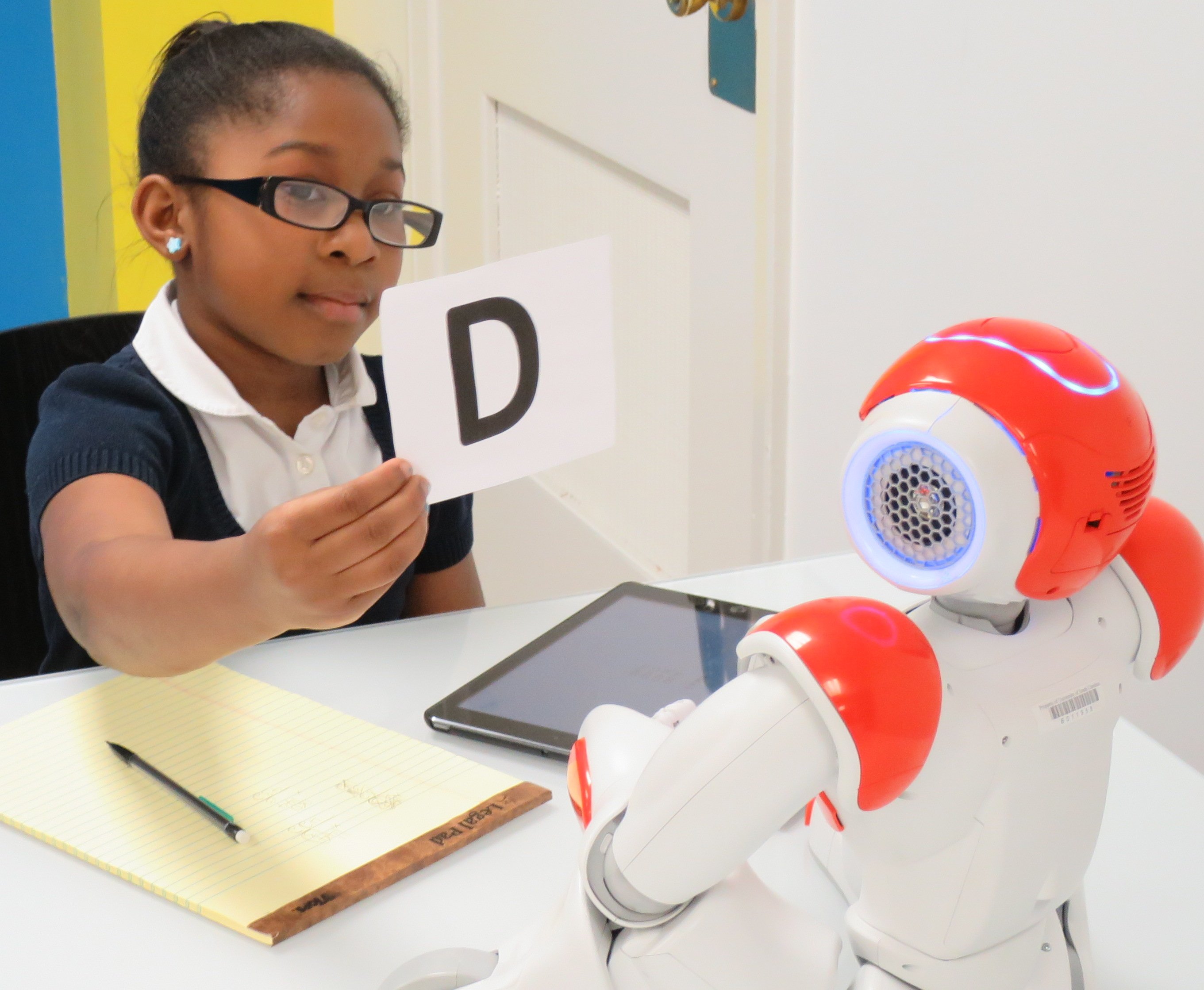
Artificial intelligence and machine learning play an important role in promoting remote learning in this era where many institutions are going digital. The growing implementation of technology in education is creating a remote learning gap amid the COVID-19 pandemic.
Robots can be used to allow geographically dispersed people to participate in important meetings and events. They are helping students to remain connected to their teachers or fellow students to ensure learning continuity. This blog reveals why robots are the bridge to the remote learning gap.
- 0 Comments
- Oct 19, 2021 10:00:00 AM
- Posted by Maria Alejandra Calcetero
- Topics: Robotics, EdTech, STEM, Education, 21st Century Classroom, Special Education, data literacy, Robots,, students, Technology, VR, Realidad Virtual, STEMchat, Edchat, k12, Virtual Reality, virtual learning, classroom, Literacy, STEM literacy
How 3D Tech can Help Overcome Learning Hurdles
By David Chen
 Image source: https://unsplash.com/
Image source: https://unsplash.com/
3D tech opens up an entirely new world of educational possibilities—even when students learn from home.
- 0 Comments
- Oct 18, 2021 10:00:00 AM
- Posted by Maria Alejandra Calcetero
- Topics: Robotics, EdTech, STEM, Education, 21st Century Classroom, Special Education, data literacy, Robots,, students, Technology, VR, Realidad Virtual, STEMchat, Edchat, k12, Virtual Reality, virtual learning, classroom, Literacy, STEM literacy
4 Ways To Support The Growing Role Robotics Will Have in Society
By Dmitry Krasovskiy, Ph.D., Head of Education and Learning Services, EPAM Systems, Inc.
 Image source: https://unsplash.com/
Image source: https://unsplash.com/
Here’s how edtech providers can buoy educators’ efforts to teach tomorrow’s inventors to embrace the future through robotics.
- 0 Comments
- Oct 13, 2021 10:00:00 AM
- Posted by Maria Alejandra Calcetero
- Topics: Robotics, EdTech, STEM, Education, 21st Century Classroom, Special Education, data literacy, Robots,, students, Technology, VR, Realidad Virtual, STEMchat, Edchat, k12, Virtual Reality, virtual learning, classroom, Literacy, STEM literacy
4 Tips to Make Virtual Learning Fun for Students
By Chad Rei
 Image Source: https://unsplash.com/
Image Source: https://unsplash.com/
Virtual learning doesn’t have to be a headache—students can become engaged and absorb new information with a few key strategies.
- 0 Comments
- Oct 12, 2021 10:00:00 AM
- Posted by Maria Alejandra Calcetero
- Topics: Robotics, EdTech, STEM, Education, 21st Century Classroom, Special Education, data literacy, Robots,, students, Technology, VR, Realidad Virtual, STEMchat, Edchat, k12, Virtual Reality, virtual learning, classroom, Literacy, STEM literacy
How To Use Virtual Reality To Motivate College Students
By Nancy Howard
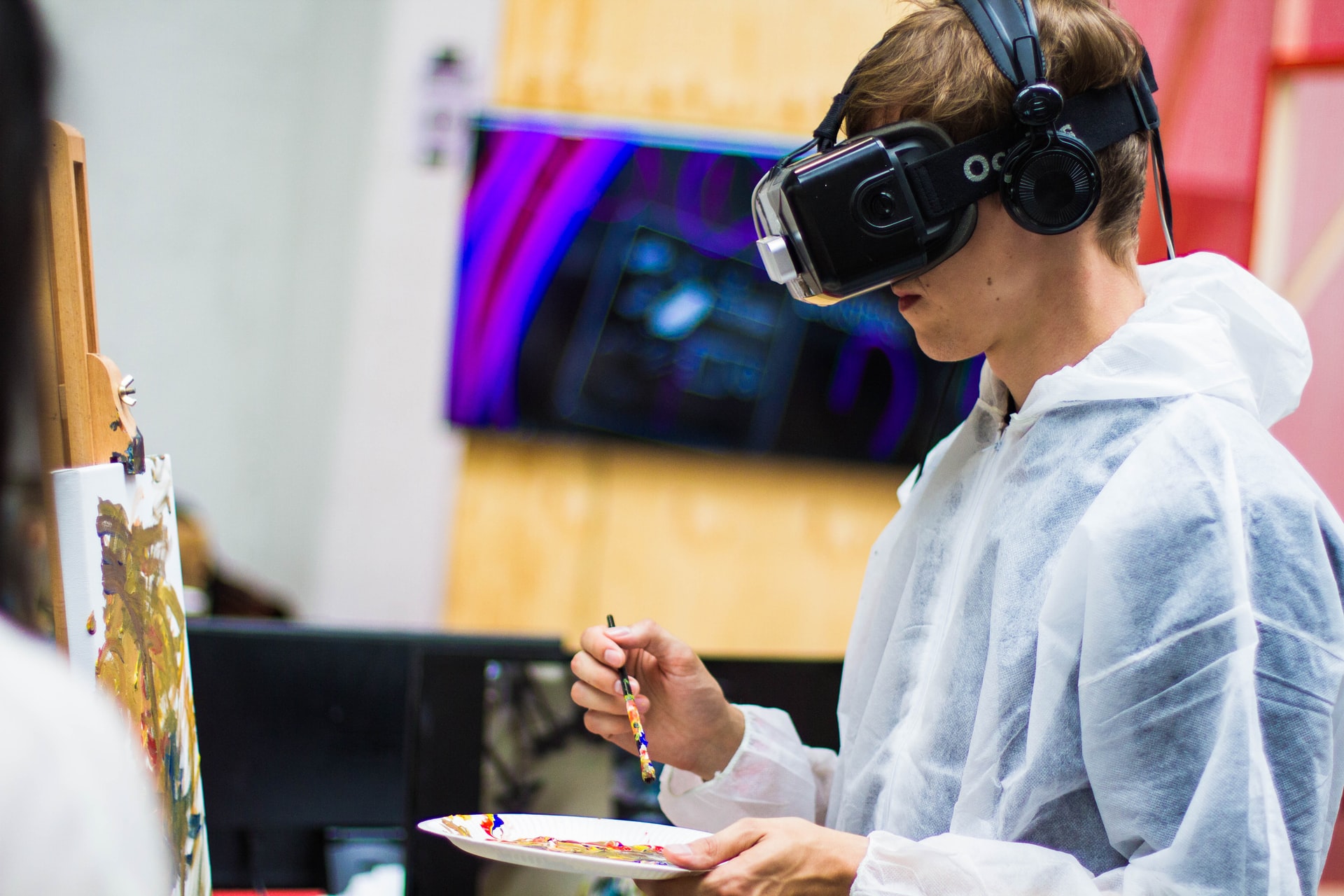 Image source: https://unsplash.com/
Image source: https://unsplash.com/
VR and AR technologies have been around for a while now and are being used in many different industries. One of the spheres to adopt Virtual Reality is education – and for the right reasons. Both in theory and in practice, VR has proven its worth in improving learning experiences in a number of ways.
Particularly, VR can be used to motivate college students and encourage them to become more engaged and successful learners. Yet, not every educator is well-acquainted with this type of tech, so here’s how to use virtual reality in the classroom to increase motivation.
- 0 Comments
- Oct 8, 2021 10:00:00 AM
- Posted by Maria Alejandra Calcetero
- Topics: Robotics, EdTech, STEM, Education, 21st Century Classroom, Special Education, data literacy, Robots,, students, Technology, VR, Realidad Virtual, STEMchat, Edchat, k12, Virtual Reality, virtual learning, classroom, Literacy, STEM literacy
VR Expeditions 2.0 Helps Schools Recoup Investments in Lenovo Mirage Solo after Google Abandoned Daydream Platform
RobotLAB steps in after Google abandons popular virtual field trip application

RobotLAB Inc. (RobotLAB) the leading educational robotics company, is coming to the rescue of educators and students left stranded when Google abandoned the Daydream platform and discontinued the Expeditions app that allowed educators to take students on virtual field trips using Lenovo Mirage Solo virtual reality (VR) headsets.
- 0 Comments
- Oct 7, 2021 10:34:10 AM
- Posted by Maria Alejandra Calcetero
- Topics: Robotics, EdTech, STEM, Education, 21st Century Classroom, Special Education, data literacy, Robots,, students, Technology, VR, Realidad Virtual, STEMchat, Edchat, k12, Virtual Reality, virtual learning, classroom, Literacy, STEM literacy
Tech-Centric, But Not Remote: Teaching in the Classroom This Year
 Image Source: https://unsplash.com/
Image Source: https://unsplash.com/
Some of the tools and skills that teachers used and developed last year are invaluable in the in-person classroom.
- 0 Comments
- Oct 7, 2021 10:00:00 AM
- Posted by Maria Alejandra Calcetero
- Topics: Robotics, EdTech, STEM, Education, 21st Century Classroom, Special Education, data literacy, Robots,, students, Technology, VR, Realidad Virtual, STEMchat, Edchat, k12, Virtual Reality, virtual learning, classroom, Literacy, STEM literacy
5 Ways Robots Will Bring Your Classroom into The 21st Century
By Tra Vu, PhD, PE and Chief Operating Officer, OhmniLabs
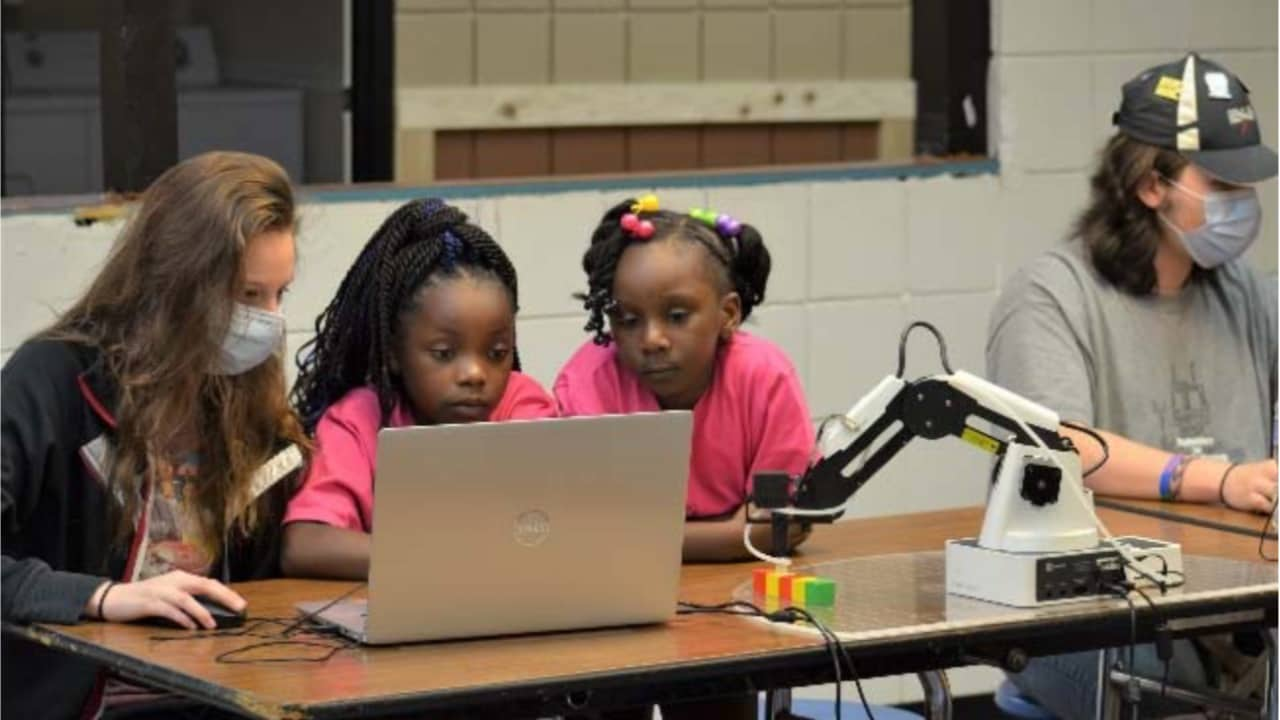 Conventional classrooms can become stagnant--but robots can boost engagement, participation, and a sense of community.
Conventional classrooms can become stagnant--but robots can boost engagement, participation, and a sense of community.
- 0 Comments
- Oct 6, 2021 10:00:00 AM
- Posted by Maria Alejandra Calcetero
- Topics: Robotics, EdTech, STEM, Education, 21st Century Classroom, Special Education, data literacy, Robots,, students, Technology, VR, Realidad Virtual, STEMchat, Edchat, k12, Virtual Reality, virtual learning, classroom, Literacy, STEM literacy
Comparison of Pepper's OS versions
RobotLAB offers two versions of Pepper the robot: Pepper Premium and Pepper Premium+Nav. Learn the differences between the two versions, and educate yourself on the best Pepper for your use case!
- 0 Comments
- Oct 5, 2021 3:13:42 PM
- Posted by Maria Alejandra Calcetero
- Topics: Robotics, EdTech, STEM, Education, 21st Century Classroom, Special Education, data literacy, Robots,, students, Technology, VR, Realidad Virtual, STEMchat, Edchat, k12, Virtual Reality, virtual learning, classroom, Literacy, STEM literacy
Tips for Increasing STEM Student Enrollment on Your Campus
By Maliha Safiullah
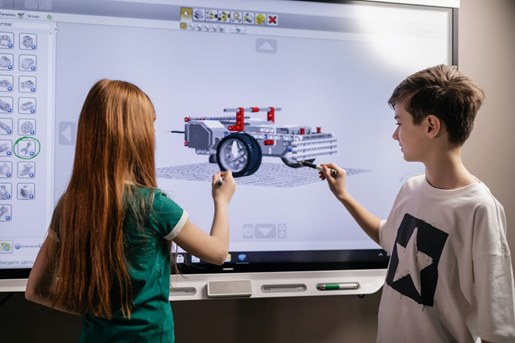 Image source: https://www.pexels.com/photo/boy-and-girl-standing-in-front-of-computer-screen-7742832/
Image source: https://www.pexels.com/photo/boy-and-girl-standing-in-front-of-computer-screen-7742832/
Most schools rely on tuition fees and state support to run their business and pin their hope on getting a high number of enrollments all year round. In order to sustain fast-growing student enrollments, it is essential to retain previous pupils while inviting new students on board. Improved student enrollment strategies need a highly coordinated effort integrated with the latest digital approaches.
Here are seven highly regarded and helpful tips to boost STEM campus’s retention and enrollments:
- 0 Comments
- Oct 5, 2021 10:00:00 AM
- Posted by Maria Alejandra Calcetero
- Topics: Robotics, EdTech, STEM, Education, 21st Century Classroom, Special Education, data literacy, Robots,, students, Technology, VR, Realidad Virtual, STEMchat, Edchat, k12, Virtual Reality, virtual learning, classroom, Literacy, STEM literacy
Using Robotics to Prepare Students For Their Future
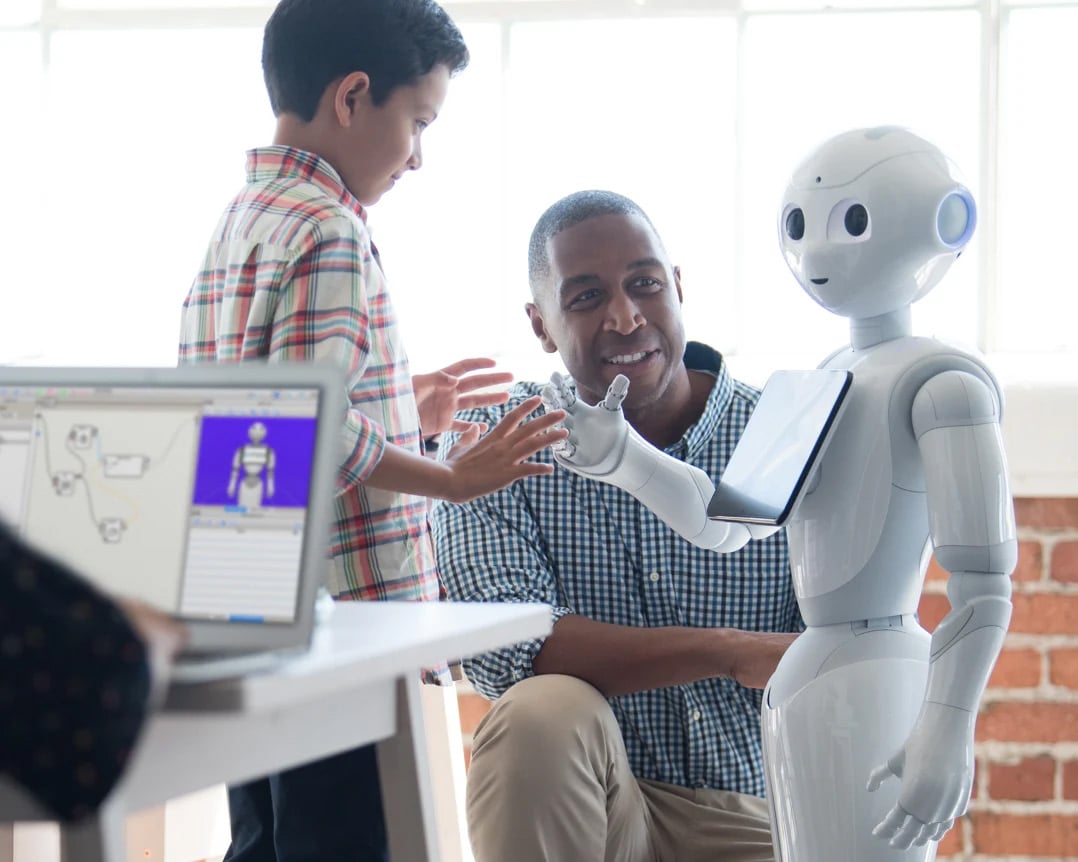 Image source:https://us.softbankrobotics.com/
Image source:https://us.softbankrobotics.com/
In today's technology-driven world, it’s important now more than ever to prepare students for the future. Teaching robotics to young students throughout their schooling can increase their ability to be creative and innovative thinkers and more productive members of society.
- 0 Comments
- Oct 1, 2021 10:00:00 AM
- Posted by Maria Alejandra Calcetero
- Topics: Robotics, EdTech, STEM, Education, 21st Century Classroom, Special Education, data literacy, Robots,, students, Technology, VR, Realidad Virtual, STEMchat, Edchat, k12, Virtual Reality, virtual learning, classroom, Literacy, STEM literacy
Why STEM literacy is critical for our students
By John Wheeler
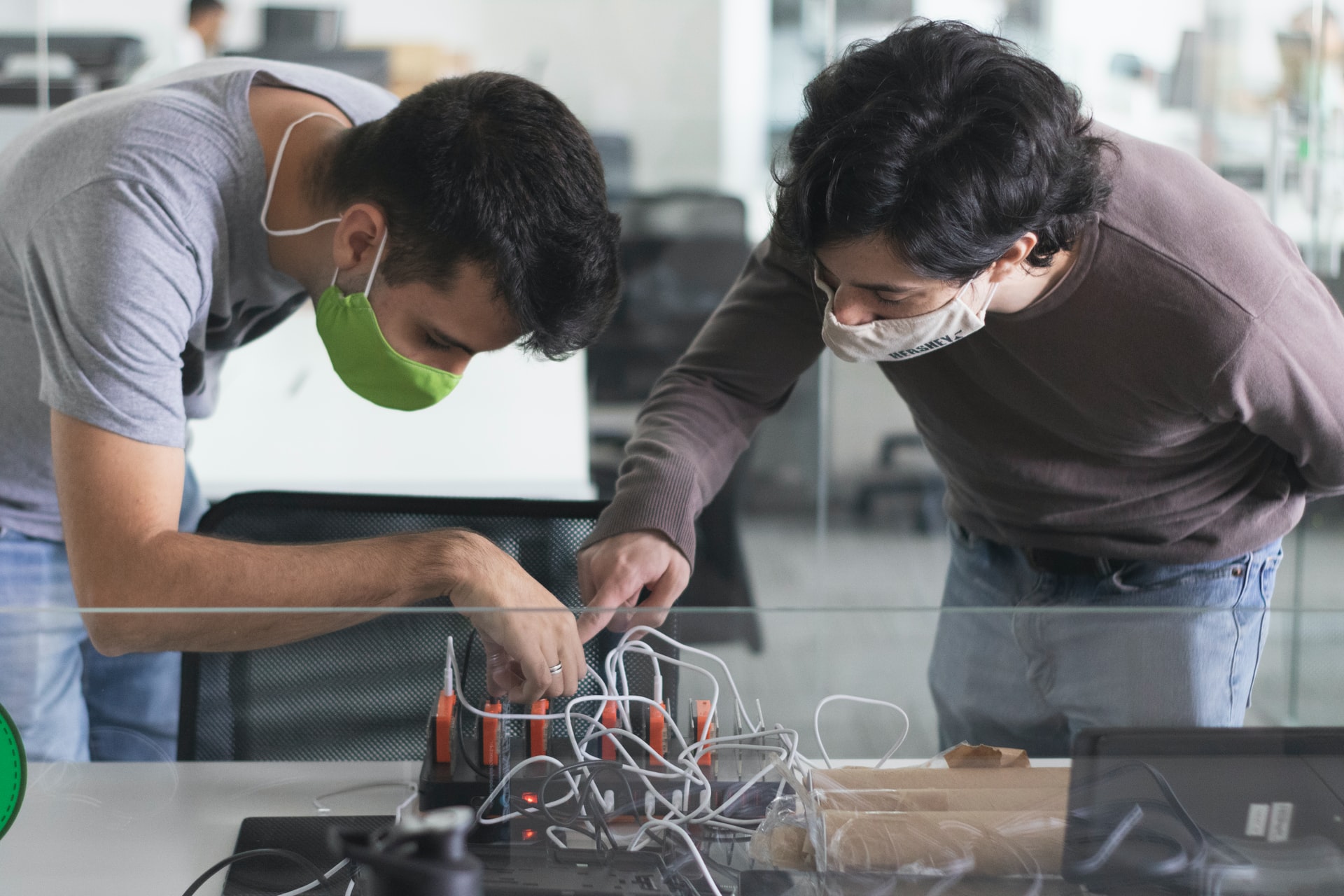 Image Source: https://unsplash.com/
Image Source: https://unsplash.com/
Developing students’ STEM literacy provides students with the critical skills they will use later in life.
- 0 Comments
- Sep 30, 2021 10:00:00 AM
- Posted by Maria Alejandra Calcetero
- Topics: Robotics, EdTech, STEM, Education, 21st Century Classroom, Special Education, data literacy, Robots,, students, Technology, VR, Realidad Virtual, STEMchat, Edchat, k12, Virtual Reality, virtual learning, classroom, Literacy, STEM literacy
3 Must-have Classroom Tech Innovations–and How to Fund Them
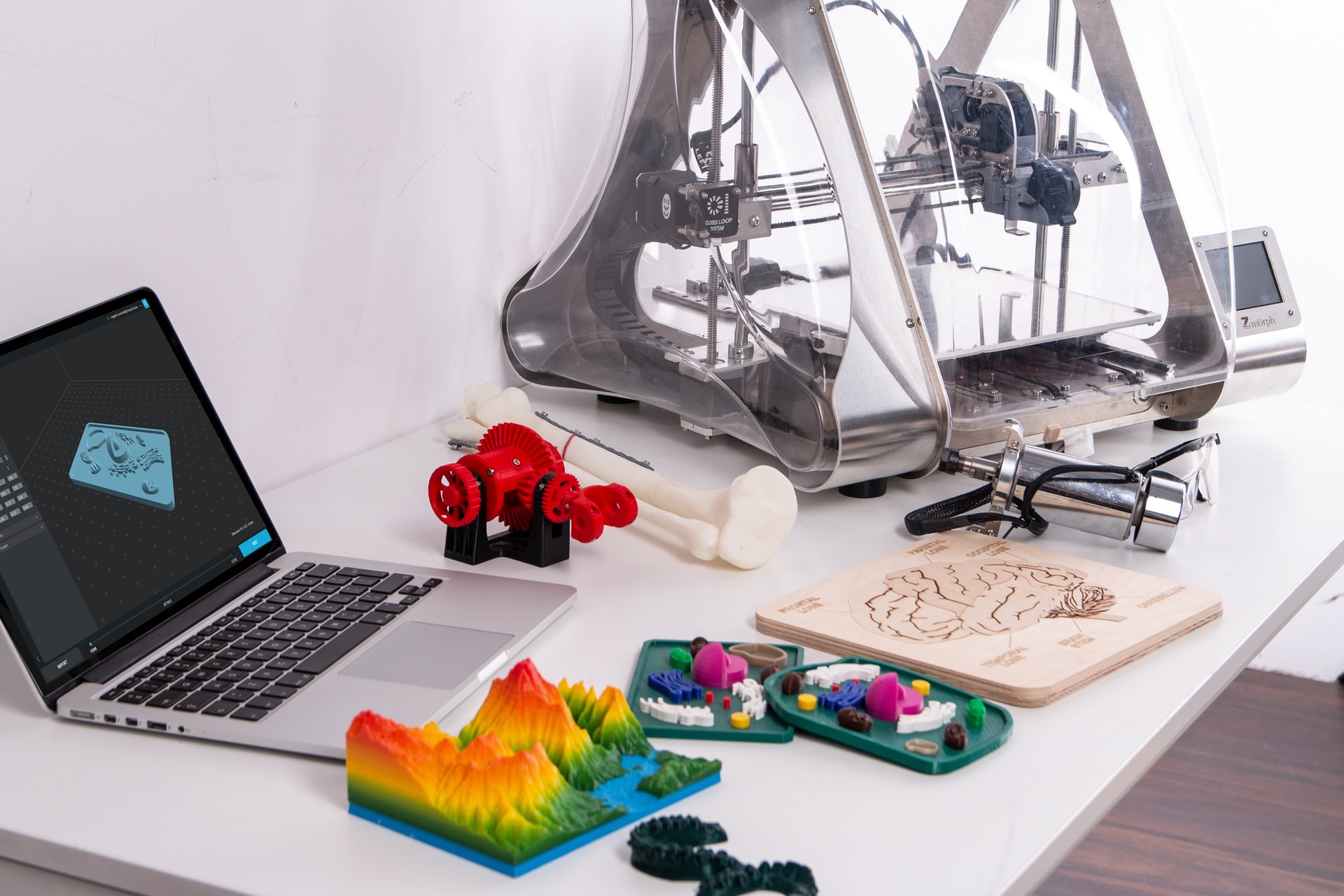 Image source: https://unsplash.com/
Image source: https://unsplash.com/
Classroom technology is an essential part of learning--here's how to find the tools and the funding to implement it in your school
- 0 Comments
- Sep 28, 2021 10:00:00 AM
- Posted by Maria Alejandra Calcetero
- Topics: Robotics, EdTech, STEM, Education, 21st Century Classroom, Special Education, Robots,, students, Technology, VR, Realidad Virtual, STEMchat, Edchat, k12, Virtual Reality, virtual learning, classroom, Tech
Sparking Curiosity About STEM
 Image source: https://unsplash.com/
Image source: https://unsplash.com/
A monthly after-school activity guides students to have fun exploring science, technology, engineering, and math.
- 0 Comments
- Sep 27, 2021 10:00:00 AM
- Posted by Maria Alejandra Calcetero
- Topics: Robotics, EdTech, STEM, Education, 21st Century Classroom, Special Education, Robots,, students, Technology, VR, Realidad Virtual, STEMchat, Edchat, k12, Virtual Reality, virtual learning, classroom, Tech
How Can Virtual Reality Help with Choosing a Future Career?
By Nancy Howard
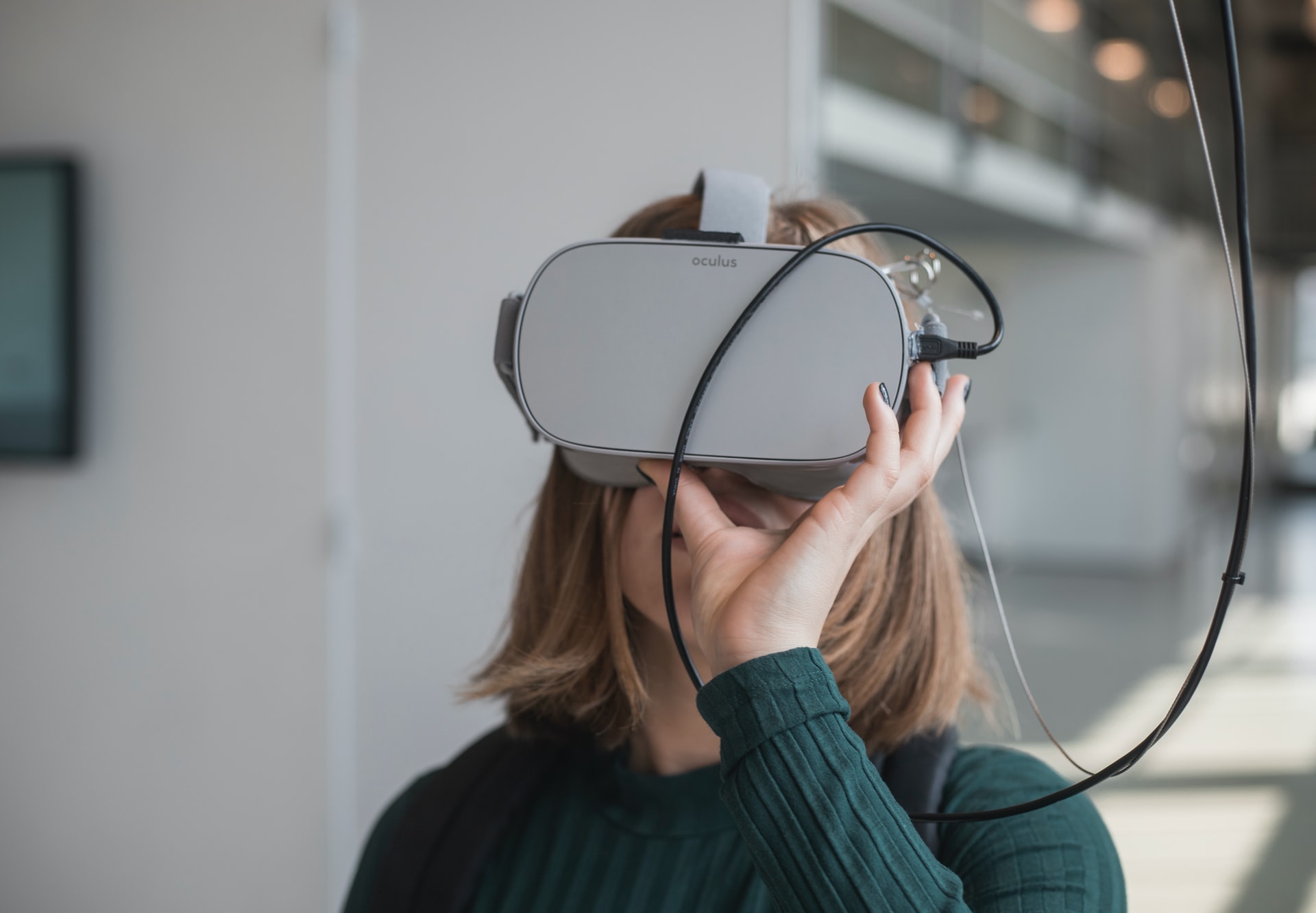 Image source: Unsplash
Image source: Unsplash
Virtual reality is a relatively new technology that is already widely used in various industries. Engineering, design, and entertainment spheres are among them along with the educational and training activities. This technology also helps to follow a virtual reality career path by acquiring jobs in VR related to programming, design, or content creation.
- 0 Comments
- Sep 23, 2021 10:00:00 AM
- Posted by Maria Alejandra Calcetero
- Topics: Robotics, EdTech, STEM, Education, 21st Century Classroom, Special Education, Robots,, students, Technology, VR, Realidad Virtual, STEMchat, Edchat, k12, Virtual Reality, virtual learning, classroom, Tech
6 Tips for Mentoring STEM Students
By Devin Partida
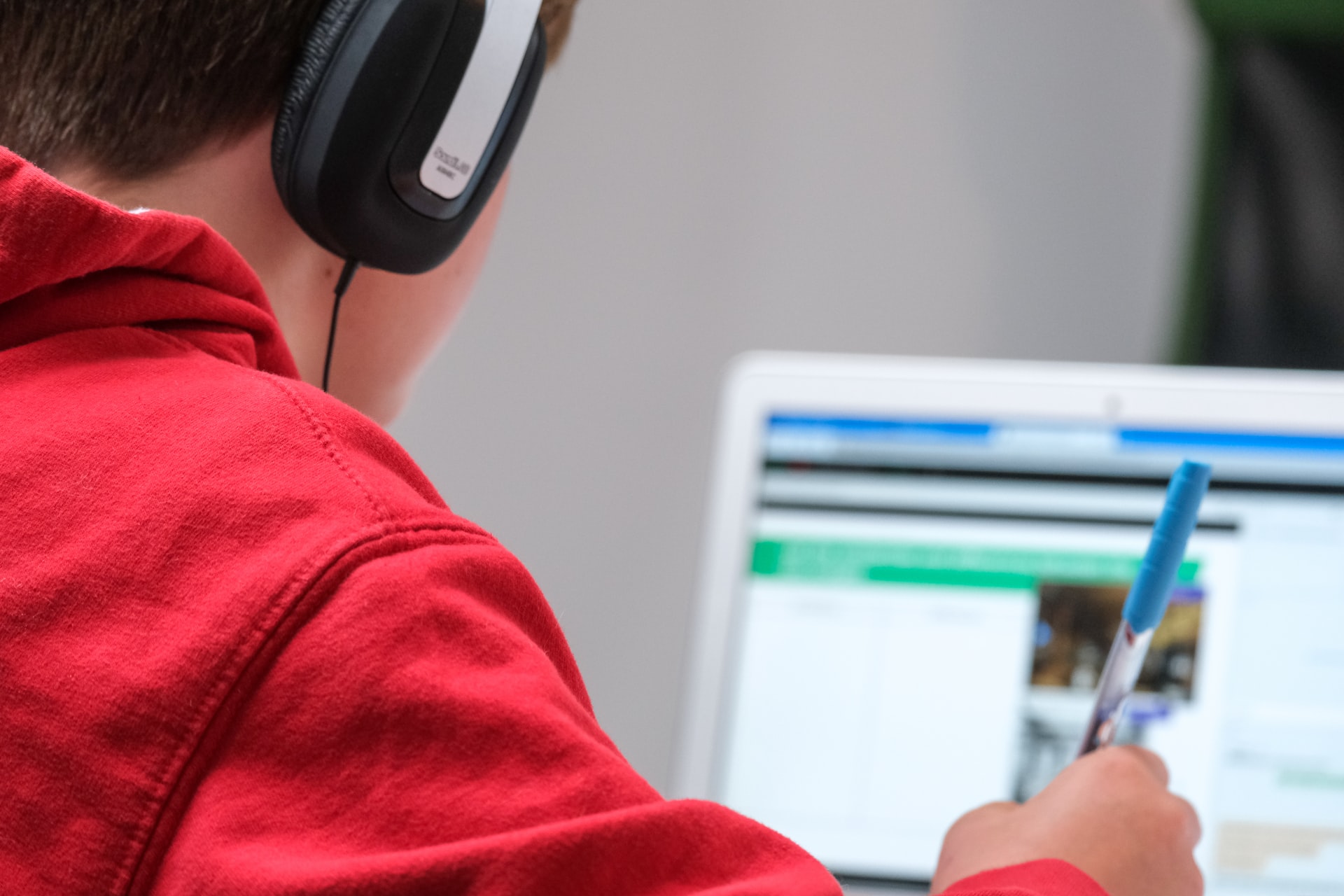 Image source: https://unsplash.com/
Image source: https://unsplash.com/
Mentoring any student can be a challenge, even for the most experienced and well-rounded educators.
When you think about the field of science, technology, engineering, and mathematics, also known as STEM, it may seem intimidating to lead by example for young, impressionable students. However, it’s an investment that’s worth considering when educating students about STEM topics.
Unfortunately, many STEM professionals never receive formal training on mentorship, but there are plenty of benefits to reap for both the mentor and mentee.
In addition, you’re probably aware of the racial and gender disparities between students. We need solid mentorship programs in K-12 schools to overcome these disparities, encourage all types of students to pursue STEM-related careers, and help them achieve their potential.
Let’s go over six tips that can help you mentor your STEM students to the best of your ability.
- 0 Comments
- Sep 17, 2021 10:00:00 AM
- Posted by Maria Alejandra Calcetero
- Topics: Robotics, EdTech, STEM, Education, 21st Century Classroom, Special Education, Robots,, students, Technology, STEMchat, Edchat, k12, classroom, Tech
Robots for the Classroom | Increasing Classroom Success

For nearly 50 years, educators and robotics professionals have known that robots help kids with special needs learn. As our Founder and Chief Scientist, Tim Gifford has been quoted saying, “As far back as the 1970s, research has shown that children with special needs respond well to robots and that their interactions are effective.”
This is especially true for children with autism. With an increase in autism awareness and understanding, more children in the United States than ever before are being diagnosed with Autism Spectrum Disorder (ASD). According to recent data from the Centers for Disease Control, 1 in 54 kids in the United States has been diagnosed with autism.
Why Use Robots?
There are many reasons why Robot-Assisted Instruction (RAI) helps children with autism learn and succeed in school and life.
- 0 Comments
- Sep 16, 2021 10:00:00 AM
- Posted by Maria Alejandra Calcetero
- Topics: Robotics, EdTech, STEM, Education, 21st Century Classroom, Special Education, Robots,, students, Technology, STEMchat, Edchat, k12, classroom, Tech
NAO Robot: Unique Personal Teaching Assistant
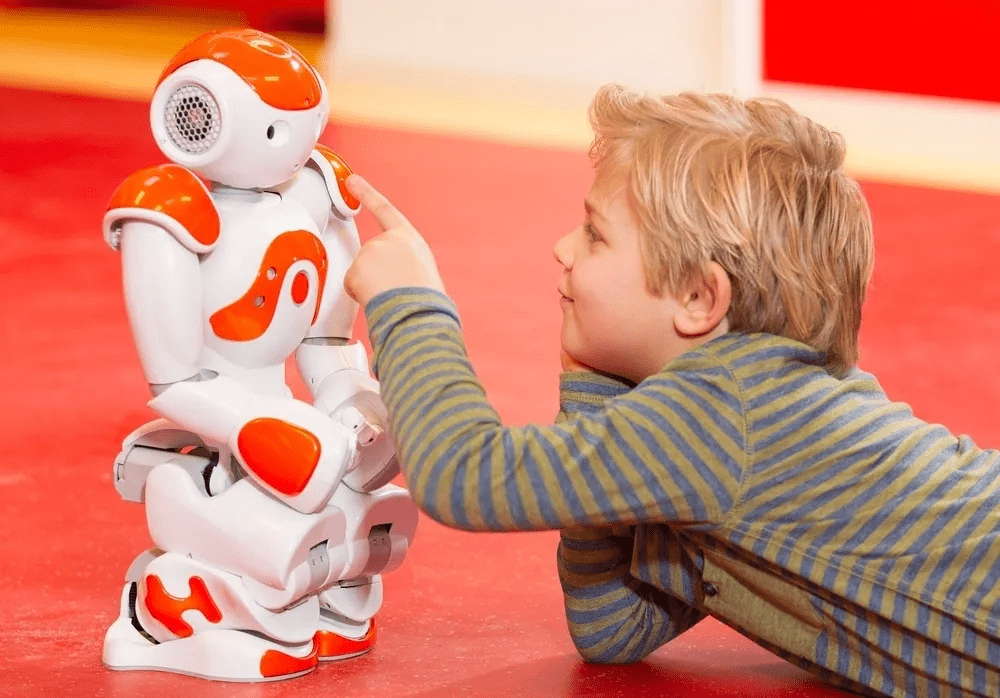 Image source: Movia Robotics
Image source: Movia Robotics
In 2008, SoftBank Robotics released a revolutionary humanoid robot with an unusual
talent; it can teach students. SoftBank developed NAO as a programmable, personal teaching assistant for enhanced learning engagement. Far from being limited in scope, the NAO is capable of helping students of all ages and abilities. Let’s find out more about NAO and what makes it unique compared to other robots.
- 0 Comments
- Sep 15, 2021 10:00:00 AM
- Posted by Maria Alejandra Calcetero
- Topics: Robotics, EdTech, STEM, Education, 21st Century Classroom, students, Technology, STEMchat, WomeninSTEM, Edchat, girlsinSTEM, k12, coronavirus, virus, disinfection
What Are The Benefits Of Robotics In Education
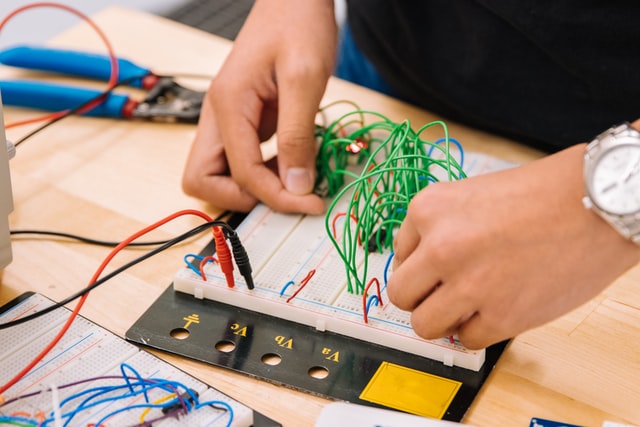 Image by Jeswin Thomas Unsplash.
Image by Jeswin Thomas Unsplash.
With the improvement in technology, many areas of our lives have changed. Robotics is essential in education as it comes with many advantages.
Students learn new skills and develop their knowledge. It helps students improve their attention, design, and teamwork skills. It brings students together to do something fun and worthwhile. Here are the main benefits of robotics in education.
- 1 Comments
- Sep 14, 2021 10:00:00 AM
- Posted by Maria Alejandra Calcetero
- Topics: Robotics, EdTech, STEM, Education, 21st Century Classroom, students, Technology, STEMchat, WomeninSTEM, Edchat, girlsinSTEM, k12, coronavirus, covid19, disinfection robots, Automation, virus-free, virus, disinfection
The Future Still Lies in Coding
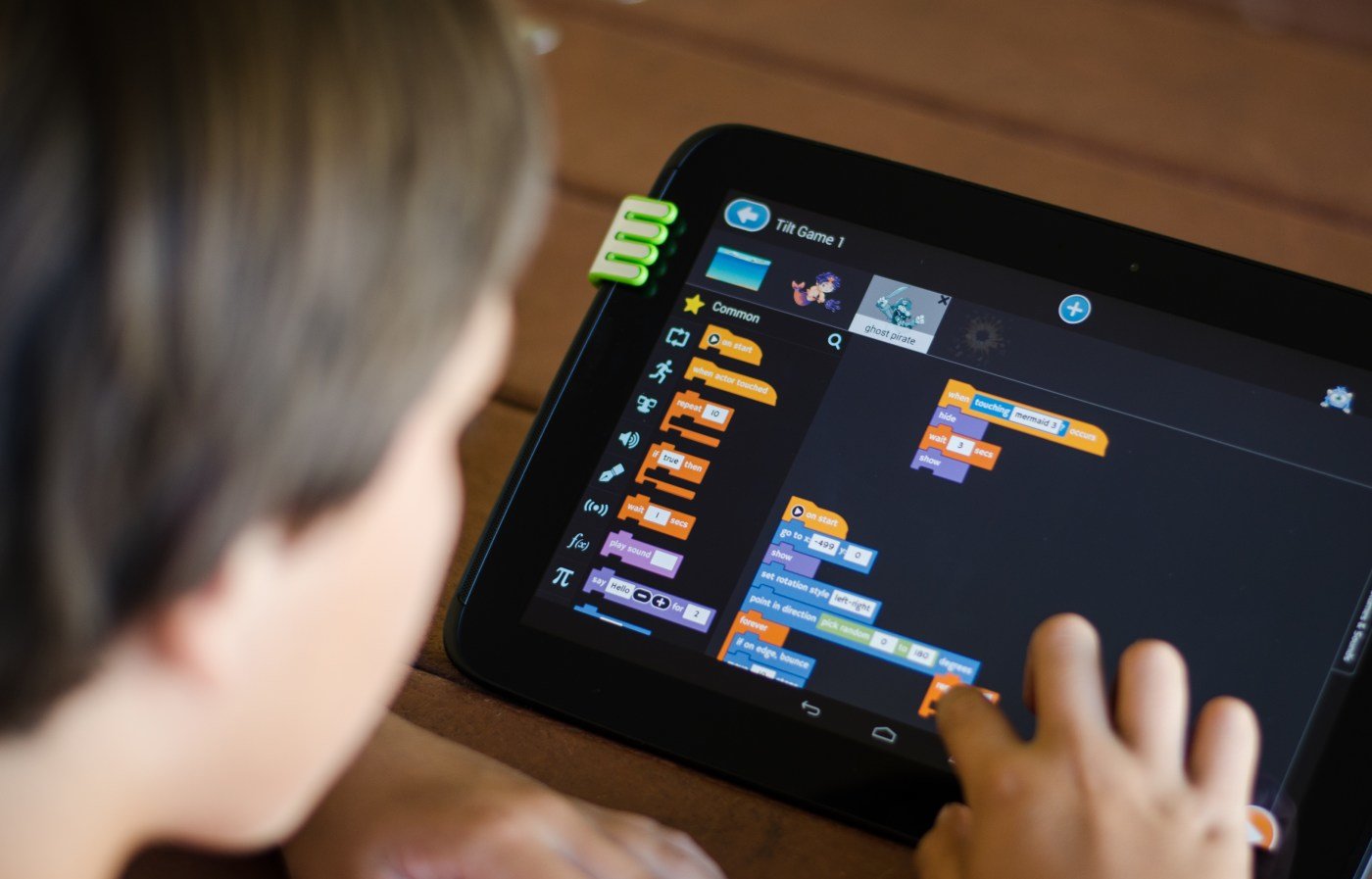 Image source: https://unsplash.com/
Image source: https://unsplash.com/
Coding is enormous in education right now.
No wonder. Coding offers so many academic benefits that schools cannot ignore its significance. Sequential processes, computational thinking, and creative problem-solving all make upcoding. It’s the new literacy in schools. There’s so much to like about coding that coding academies and boot camps are springing up everywhere.
Bootcamps can be expensive, but they are intensive. Participants learn as much as possible in three to six months, securing employment as a coder soon after that. Academies, on the other hand, tend to be more flexible. They offer coding training at all levels, and students create code in maker spaces.
Coding appeals to children of all ages. Not only are there plenty of outstanding apps with which to teach coding, but there are also schools focused intensely on learning how to code.
- 0 Comments
- Sep 13, 2021 10:00:00 AM
- Posted by Maria Alejandra Calcetero
- Topics: Robotics, EdTech, STEM, Education, 21st Century Classroom, students, Technology, STEMchat, WomeninSTEM, Edchat, girlsinSTEM, k12, coronavirus, covid19, disinfection robots, Automation, virus-free, virus, disinfection
5 Ways to Get Girls into STEM
 Photo by Nikhita S on Unsplash
Photo by Nikhita S on Unsplash
As a society, we learn about the world and advance our well-being through science and engineering. The United States may be known around the world for its higher education, but compared to many other leading and steadily emerging countries, we lack a strong focus on educating scientists and engineers. One significant reason that we have fallen behind is that we do not encourage our female students to pursue career paths in Science, Technology, Engineering, and Math (STEM).
This needs to change, as the lack of women in STEM will continue to plague our country until all students, regardless of sex, have adequate opportunities to explore math and science throughout elementary, middle, and high school. If we want to attract the best and brightest minds into the fields that will move us forward, we must look to all of the population. More women can contribute to our field, and we can help make that happen. Below are a few strategies for how we can help.
- 0 Comments
- Sep 8, 2021 10:00:00 AM
- Posted by Maria Alejandra Calcetero
- Topics: Robotics, EdTech, STEM, Education, 21st Century Classroom, students, Technology, STEMchat, WomeninSTEM, Edchat, girlsinSTEM, k12, coronavirus, covid19, disinfection robots, Automation, virus-free, virus, disinfection
Can Robotics Teach Problem Solving to Students?

Critical thinking and problem-solving skills are essential to success at university and in later life. However, the traditional classroom model has done a poor job of imparting these skills to students. The way children have learned in the classroom for generations has focused on lectures and worksheets. Past generations would depend on group sports, clubs, and teenage jobs to impart these vital skills to students.
However, new ideas suggest that robotics may hold the key to teaching problem-solving skills to students. Using robots to teach real-world skills may be a strange concept, but is it worth exploring? We think so and here’s why.
- 0 Comments
- Sep 7, 2021 10:00:00 AM
- Posted by Maria Alejandra Calcetero
- Topics: Robotics, EdTech, STEM, Education, 21st Century Classroom, Technology, STEMchat, Edchat, k12, coronavirus, covid19, disinfection robots, Automation, virus-free, virus, disinfection
How to Ensure Classroom Air Safety During COVID-19
By Steve Daniel, President, UV Health Group.
 Photo by Kelly Sikkema on Unsplash
Photo by Kelly Sikkema on Unsplash
Comparing the efficacy and value of HVAC, HEPA, and UVC systems is a good place to start when analyzing classroom air safety as in-person learning resumes.
- 0 Comments
- Sep 3, 2021 10:00:00 AM
- Posted by Maria Alejandra Calcetero
- Topics: Robotics, EdTech, STEM, Education, 21st Century Classroom, Technology, STEMchat, Edchat, k12, coronavirus, covid19, disinfection robots, Automation, virus-free, virus, disinfection
STEM, Automation, and Sustainability: Helping Create a Better Tomorrow
By Dan Matthews
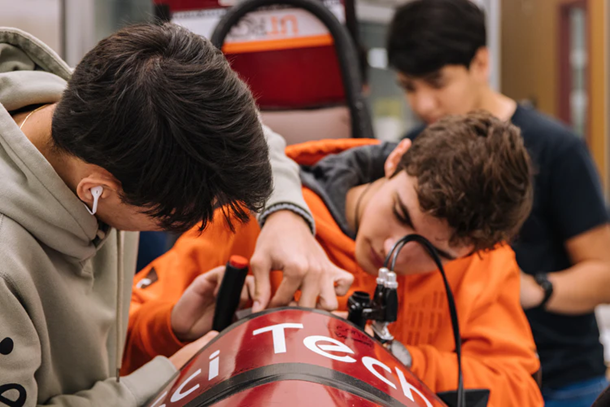 Image Source: https://unsplash.com/photos/uXsBGF5CrpU
Image Source: https://unsplash.com/photos/uXsBGF5CrpU
As global temperatures continue to rise and inclement weather events increase in frequency, the effects of climate change are readily apparent. But there’s good news in the realm of climate change: The global call for sustainable solutions has risen alongside the issue, and young people are leading the charge.
Swedish environmentalist Greta Thunberg is, of course, the most well-known of these young activists. And while Thunberg has had to deal with her fair share of criticism and haters since first speaking out in 2018, the young woman also has plenty of support from — peers, family members, and educators alike. For Thunberg, private school education catalyzed her activism, and her teachers did their best to encourage her interest in STEM.
Education and awareness of the harsh realities of climate change, as well as technological advancements in sustainability, may serve a similar purpose for students around the world. Beginning in primary school, a STEM-focused educational model helps to lay the foundation necessary for students to take their skill sets into the future and create a better, more sustainable tomorrow. Students who are passionate about sustainability may ultimately choose a career path in which they can make a real difference.
Here’s what you need to know about facilitating an interest in STEM among students of all ages, and how technological advancements in automation, waste reduction, and more fit into the overall picture.
- 0 Comments
- Sep 2, 2021 10:00:00 AM
- Posted by Maria Alejandra Calcetero
- Topics: Robotics, EdTech, STEM, Education, 21st Century Classroom, Technology, STEMchat, Edchat, k12, Automation
How To Use AI To Improve Your Online Lessons
By Nancy P. Howard
 Photo by Compare Fibre on Unsplash
Photo by Compare Fibre on Unsplash
Artificial Intelligence has played an important role in the development of a variety of industries. In fact, it has probably had an impact on any industry you can think of. Examples of new tech such as Pepper Robot which can teach Science, Programming, and Robotics prove just how many opportunities AI opens for educators specifically.
Indeed, there are many ways you can use AI to improve education, especially when it comes to e-learning. Hence, here’s how to use AI to improve your online lessons and how these practices will allow you to deliver better learning experiences to your students.
- 0 Comments
- Sep 1, 2021 10:00:00 AM
- Posted by Maria Alejandra Calcetero
- Topics: Robotics, EdTech, Education, Technology, VR, Realidad Virtual, Edchat, virtual learning
Here’s Why Digital Math Tools Are a Must-Have
 Photo by Annie Spratt on Unsplash
Photo by Annie Spratt on Unsplash
Education technology is a must, in the classroom and beyond--and digital math tools are an integral part of an ed-tech toolbox.
- 0 Comments
- Aug 31, 2021 10:00:00 AM
- Posted by Maria Alejandra Calcetero
- Topics: Robotics, EdTech, Education, Technology, VR, Realidad Virtual, Edchat, virtual learning
Service And Delivery Robots to Aid the Labor Shortages. Bring Automation to Help!
We all heard about the labor shortages that are affecting every aspect of our country in our economy, especially when it comes to the service, food, and hospitality industries.
Without enough employees, companies will only be able to complete a limited number of projects, robots are essentially not replacing individuals, not replacing employees, they are here to augment the people that are working. They are here to automate the mundane tasks that humans should not do! Check the video below and learn how.
Discover more about Business Robots with RobotLAB!
- 0 Comments
- Aug 27, 2021 10:15:42 AM
- Posted by Maria Alejandra Calcetero
- Topics: Robotics, EdTech, Education, Technology, VR, Realidad Virtual, Edchat, virtual learning
VR Expeditions 2.0 won the Tech & Learning Awards of Excellence Back To School for Primary and Secondary Education!
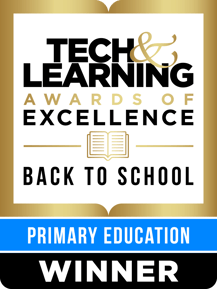 |
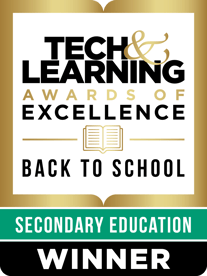 |
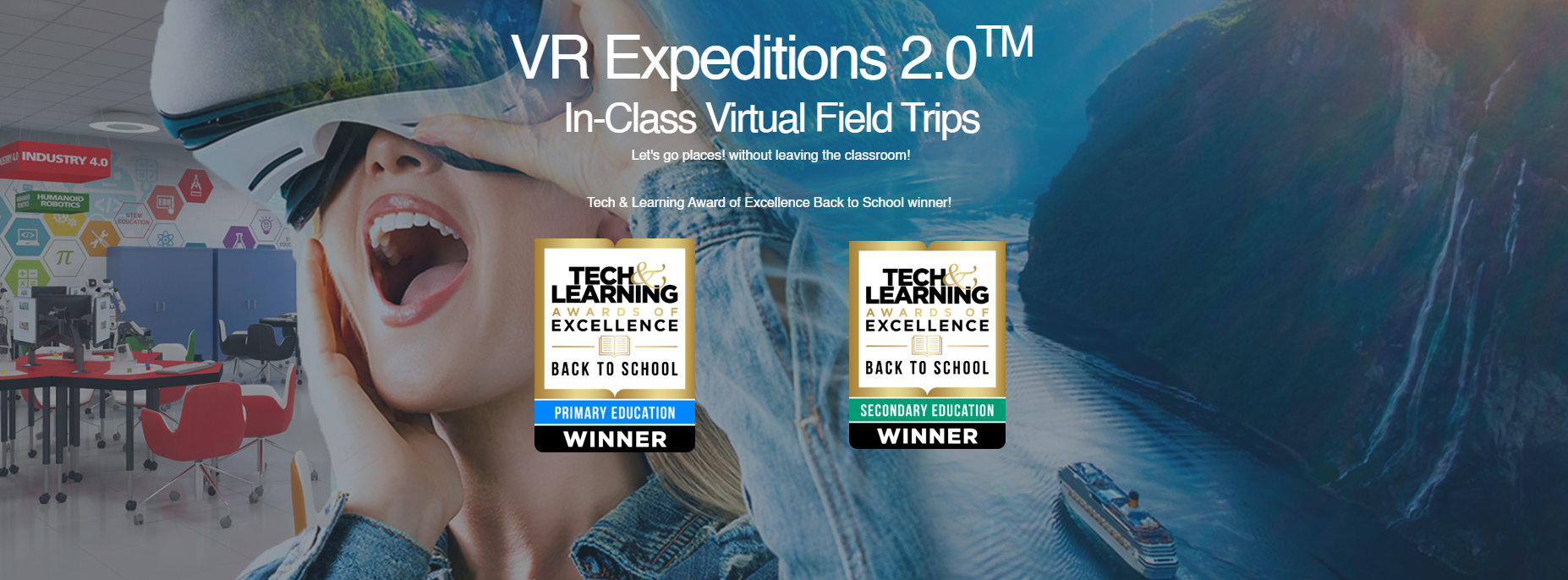
RobotLAB is excited to announce that VR Expeditions 2.0 received the Awards of Excellence Back to School for Primary and Secondary Education by Tech&Learning.
RobotLAB VR Expeditions 2.0™ is inspired by the great work Google did, and following feedback from thousands of educators, RobotLAB created a VR tool tailored to educators’ needs.
In the past four years, RobotLAB was the leading partner for Google Expeditions and the only one certified to ship Google Expeditions Kits globally. Following Google’s decision to stop their VR efforts, discontinuing Google DayDream and the Google Expeditions app, RobotLAB decided to take advantage of this opportunity and introduce VR Expeditions 2.0TM.
Some of the areas of improvement are:
Content – A unique partnership with Encyclopædia Britannica® to bring high-quality, curated, and tailored content, along with student hand-outs and additional teacher resources that make educators' life easier.
Visuals – In Expeditions 2.0™, all the 360-degrees photos and videos are high definition, 4k resolution, and designed to bring the best of the world to your classroom, in HD quality.
Classroom Management – A new feature was developed from the ground up. Now teachers can create playlists and save expeditions for offline teaching, without any need for internet access. Create classes and track the progress per class is an essential tool for educators struggling to manage their time more efficiently.
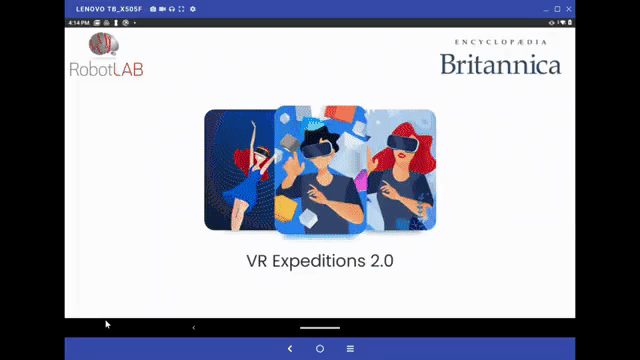
Thank you to all the team, great job!
Learn more about Expeditions 2.0 by RobotLAB!
Let's go places!
- 0 Comments
- Aug 26, 2021 2:00:00 PM
- Posted by Maria Alejandra Calcetero
- Topics: Robotics, EdTech, Education, Technology, VR, Realidad Virtual, Edchat, virtual learning
How Robots Can Help and Simplify Processes on Education
By David Walker

Robotization allows people to more efficiently perform routine tasks. Rapid technological changes that we had in the last decade must increase the range of automated systems’ possibilities. This cannot but affect the student’s curriculum. Most countries, such as the USA, Korea, China, Turkey, are increasingly investing in STEM. This is the right strategy because innovation is everywhere around us.
Robotic systems are becoming more common every year. Such machines are useful for people of different specialties and students. So we decide to find out how advanced systems can affect the quality of education. This is an important issue for business leaders, students, and teachers who will need to improve their lectures.
There are thousands of enthusiasts who are confident that the time has come for AI systems. But that's not so clear considering the hardware costs. Of course, most students can use programmed robots in computer science lessons or during coaching.
- 0 Comments
- Aug 26, 2021 10:00:00 AM
- Posted by Maria Alejandra Calcetero
- Topics: Robotics, STEM, Education, Curriculum, Robots,, Learning, Innovation, Makerspace, Educators, teaching, distance learning, Automation, Online Learning
Back to school 2021/2022: predictions and expectations
 Photo by Paul Siewert on Unsplash
Photo by Paul Siewert on Unsplash
A new academic year is beginning soon. While the global pandemic seems to have become more manageable at the time of writing, this back-to-school season won’t certainly be like any other. Let’s take a closer look at some predictions, expectations, and considerations for the 2021/2022 school year.
With almost two years in a row of unusual learning, this Autumn will probably feel like a breath of fresh air. All things considered, teachers, students, and administrators will most likely get familiar with a new normal rather than returning to a long-awaited back to normal. And this doesn’t necessarily mean bad news.
Technology has surely allowed schools and teachers to overcome several challenges of the remote learning scenario. Plus, it has proven to be particularly effective in supporting students during such a challenging period. The demand for digital classrooms significantly increased in the past year, setting in motion a major revolution in the educational landscape. The “age of remote learning” taught us several valuable lessons we mustn’t forget as we approach the new academic year.
- 0 Comments
- Aug 25, 2021 10:00:00 AM
- Posted by Maria Alejandra Calcetero
- Topics: Robotics, STEM, Education, Curriculum, Robots,, Learning, Innovation, Makerspace, Educators, teaching, distance learning, Automation, Online Learning, Educational Robots, schools
3 Ways STEM Learning Supports the Future of Work
 Photo by Mira Kireeva on Unsplash
Photo by Mira Kireeva on Unsplash
Learn how educators are using STEM learning to frame their classrooms around student success now—and in the future.
- 0 Comments
- Aug 24, 2021 10:00:00 AM
- Posted by Maria Alejandra Calcetero
- Topics: Robotics, STEM, Education, Curriculum, Robots,, Learning, Innovation, Makerspace, Educators, teaching, distance learning, Automation, Online Learning, Educational Robots, schools
AI Role in E-Learning Applications
By Ibrahim Ismail
.jpg?width=1920&name=web-3963945_1920%20(1).jpg) Image by Gerd Altmann from Pixabay
Image by Gerd Altmann from Pixabay
Many definitions defined artificial intelligence since the theory of AI comes on the surface. However, it keeps changing with time, but the definitions are generally used to describe AI. Likewise, AI is a study of developing intelligent systems and machines. Moreover, the devices can work and behave like humans. There are plenty of machines that have been designed in an approach of AI. There are two types of AI weak AI, and the other one is strong AI.
Firstly, let's discuss weak AI, which is also known as narrow AI. It's an intelligence that performs some specific task. It allows building some special applications. Some applications have been developed in weak AI logic, For instance, Apple Siri and Amazon Alexa.
Secondly, strong AI or you can call it artificial superintelligence. It promotes the idea of a machine to perform equal to the human. Similarly, this machine is equipped with self-aware consciousness, which can think, behave, and resolve issues like humans, such as science fiction, the superhuman, or a supercomputer.
Moreover, AI also refers to terms like Machine learning and Deep learning, but they are not the same. Meanwhile, ML is a subdivision of AI and DL is a sub-region of ML. ML is the most familiar type of AI. The essential use of ML is to transfer data quickly.
Similarly, mobile application development for e-learning is a path of the future that keeps evolving. Every mobile application development company is keen on learning AI and including it in their app developing strategy.
Meanwhile, AI can be learning as a machine that has a consciousness and problem-solving sense resemble approaches like humans. These attributes make it separate from other devices.
- 0 Comments
- Aug 23, 2021 10:00:00 AM
- Posted by Maria Alejandra Calcetero
- Topics: Robotics, STEM, Education, Curriculum, Robots,, Learning, Innovation, Makerspace, Educators, teaching, distance learning, Automation, Online Learning, Educational Robots, schools
Ensuring That All Students Can See Themselves in STEM
 Photo by Marília Castelli on Unsplash
Photo by Marília Castelli on Unsplash
Meeting professionals of color in science, technology, engineering, and math can be a game-changer for high school students.
- 0 Comments
- Aug 20, 2021 10:00:00 AM
- Posted by Maria Alejandra Calcetero
- Topics: Robotics, STEM, Education, Curriculum, Robots,, Learning, Innovation, Makerspace, Educators, teaching, distance learning, Automation, Online Learning, Educational Robots, schools
3 Ways to Build Better Edtech Processes for Teaching and Learning
By Maxwell Witt
 Photo by jose aljovin on Unsplash
Photo by jose aljovin on Unsplash
Burnout in the education system highlights the importance of technology integration to improve edtech processes.
- 0 Comments
- Aug 18, 2021 10:00:00 AM
- Posted by Maria Alejandra Calcetero
- Topics: Robotics, STEM, Education, Curriculum, Robots,, Learning, Innovation, Makerspace, Educators, teaching, distance learning, Automation, Online Learning, Educational Robots, schools
Two Ways Using Educational Robotics In Schools Saves Teachers Time For Creative Work
By Amanda Dudley
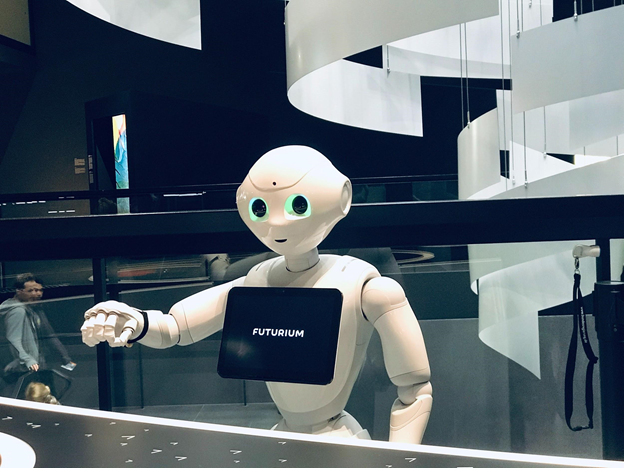 Photo by Fitore Fazliu on Unsplash
Photo by Fitore Fazliu on Unsplash
As a teacher, what would you give to have a few extra hours in your workweek for yourself? A few extra hours during which you can put your feet up and complete that novel you've been working on for months.
This sounds like a dream that may never come true unless you discover a magical lamp with a genie trapped inside it. Nevertheless, thanks to technology, this dream is gradually coming to life.
In today's world, educational robots are a phenomenon that's rapidly infiltrating the educational system. More and more teachers are integrating robotics into STEM classes and even art lessons, making the learning process more seamless and fun.
However, this educational revolution offers other benefits for overworked teachers. Recent studies have shown that robotics in education can help teachers save time, and we'll show you how in a bit.
- 0 Comments
- Aug 17, 2021 10:00:00 AM
- Posted by Maria Alejandra Calcetero
- Topics: Robotics, STEM, Education, Curriculum, Robots,, Learning, Innovation, Makerspace, Educators, teaching, distance learning, Automation, Online Learning, Educational Robots, schools
Is Google Arts and Culture a Good Replacement for Google Expeditions?
Since Google Expeditions was discontinued on June 30, 2021, Google redirects everyone to use the Google Arts and Culture app and presents it as a replacement for Expeditions.
Google listed a lot of content from all around the world in the app, but is it a good solution for in-class virtual reality field trips?
Google Arts and Culture app include many of the experiences that were available on Google Expeditions. However, we at RobotLAB tried and tested the app and there are major differences and issues we wanted you to be aware of.
Our teacher partners have shared with us their thoughts on Google's alternative, and they all mainly agree:
Google Arts and Culture is a great source for content, but NOT suitable for in-class virtual field trips.
- 0 Comments
- Aug 14, 2021 4:30:00 PM
- Posted by Natalia Galvis
- Topics: EdTech, STEM, Curriculum, teachers, Coding, students, Expeditions, VR, Realidad Virtual, Edchat, Digital Technology, Google Expeditions, teaching, online, Virtual Reality, Expeditions 2.0
How to Teach 3D Printing in Distance-Learning Classrooms
 Photo by ZMorph All-in-One 3D Printers on Unsplash
Photo by ZMorph All-in-One 3D Printers on Unsplash
As 3D printing technology continues to develop, it’s no surprise that more educational institutions are teaching students how to use it to their advantage.
3D printing is found in various career fields, so introducing children to it at a young age can help them identify what they’d be interested in doing as they grow older. Educators must be trained and informed about this technology to pass their knowledge on to generations that will eventually make up the workforce.
As the pandemic continues to impact all facets of our lives, some K-12 schools are adopting hybrid learning models — where students participate both in-person and online. Many educators had to learn new technologies to accommodate this change and adapt to new learning platforms.
3D printing is a growing technology with various applications that will likely become commonplace in educational institutions. One of its significant benefits is the ability to create models using remote software.
For example, if a student creates a model on their home computer, it can be sent to the school for the final printing phase. Teachers can then provide feedback in-person, through email, or on a learning platform, like Moodle or Blackboard.
You may be wondering how to teach students about 3D printing outside the classroom. Here are some alternative methods and how you can assist students with this new academic topic.
- 1 Comments
- Aug 13, 2021 10:00:00 AM
- Posted by Natalia Galvis
- Topics: Robotics, STEM, Curriculum, Learning, Innovation, Makerspace, 3D-Printer, teaching, distance learning, Online Learning, 3D printing
STEAM & EdTech: The Perfect Match for Cross-Curricular Classroom Activities
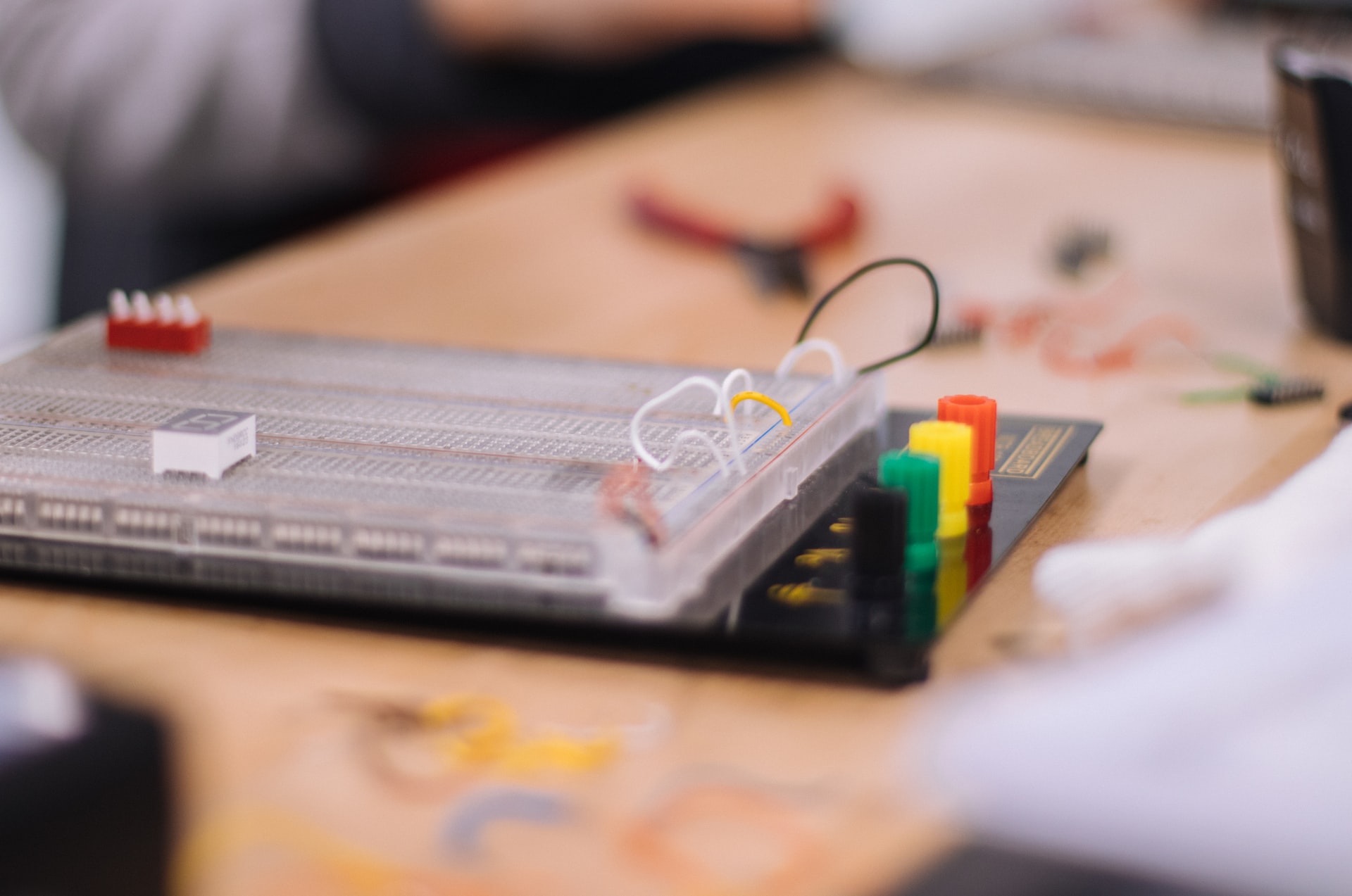 Photo by Jeswin Thomas on Unsplash
Photo by Jeswin Thomas on Unsplash
STEAM learning is arguably the most effective approach to prepare young students for the demands of the future. It represents a turning point in education because it creates a bridge between subjects that were traditionally studied separately, and EdTech is the perfect enabler to project cross-curricular classroom activities.
Creativity, innovation, leadership, critical thinking, problem-solving are only a few of the key soft skills that STEAM can foster.
- 0 Comments
- Aug 10, 2021 10:00:00 AM
- Posted by Natalia Galvis
- Topics: Robotics, Local News, STEM, Curriculum, Robots,, partnership, Softbank Robotics
RobotLAB is SoftBank's Master Distributor of Pepper and NAO robots in the USA/Canada
In our continuous efforts to keep you informed about the progress of SoftBank Robotics restructuring, we would like to provide you with the latest information.
As some articles are potentially creating confusion for you, we would like to share with you facts to clarify the situation and the future of our robots.
- 0 Comments
- Aug 5, 2021 1:26:42 PM
- Posted by Natalia Galvis
- Topics: Robotics, Local News, STEM, Curriculum, Robots,, partnership, Softbank Robotics
6 Ways Edtech Tools Help Teachers Save Time
By Josiah Torvik, Teacher, St. Cloud Area MN School District 742
Edtech tools can prove invaluable to teachers who have limited time to juggle planning, teaching, and grading.
 Photo by Compare Fibre on Unsplash
Photo by Compare Fibre on Unsplash
- 0 Comments
- Aug 5, 2021 10:00:00 AM
- Posted by Natalia Galvis
- Topics: EdTech, STEM, Curriculum, Problem Based Learning (PBL), Artificial Intelligence, teachers, Coding, students, Codificación, Edchat, AI, Digital Technology, teaching, online, Inteligencia Artificial
How AI Technologies Support School Safety

Technology has advanced to the point where many tools, including AI technologies, can alert educators of danger before a disaster occurs.
- 0 Comments
- Aug 2, 2021 10:00:00 AM
- Posted by Natalia Galvis
- Topics: EdTech, STEM, Curriculum, Problem Based Learning (PBL), Artificial Intelligence, teachers, Coding, students, Codificación, Edchat, AI, Digital Technology, teaching, online, Inteligencia Artificial
5 Reasons to Set Up a Coding Program in your District
 Photo by Goran Ivos on Unsplash
Photo by Goran Ivos on Unsplash
Here’s how one Washington district has made coding a priority, even during the pandemic shutdown
- 0 Comments
- Jul 30, 2021 10:00:00 AM
- Posted by Natalia Galvis
- Topics: EdTech, STEM, Curriculum, Problem Based Learning (PBL), teachers, Coding, students, Codificación, Edchat, Digital Technology, teaching, online
4 Ways Artificial Intelligence is Revolutionizing Education
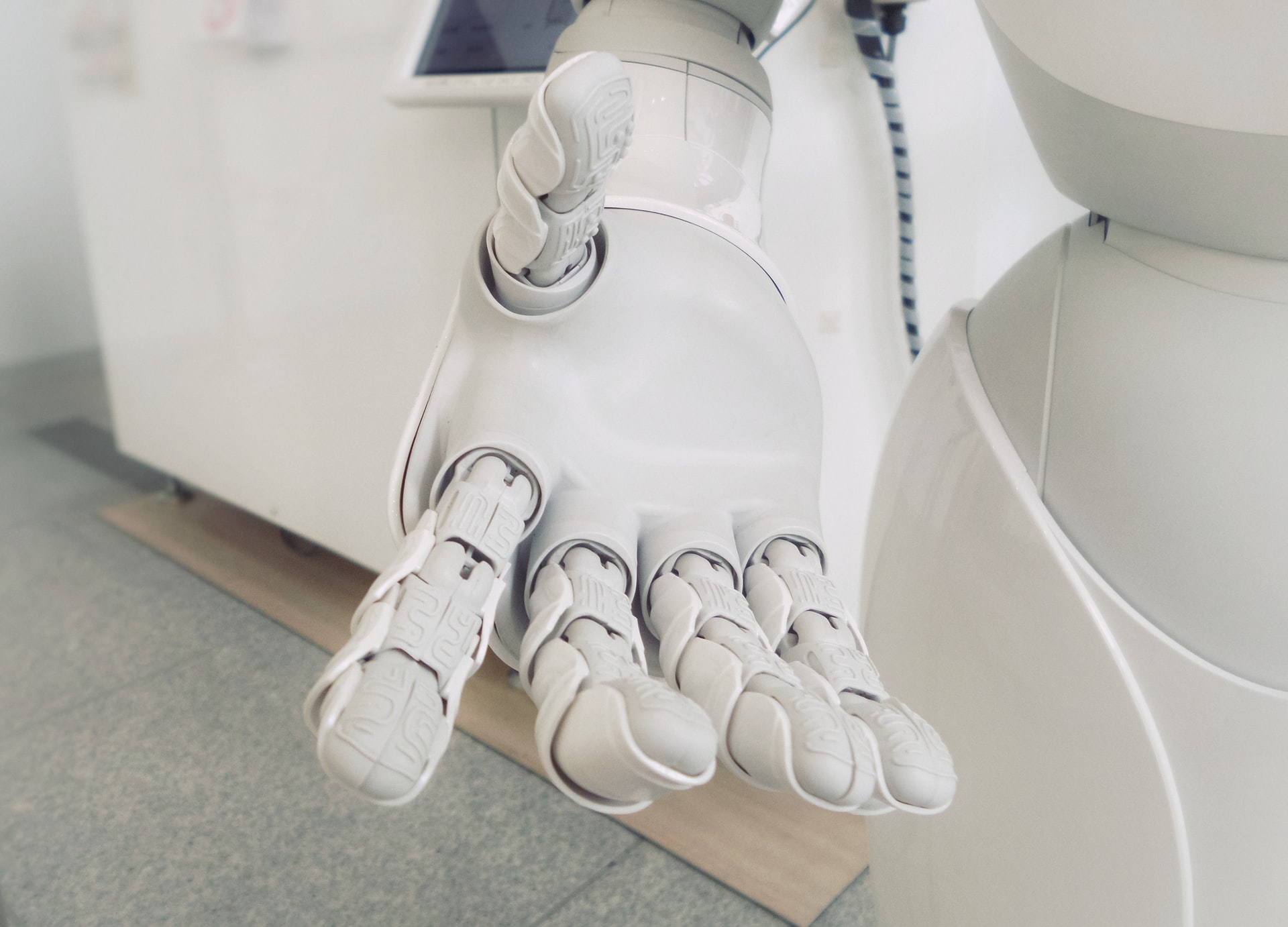 Photo by Possessed Photography on Unsplash
Photo by Possessed Photography on Unsplash
Educators are using AI tools to assess students' skills and weaknesses, and students are benefiting from peer-to-peer learning and customized study guides. Here's a closer look at how some companies are developing artificial intelligence programs to improve education.
- 0 Comments
- Jul 29, 2021 10:00:00 AM
- Posted by Natalia Galvis
- Topics: EdTech, STEM, Grants, Curriculum, Problem Based Learning (PBL), teachers, students, Edchat, Digital Technology, teaching, online, funding, funds
How the 4 Cs prepare students for the real world
 Photo by Sandy Millar on Unsplash
Photo by Sandy Millar on Unsplash
The 4 Cs are more than skills taught in school--they'll stick with students throughout their academic, professional, and personal growth.
- 0 Comments
- Jul 28, 2021 10:00:00 AM
- Posted by Natalia Galvis
- Topics: EdTech, STEM, Grants, Curriculum, Problem Based Learning (PBL), teachers, students, Edchat, Digital Technology, teaching, online, funding, funds
How is technology impacting literacy?
By Content Provided by Stride, Inc.
 Photo by August de Richelieu from Pexels
Photo by August de Richelieu from Pexels
Literacy education is evolving to meet the needs of modern society--but the basics of picking up a physical book remain important
- 0 Comments
- Jul 22, 2021 10:00:00 AM
- Posted by Natalia Galvis
- Topics: EdTech, STEM, Grants, Curriculum, Problem Based Learning (PBL), teachers, students, Edchat, Digital Technology, teaching, online, funding, funds
Teachers, bring to life storytelling in your classroom with Pepper and NAO robots!
When we couple the storytelling concept along with their innate nature, it is clear to understand how utilizing both Pepper and NAO as a storyteller is an essential role for these social robots.
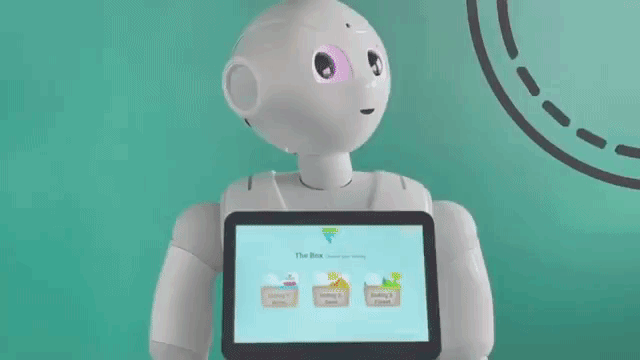
- 1 Comments
- Jul 20, 2021 11:54:31 AM
- Posted by Natalia Galvis
- Topics: EdTech, STEM, Grants, Curriculum, Problem Based Learning (PBL), teachers, students, Edchat, Digital Technology, teaching, online, funding, funds
6 Major Companies Supporting STEM Learning Programs
By Devin Partida
 Photo by Visual Stories || Micheile on Unsplash
Photo by Visual Stories || Micheile on Unsplash
A growing digital economy is bolstering demand for occupations in science, technology, engineering, and math. This growth will add more than half a million new computer jobs over the next eight years. However, a shortage of STEM professionals means many of these positions may remain empty.
That’s why education has quickly become a front-and-center issue for talent-hungry corporations. To encourage more interest in STEM fields, major companies are supporting learning programs by offering grants, resources, and new opportunities to the next generation of innovators.
- 0 Comments
- Jul 19, 2021 10:00:00 AM
- Posted by Natalia Galvis
- Topics: EdTech, STEM, Grants, Curriculum, Problem Based Learning (PBL), teachers, students, Edchat, Digital Technology, teaching, online, funding, funds
10 Exciting Courses That Future STEM Students Should Look Into
By Andi Croft
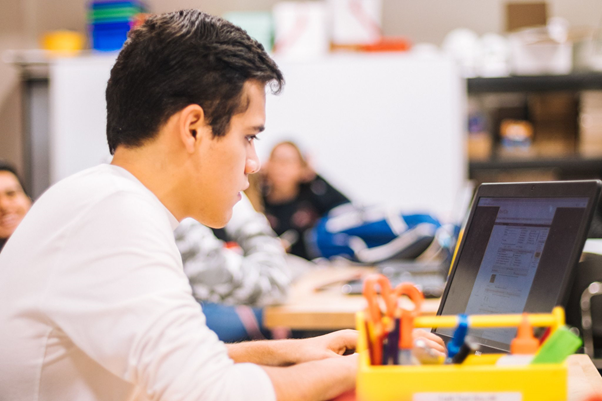 Photo source: https://unsplash.com/photos/IjYmtMogTlE
Photo source: https://unsplash.com/photos/IjYmtMogTlE
So you have probably heard about STEM, which stands for Science, Technology, Engineering, and Math.
These fields pay special attention to critical thinking, problem-solving, and innovation. As such, STEM makes a fast-growing industry.
For one, there is an increasing demand for scientific and technological innovations. More so in today's knowledge-based economies. That said, the need for a STEM-based education has also become higher.
This is why there is a growing number of educational institutions that offer STEM-related courses. And while it can be challenging to learn, there are engaging STEM curriculum and learning strategies you can do.
In this post, we have listed ten exciting STEM-related courses you can check out and what you should expect.
- 0 Comments
- Jul 16, 2021 10:00:00 AM
- Posted by Natalia Galvis
- Topics: EdTech, STEM, Education, teachers, students, Technology, Innovation, Edchat, Digital Technology, Educators, online, distance learning, lessons, Online Learning
5 Main Roles Of Artificial Intelligence In Education
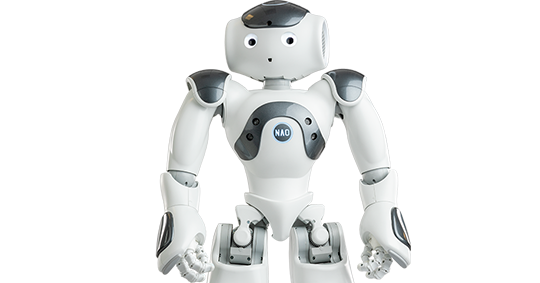
The global adoption of technology in education is transforming the way we teach and learn. Artificial Intelligence is one of the disruptive techniques to customize the experience of different learning groups, teachers, and tutors.
- 0 Comments
- Jul 15, 2021 10:00:00 AM
- Posted by Natalia Galvis
- Topics: EdTech, STEM, Education, teachers, students, Technology, Innovation, Edchat, Digital Technology, Educators, online, distance learning, lessons, Online Learning
How to Get your Educators Excited About Using EdTech
 Photo by Avel Chuklanov on Unsplash
Photo by Avel Chuklanov on Unsplash
The pandemic has taken a toll on all our institutions, and schools aren’t exempt. School leaders know that schools are closed, but teaching must go on, and; learning must go on.
Schools have moved to online learning. Educators are working from home, delivering classes to learners over the video, preparing lesson plans, collaborating with other educators, amongst many other tasks. Educators are working harder and longer, and many are exploring the edtech at their disposal. It is a big change that requires school leaders to manage their educators’ motivation to prevent loss in productivity and burn-out.
Here are a few strategies to make sure your educators remain motivated and online schooling continues smoothly.
- 0 Comments
- Jul 13, 2021 10:45:29 AM
- Posted by Natalia Galvis
- Topics: EdTech, STEM, Education, teachers, students, Technology, Innovation, Edchat, Digital Technology, Educators, online, distance learning, lessons, Online Learning
Summer break checklist for teachers: 5 ideas and tips
 Photo by Christina @ wocintechchat.com on Unsplash
Photo by Christina @ wocintechchat.com on Unsplash
It has been a very long and challenging two-year period for schools all around the world. And if you are a teacher, you probably can relate. But you made it through and now you can finally relax!
You are probably asking what’s next when school starts again for the 2021/2022 academic year. Even though the global scenario is slowly getting back to normal for most countries, uncertainty is still there. One thing is for sure: you need to recharge your batteries and get in the right mindset. Grab your notebook, we have made up a list of 5 ideas and tips to help you create your own Summer break checklist!
- 0 Comments
- Jul 12, 2021 10:53:47 AM
- Posted by Natalia Galvis
- Topics: EdTech, STEM, students, Technology, Innovation, Edchat, Jobs, STEMjobs, Digital Technology, online, lessons, careers
How Important Is Technology in Nowadays’ Education
By Ryan Pell
 Photo by ThisisEngineering RAEng on Unsplash
Photo by ThisisEngineering RAEng on Unsplash
Growing up, most of us had a teacher who refused to implement technology in the lessons. They had their trusty old textbook and thought that everything that’s written there would remain true through the ages.
However, that’s not how education works. It evolves rapidly, thanks to technology for the most part. According to Promethean, the focus on boosting student engagement with tech has increased by 29%. And yet, the implementation of EdTech is the priority for only 39% of U.S. schools.
Today, we’re going to take a look at the role technology plays in today’s education and why more schools should give it a priority.
- 0 Comments
- Jul 8, 2021 10:00:00 AM
- Posted by Natalia Galvis
- Topics: EdTech, STEM, students, Technology, Innovation, Edchat, Jobs, STEMjobs, Digital Technology, online, lessons, careers
Pepper Robot Debut a Small/Medium Business Version
This affordable package allows small businesses struggling with labor shortages to automate their customer service and user experience.
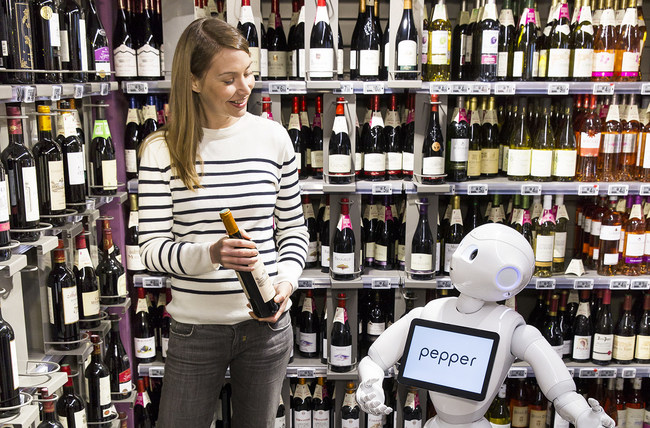 Pepper Robot Wine Store RobotLAB
Pepper Robot Wine Store RobotLAB
- 0 Comments
- Jul 7, 2021 6:25:12 PM
- Posted by Natalia Galvis
- Topics: EdTech, STEM, students, Technology, Innovation, Edchat, Jobs, STEMjobs, Digital Technology, online, lessons, careers
How To Prepare Students For The Jobs of The Future
By Joe Lombardi
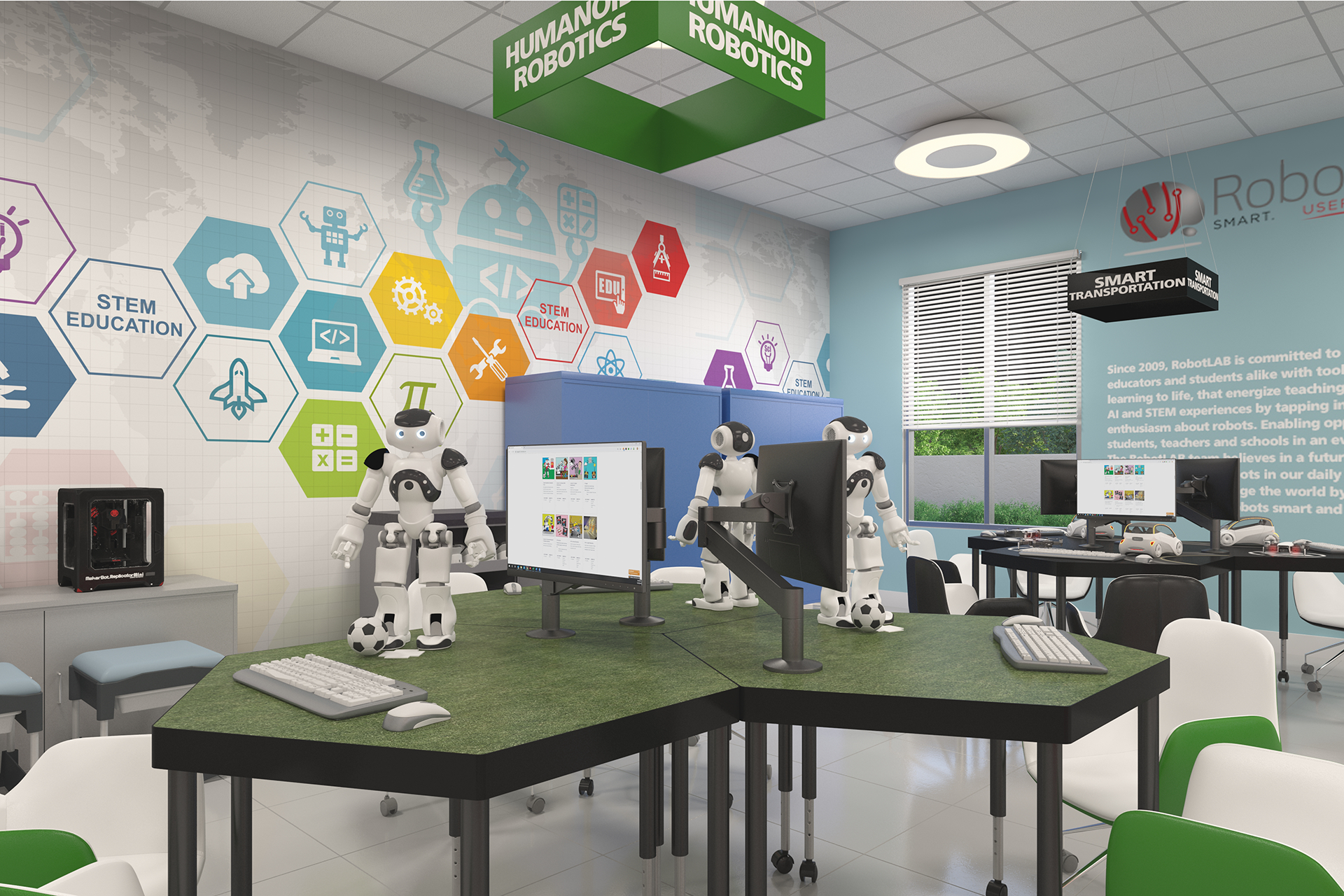
Educating today's students for tomorrow's nonexistent jobs can be a challenge--one educators should be prepared to meet.
- 0 Comments
- Jul 7, 2021 10:00:00 AM
- Posted by Natalia Galvis
- Topics: EdTech, STEM, students, Technology, Innovation, Edchat, Jobs, STEMjobs, Digital Technology, online, lessons, careers
Google Expeditions Is Gone, Now What?
The long-time Educator's favorite app, Google Expeditions, was discontinued today. A replacement app is available now for educators: VR EXPEDITIONS 2.0 from RobotLAB Inc.
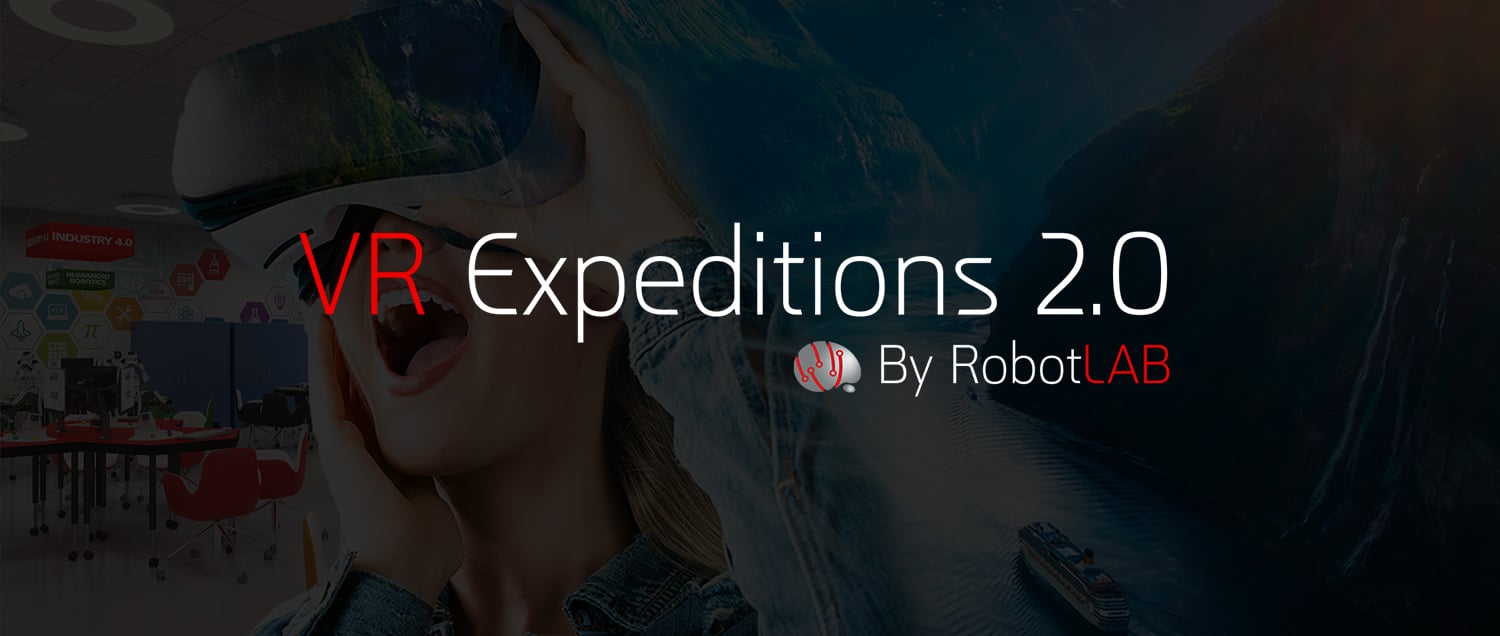
- 3 Comments
- Jul 2, 2021 10:25:28 AM
- Posted by Natalia Galvis
- Topics: EdTech, STEM, students, Technology, Expeditions, Innovation, Realidad Virtual, Edchat, Digital Technology, online, Virtual Reality, virtual learning, lessons, Expeditions 2.0
5 Ways to Boost Student Engagement with STEM Learning Strategies
These student engagement strategies can help educators create authentic learning experiences for all students using digital tools.
- 0 Comments
- Jul 2, 2021 10:00:00 AM
- Posted by Natalia Galvis
- Topics: EdTech, STEM, students, Technology, Innovation, Edchat, Digital Technology, online, lessons
How Learning Is Improving With Digital Transformation
 Photo by John Schnobrich on Unsplash
Photo by John Schnobrich on Unsplash
The digital transformation of the economy has impacted every industry. Some of the most significant changes from that transformation have been in education.
New digital developments like remote learning, artificial intelligence (AI), virtual reality (VR), and augmented reality (AR) all have the potential to radically transform how education is delivered and experienced.
Educators and EdTech developers are working to apply these innovations to the industry. Some of their experiments have already had a major impact on classrooms around the world.
- 0 Comments
- Jun 30, 2021 10:00:00 AM
- Posted by Natalia Galvis
- Topics: EdTech, STEM, students, Technology, Innovation, Edchat, Digital Technology, online, lessons
How Hidden Classroom Dynamics Can Stymie Girls in STEM
By Youki Terada
If we want to close the gender gap in science, we need to look at the invisible forces that shape classroom culture.
- 0 Comments
- Jun 29, 2021 10:00:00 AM
- Posted by Natalia Galvis
- Topics: Robotics, EdTech, STEM, Computer Science, Problem Based Learning (PBL), teachers, Coding, Robots,, students, STEMchat, Edchat, Digital Technology, teaching, online
4 Steps to Maximize Summer Learning
 Photo by Start Digital on Unsplash
Photo by Start Digital on Unsplash
Summer learning will play a critical role in students' return to full-time in-person learning this fall.
- 0 Comments
- Jun 25, 2021 10:00:00 AM
- Posted by Natalia Galvis
- Topics: Robotics, EdTech, STEM, Computer Science, Problem Based Learning (PBL), teachers, Coding, Robots,, students, STEMchat, Edchat, Digital Technology, teaching, online
Turn To Coding And Robotics If You Want Your Students To Posses a Growth Mindset
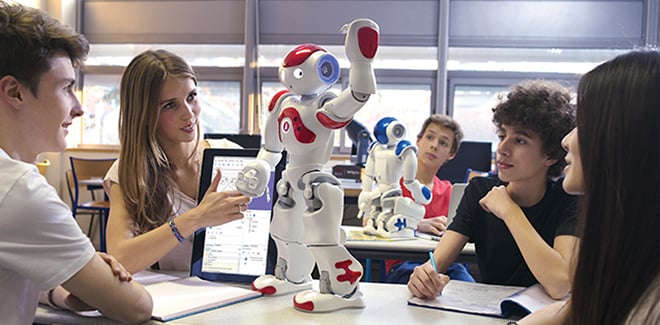
Diligence, a curious spirit, and perseverance are qualities we desire to see in our students. These traits are elements of the “growth mindset.” Teaching students coding presents one of the best opportunities to develop and nurture kids’ growth mindset in the school setting. This article shows five scenarios to support this position.
- 0 Comments
- Jun 24, 2021 10:00:00 AM
- Posted by Natalia Galvis
- Topics: Robotics, EdTech, STEM, Computer Science, Problem Based Learning (PBL), teachers, Coding, Robots,, students, STEMchat, Edchat, Digital Technology, teaching, online
Setting Students Up for Careers in Computer Science
By Dan Matthews
 Image Source: Pexels
Image Source: Pexels
Discussing careers with students can be challenging. After all, a lot of weight is often placed upon the subject. As a teacher, you're expected to provide insights into potential careers that empower students to thrive beyond school.
In this regard, computer science can be a great area of discussion and exploration. It has increasing relevance in the current digital landscape. There is also a growing number of professions it can be applied to. These factors, among others, can make it an important consideration. Indeed, it is part of the reason that it is imperative to teach computer science in schools. Yet, it has something of a dry reputation. Students who may not be inclined toward the science, technology, engineering, and math (STEM) subjects run the risk of missing out on careers that enrich their adult lives.
So, how can you best go about setting students up for careers in computer science? Let’s take a closer look at some areas of consideration.
- 0 Comments
- Jun 23, 2021 10:00:00 AM
- Posted by Natalia Galvis
- Topics: Robotics, EdTech, STEM, Computer Science, Problem Based Learning (PBL), teachers, Coding, Robots,, students, STEMchat, Edchat, Digital Technology, teaching, online
3 reasons virtual STEM is here to stay
By Alan Downward, Ph.D., Science Team, Flinn Scientific

Virtual STEM offers engaging learning opportunities for students—opportunities that have proved essential during COVID.
- 0 Comments
- Jun 22, 2021 10:00:00 AM
- Posted by Natalia Galvis
- Topics: Robotics, EdTech, STEM, Problem Based Learning (PBL), teachers, Robots,, students, STEMchat, Edchat, Digital Technology, teaching, online
Student Robotics and the K-12 Curriculum
By Mark Gura
Having been involved with student robotics programs for many years, I feel that robotics just may be the most perfect instructional approach currently available. It offers classroom activities that teach high-value STEM content as well as opportunities to powerfully address ELA Common Core Standards. In fact, there are connections to robotics across the full spectrum of the curriculum. Robotics is also a highly effective way to foster essential work skills like collaboration, problem-solving, and project management. It does all this while keeping kids so motivated and engaged than getting them to stop working and move on to the rest of the school day can be a challenge -- a good problem to have!
- 0 Comments
- Jun 21, 2021 10:00:00 AM
- Posted by Natalia Galvis
- Topics: Robotics, Problem Based Learning (PBL), teachers, Robots,, students, Edchat, Digital Technology, teaching, online
SoftBank Robotics America and RobotLAB Announce Exclusive Channel Partnership to Offer Pepper and NAO in North America
RobotLAB will also distribute Whiz in select markets as part of the Whiz Partnership Program.
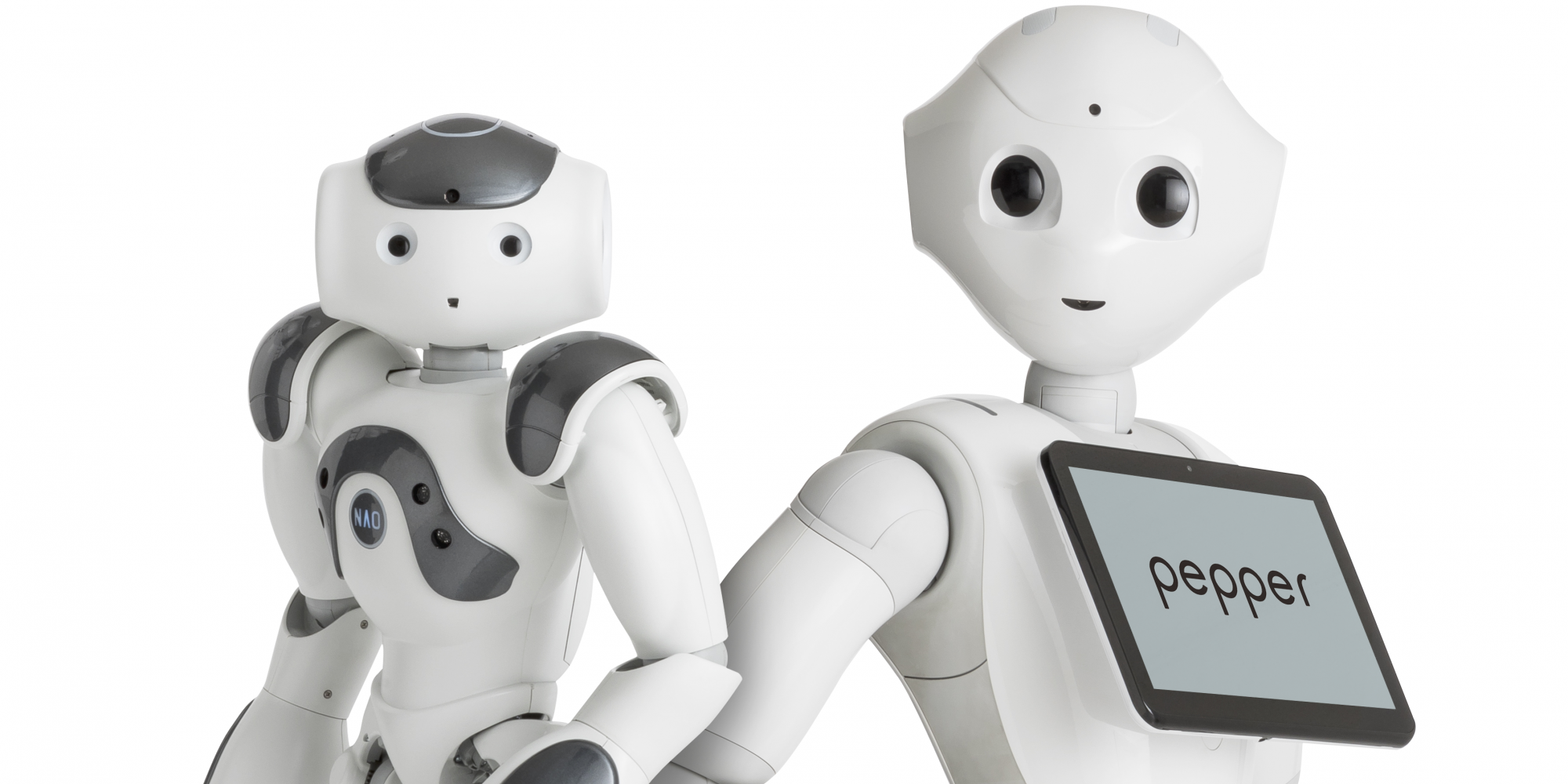
SAN FRANCISCO -- June 17, 2021-- RobotLAB Inc., (RobotLAB) the leading robotics integrator, and SoftBank Robotics America (SBRA) announced today that the humanoid robots Pepper and NAO are now exclusively available through RobotLAB in North America. The partnership also expands Pepper’s previous industry and STREAM education focus areas to a broader range of applications, and marks RobotLAB’s debut as one of SBRA’s Whiz Partners.
- 0 Comments
- Jun 17, 2021 6:05:51 PM
- Posted by Natalia Galvis
- Topics: Problem Based Learning (PBL), teachers, students, Edchat, Digital Technology, teaching, online, PR, Press Release
The 5 Best STEM Careers in Renewable Energy
By Devin Partida
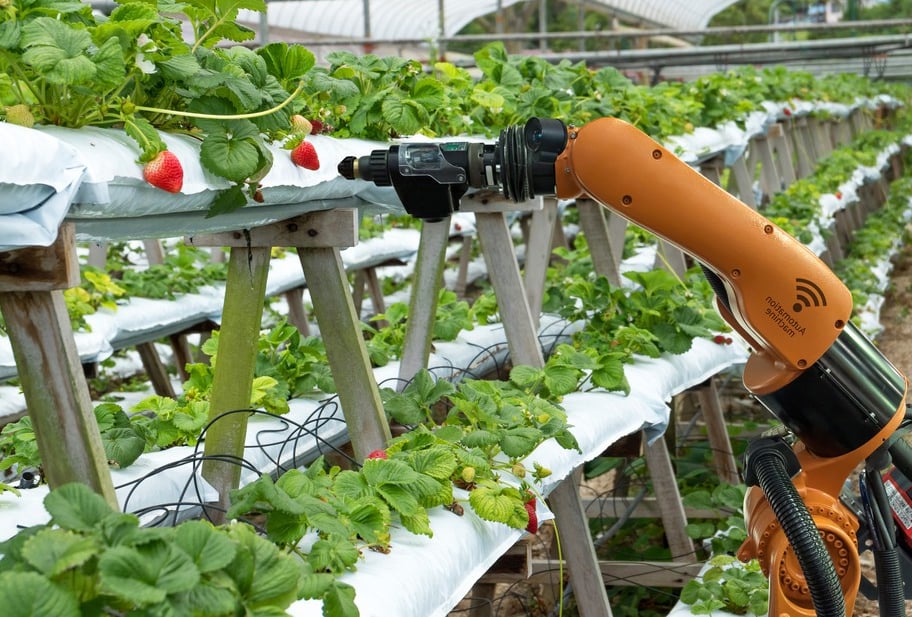
The world may move to only using renewable energy in the coming years. To make this transition, we must have a generation of problem solvers to help us reach a greener future.
Science, technology, engineering, and mathematics (STEM) education has been growing in popularity in recent years. Some see this as a trending academic discipline that may pass, while others emphasize the role it will play in renewable energy. Educators and teachers can encourage students to pursue degrees in STEM and enter the renewables market.
In the first five months of 2020, over 25% of electricity in the country was powered by renewable sources. Students will significantly benefit from an early introduction to STEM, and the hope is that they will be able to land a job in their respective fields.
One common goal between many countries is to reach net-zero emissions before the next decade. Replacing traditional energy sources with new technologies will aid in achieving that goal as well as create well-paying jobs for individuals. We need individuals with a STEM background to help us reach this critical goal.
Let’s explore some possible careers that students with STEM backgrounds could potentially enter.
- 0 Comments
- Jun 16, 2021 10:00:00 AM
- Posted by Natalia Galvis
- Topics: EdTech, STEM, Grants, Curriculum, Problem Based Learning (PBL), teachers, students, Edchat, Digital Technology, teaching, online, funding, funds
Unlocking the Code for Robotics in the Classroom
Teaching robotics to elementary students can enhance sensory learning, improve socialization, provide opportunities for hands-on innovation, and raise the level of rigor.
- 0 Comments
- Jun 14, 2021 11:00:00 AM
- Posted by Natalia Galvis
- Topics: EdTech, STEM, Grants, Curriculum, Problem Based Learning (PBL), teachers, students, Edchat, Digital Technology, teaching, online, funding, funds
5 ways to boost student engagement with STEM learning strategies
These student engagement strategies can help educators create authentic learning experiences for all students using digital tools.
- 0 Comments
- Jun 10, 2021 10:00:00 AM
- Posted by Natalia Galvis
- Topics: EdTech, STEM, Grants, Curriculum, Problem Based Learning (PBL), teachers, students, Edchat, Digital Technology, teaching, online, funding, funds
Yes, Please! Getting Your Principal to Approve Your Proposal

Teachers are always searching for new products and programs to help their students achieve more. However, new materials come with a cost and teachers need approval from their principals in order to move forward. Here are simple tips for getting your principal to say yes.
- 0 Comments
- Jun 9, 2021 10:00:00 AM
- Posted by Natalia Galvis
- Topics: Math, EdTech, STEM, Grants, Curriculum, Problem Based Learning (PBL), teachers, students, Edchat, Digital Technology, teaching, online, funding, funds
How to Use Robots to Assist Teachers and Improve Student Learning?
By Tiffany Harper
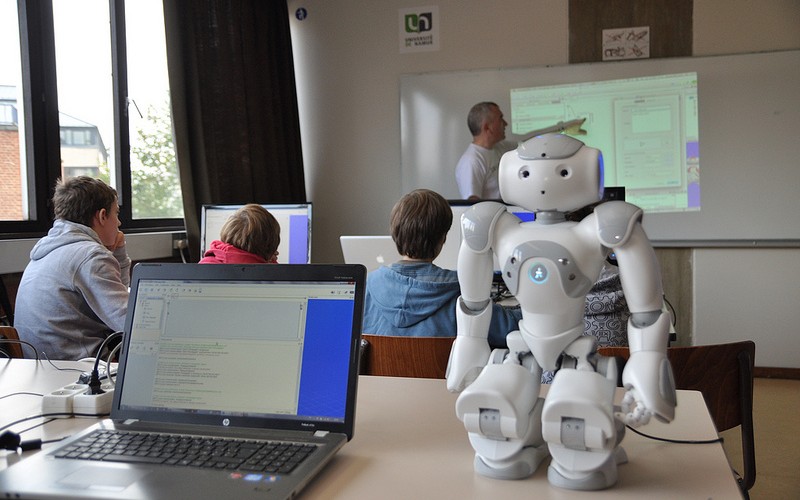
Technology has evolved tremendously during the last few years. Even though this progress might have been slowed down by the global pandemic that started last year, developers do not miss the opportunity to do this now. As the coronavirus pandemic made many people more aware of the impact of their behavior and habits on the world, environment, and people, the field of technology is developing even more nowadays. Technology is a general term used for naming the things that are related to computers, robots, artificial intelligence, machine learning, networking, servers, and many more. Technology is not represented only by your smartphone or laptop. Technology is present in our everyday lives more than we are even aware of.
Becoming aware of the impact of technology is step humanity has to make. But becoming aware of the impact technological advancements could have on our lives is something we still have to work on. Technology has been very important for the field of education, especially during the last year. As people had to spend more time inside, colleges and universities have shifted to online learning. Which was a challenge itself, both for students and teachers. However, the future is bright and robots might begin to be used by teachers in classrooms. Why?
Because robots could assist teachers and improve student learning in classrooms, making the job of teachers even easier. Using a robot in the classroom is a nice thing to do, especially at the beginning when many would be reluctant to do this. But as essay writers on technology topics say, robots could indeed make teaching and learning more efficient and successful. How? Find out below.
- 6 Comments
- Jun 8, 2021 10:00:00 AM
- Posted by Natalia Galvis
- Topics: Math, EdTech, STEM, Curriculum, Problem Based Learning (PBL), teachers, students, Technology, PBL, Edchat, Gendergap, Digital Technology, Augmented Reality, teaching, online, virtual learning, lessons
How the Edtech Industry Can Help get Education Back on Track
By Jason Carroll, Chief Product Officer, Texthelp
With an eye on professional development and high-quality instruction, the Edtech industry plays a vital role in post-pandemic education.
- 0 Comments
- Jun 7, 2021 10:00:00 AM
- Posted by Natalia Galvis
- Topics: Math, EdTech, STEM, Curriculum, Problem Based Learning (PBL), teachers, students, Technology, PBL, Edchat, Gendergap, Digital Technology, Augmented Reality, teaching, online, virtual learning, lessons
Bringing Students Together in Math Class
 photo source: https://unsplash.com/
photo source: https://unsplash.com/
For math teachers who will have students learning at home next year, fostering a feeling of community will be as important as building skills.
- 0 Comments
- Jun 3, 2021 10:00:00 AM
- Posted by Natalia Galvis
- Topics: Math, EdTech, STEM, Curriculum, Problem Based Learning (PBL), teachers, students, Technology, PBL, Edchat, Gendergap, Digital Technology, Augmented Reality, teaching, online, virtual learning, lessons
11 Resources To Avoid the Summer Slide
 Photo by Drew Perales on Unsplash
Photo by Drew Perales on Unsplash
Learning loss is a big worry among educators, but these activities offer fun learning experiences to keep the summer slide at bay.
- 0 Comments
- Jun 2, 2021 10:00:00 AM
- Posted by Natalia Galvis
- Topics: Math, EdTech, STEM, Curriculum, Problem Based Learning (PBL), teachers, students, Technology, PBL, Edchat, Gendergap, Digital Technology, Augmented Reality, teaching, online, virtual learning, lessons
Reasons to study Robotics
By Anna Johnson
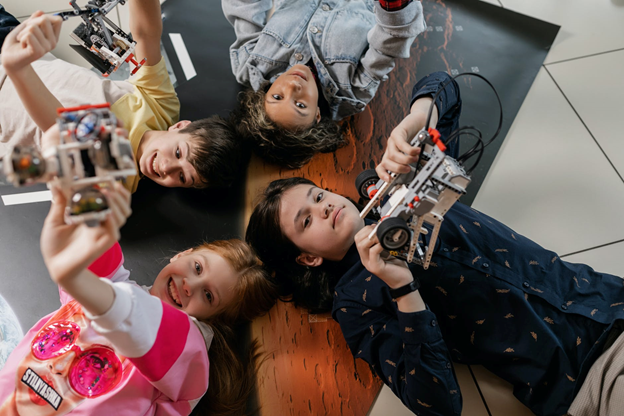 Image Source: Pexels
Image Source: Pexels
Robotics is more than a science. It mixes some of the most complex math with programming, art, and engineering. The combination may make the discipline tough for some people but with a professional dissertation writer by your side, you are sure to ace even the toughest units in robotics.
- 0 Comments
- Jun 1, 2021 10:00:00 AM
- Posted by Natalia Galvis
- Topics: Math, EdTech, STEM, Curriculum, Problem Based Learning (PBL), teachers, students, Technology, PBL, Edchat, Gendergap, Digital Technology, Augmented Reality, teaching, online, virtual learning, lessons
Tips for Preparing High Schoolers for Careers in STEM
By Dan Matthews
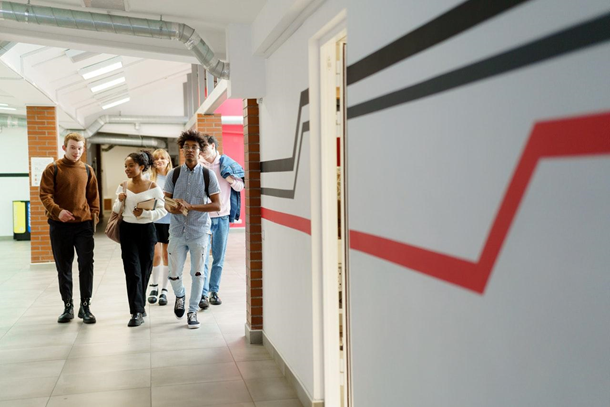 Image Source: Pexels
Image Source: Pexels
School is such an important formative experience for everyone. It helps to guide us toward our interests, develops our social foundations, and is instrumental in shaping our understanding of both who we are and who we want to become. For some students, this is the time that they develop their interest and enthusiasm for science, technology, engineering, and math (STEM) fields.
However, as they reach high school, there is often a shift in educational intentions. The responsibilities of teachers shift from simply providing insights into these subjects, to actively helping to put students into a position where they can prepare for a STEM career. This isn’t always easy, particularly in schools where a lack of adequate funding results in less access to STEM materials and fewer opportunities to engage meaningfully with the subjects.
So, what can you as a teacher do to best prepare high schoolers for a STEM career path? Let’s examine some of the tactics, tools, and ideas you can utilize.
- 0 Comments
- May 28, 2021 10:00:00 AM
- Posted by Natalia Galvis
- Topics: Math, EdTech, STEM, Curriculum, Problem Based Learning (PBL), teachers, students, Technology, PBL, Edchat, Gendergap, Digital Technology, Augmented Reality, teaching, online, virtual learning, lessons
7 Main Roles of Artificial Intelligence In Education
By Tiffany Harper
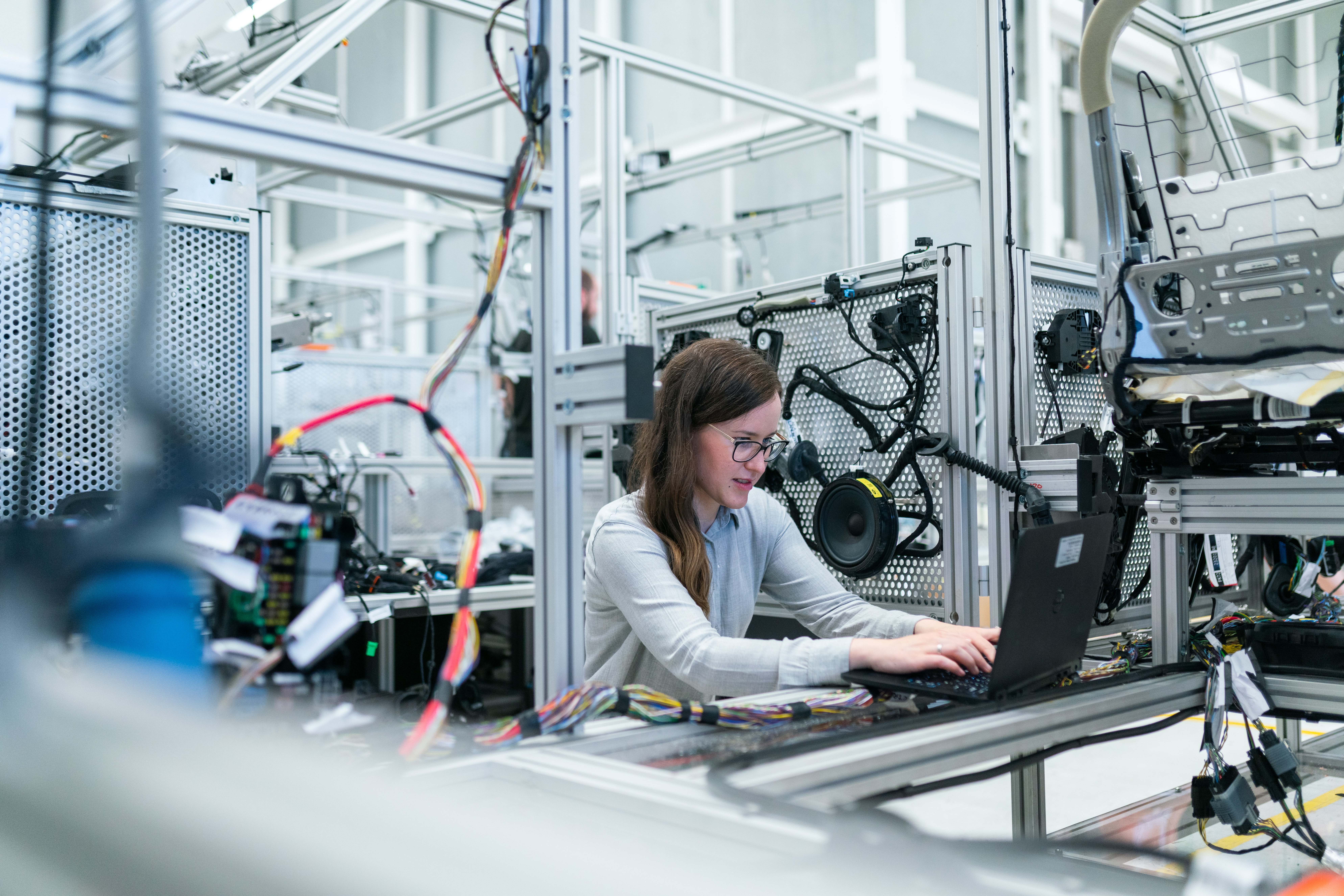 Photo by Unsplash
Photo by Unsplash
We believe that AI is an extension of humanity and a pointer to how AI can help us achieve more by doing less. AI is humankind’s ultimate invention, and it is the intelligent machine that can think without the limitations of a human being. It is the evolution of man. What was a figment of man’s imagination has become part of man’s reality, and it has set its sights on improving education.
- 0 Comments
- May 26, 2021 10:00:00 AM
- Posted by Natalia Galvis
- Topics: Math, EdTech, STEM, Curriculum, Problem Based Learning (PBL), teachers, students, Technology, PBL, Edchat, Gendergap, Digital Technology, Augmented Reality, teaching, online, virtual learning, lessons
How Will the Edtech Boom Transform the Existing Education System?
 Photo by Giovanni Gagliardi on Unsplash
Photo by Giovanni Gagliardi on Unsplash
The smartest edtech platforms are able to customize and identify the best learning pathway for each user.
- 0 Comments
- May 25, 2021 10:00:00 AM
- Posted by Natalia Galvis
- Topics: Math, EdTech, STEM, Curriculum, Problem Based Learning (PBL), teachers, students, Technology, PBL, Edchat, Gendergap, Digital Technology, Augmented Reality, teaching, online, virtual learning, lessons
5 Tips for Creating a Successful Math Intervention Initiative
 Photo by Antoine Dautry on Unsplash
Photo by Antoine Dautry on Unsplash
Encouraging staff collaboration and consistent monitoring can help your district build an effective math intervention program.
- 0 Comments
- May 24, 2021 10:00:00 AM
- Posted by Natalia Galvis
- Topics: Math, EdTech, STEM, Curriculum, Problem Based Learning (PBL), teachers, students, Technology, PBL, Edchat, Gendergap, Digital Technology, Augmented Reality, teaching, online, virtual learning, lessons
VR Expeditions 2.0 is now officially released to the public!
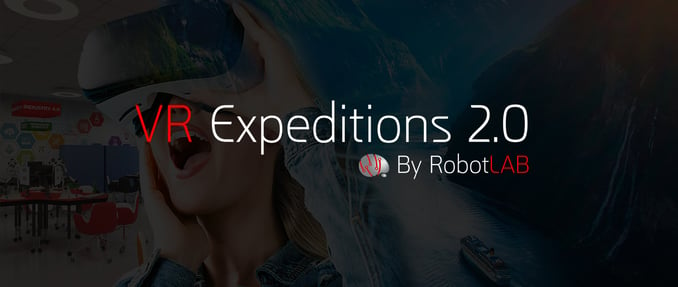
San Francisco, May 24th, 2021, - RobotLAB Inc., the leading educational robotics company, announced today the release of VR EXPEDITIONS 2.0 to the public. The company created the virtual field trip app in partnership with Encyclopedia Britannica and 360 cities.
- 0 Comments
- May 23, 2021 3:33:10 PM
- Posted by Natalia Galvis
- Topics: EdTech, STEM, Curriculum, teachers, students, Technology, VR, Realidad Virtual, Edchat, Digital Technology, teaching, online, Virtual Reality, virtual learning, lessons, eLearning
How to Get Educators Excited About Using EdTech
By Youki Terada
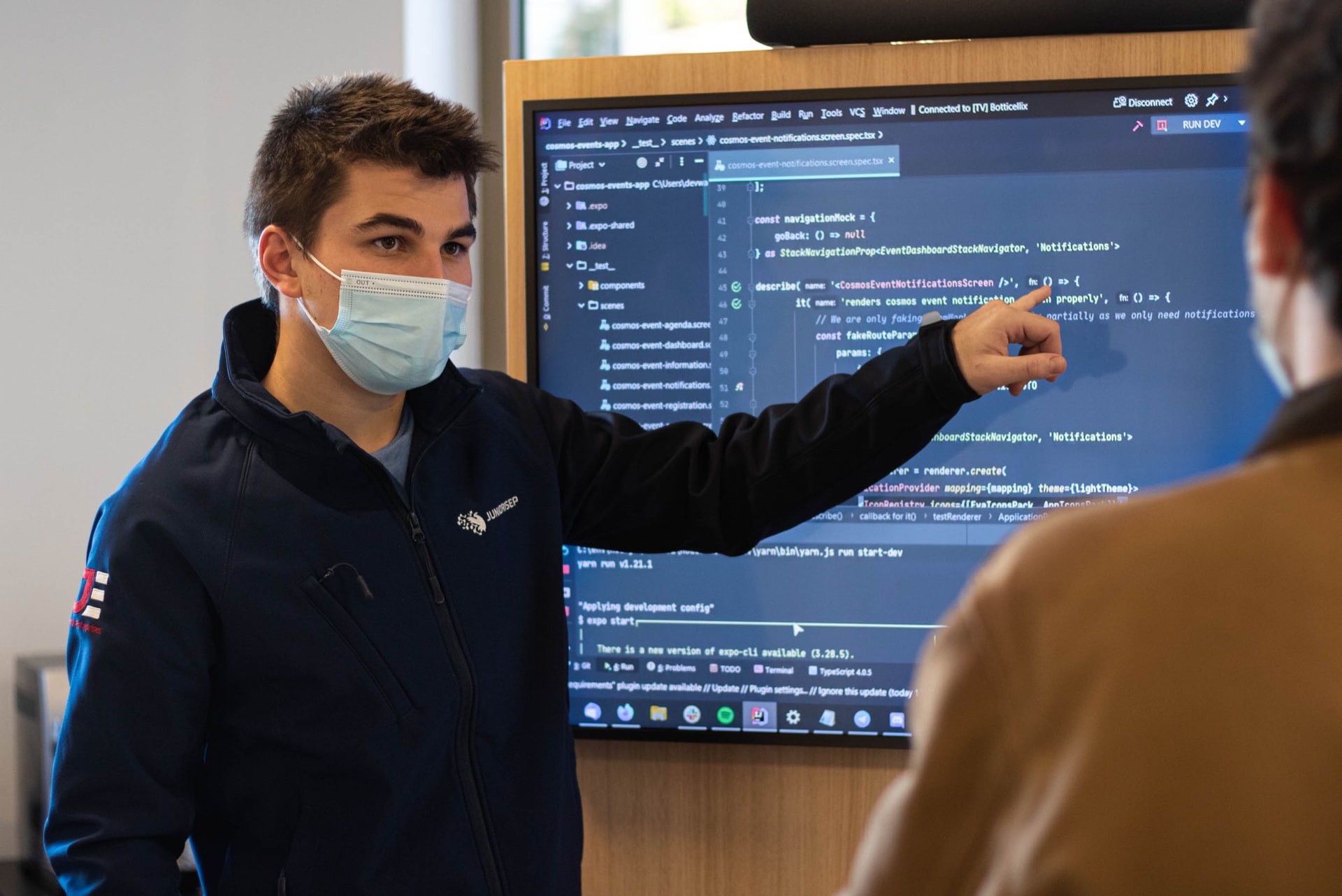 Photo by Mr. Bochelly on Unsplash
Photo by Mr. Bochelly on Unsplash
The pandemic has taken a toll on all our institutions, and schools aren’t exempt. School leaders know that schools are closed, but teaching must go on, and; learning must go on.
Schools have moved to online learning. Educators are working from home, delivering classes to learners over the video, preparing lesson plans, collaborating with other educators, amongst many other tasks. Educators are working harder and longer, and many are exploring the edtech at their disposal. It is a big change that requires school leaders to manage their educators’ motivation to prevent loss in productivity and burn-out.
Here are a few strategies to make sure your educators remain motivated and online schooling continues smoothly.
- 0 Comments
- May 20, 2021 10:00:00 AM
- Posted by Natalia Galvis
- Topics: Math, EdTech, STEM, Curriculum, Problem Based Learning (PBL), teachers, students, Technology, PBL, Edchat, Gendergap, Digital Technology, Augmented Reality, teaching, online, virtual learning, lessons
How Hidden Classroom Dynamics Can Stymie Girls in STEM
By Youki Terada
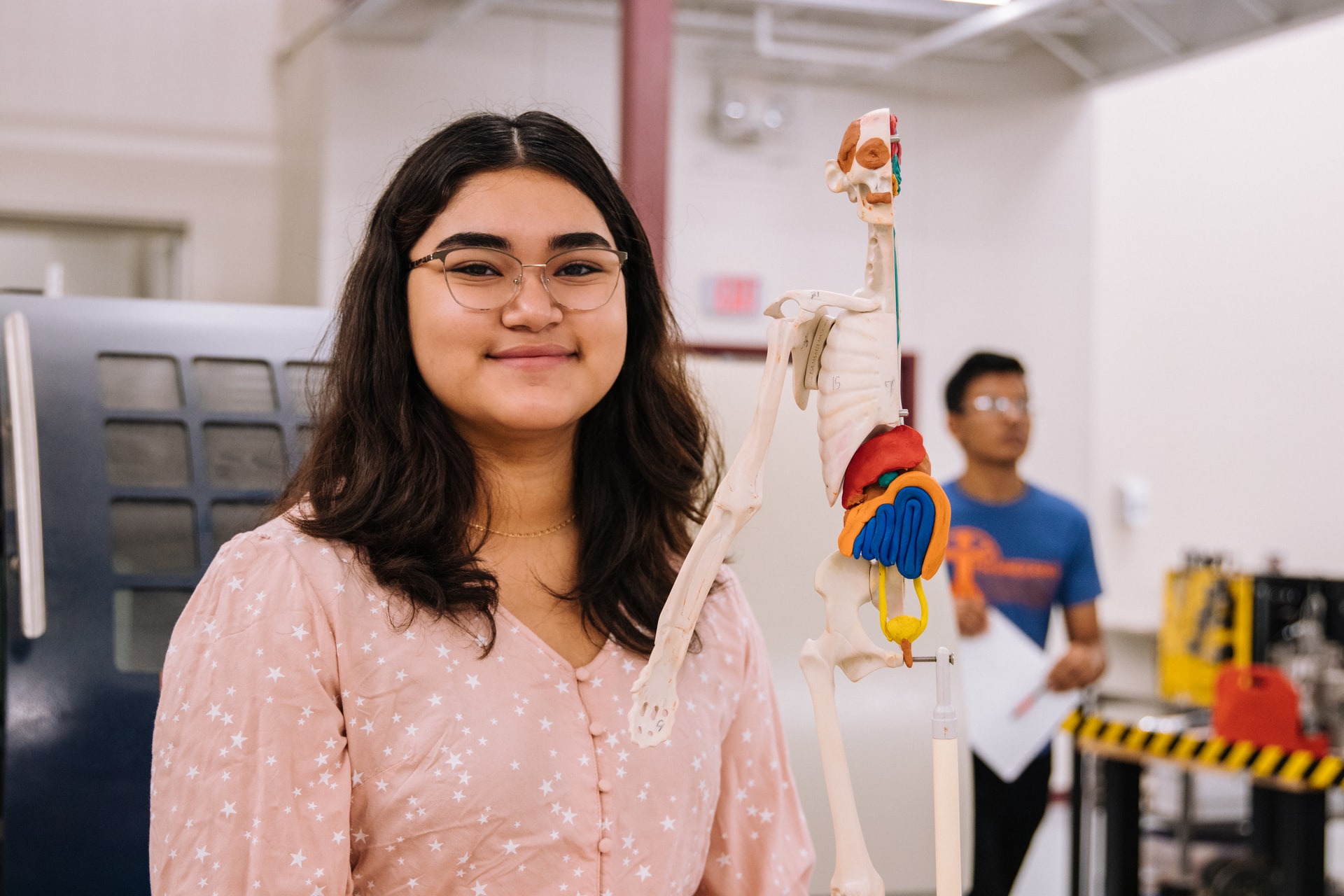 Photo by Jeswin Thomas on Unsplash
Photo by Jeswin Thomas on Unsplash
If we want to close the gender gap in science, we need to look at the invisible forces that shape classroom culture.
- 0 Comments
- May 19, 2021 10:00:00 AM
- Posted by Natalia Galvis
- Topics: Math, EdTech, STEM, Curriculum, Problem Based Learning (PBL), teachers, Drones, students, Technology, PBL, Edchat, Gendergap, Digital Technology, Augmented Reality, teaching, online, virtual learning, lessons
6 Ways to Introduce Students to App Development
By Devin Partida
Learning how to code your own apps can prepare you for a future career in software development. It also teaches students a lot about mathematics, logic, and the technology they encounter on a daily basis.
This is why a growing number of STEM educators are finding ways to teach students of all ages more about coding and computer science.
However, introducing STEM students to the basics of app development can be a daunting task — especially when students have little or no experience with computer science and mathematics.
Educators have developed these six techniques and projects as ways to introduce students to app and software development.
- 0 Comments
- May 17, 2021 10:00:00 AM
- Posted by Natalia Galvis
- Topics: Math, EdTech, STEM, Curriculum, Problem Based Learning (PBL), teachers, Drones, students, Technology, PBL, Edchat, Gendergap, Digital Technology, Augmented Reality, teaching, online, virtual learning, lessons
RobotLAB won a 5 years contract with TIPS!
RobotLAB is proud to announce that TIPS has awarded us a five-year contract number 210101 As of May 14th, 2021. We are on their contractors' list, which provides discounted products to schools! The contract is for five years, ending in May 2026.

- 0 Comments
- May 14, 2021 5:02:21 PM
- Posted by Maria Alejandra Calcetero
- Topics:
5 great things the pandemic revealed about schools
By Erin Werra
 Photo by Mustafa Omar on Unsplash
Photo by Mustafa Omar on Unsplash
After a rollercoaster year, schools are slowly reopening—and keeping with them some of the surprising positives that emerged from COVID.
- 0 Comments
- May 13, 2021 10:00:00 AM
- Posted by Natalia Galvis
- Topics: Math, EdTech, STEM, Curriculum, Problem Based Learning (PBL), teachers, Drones, students, Technology, PBL, Edchat, Gendergap, Digital Technology, Augmented Reality, teaching, online, virtual learning, lessons
Teaching a Love of STEM to Disabled and Neurodivergent Students
By Dan Matthews
 Image Source: Pexels
Image Source: Pexels
We live in an increasingly technologically enhanced society. As a result, science, technology, engineering, and math (STEM) subjects have become priorities in schools. However, it remains too often the case that these subjects are taught in public schools from a neurotypical perspective.
Many parents, teachers, and communities have found that school system administrators are not providing the flexibility, guidance, educational technology, and support for students experiencing disabilities or neurodivergent traits to thrive in STEM. This is not only frustrating and ethically unsound but can present significant hurdles to students who could discover a deep passion for these fields and become innovative contributors.
Let’s take a closer look at how educators can better imbue their neurodivergent and disabled students with a love of STEM.
- 0 Comments
- May 12, 2021 10:00:00 AM
- Posted by Natalia Galvis
- Topics: Math, EdTech, STEM, Curriculum, Problem Based Learning (PBL), teachers, Drones, students, Technology, PBL, Edchat, Gendergap, Digital Technology, Augmented Reality, teaching, online, virtual learning, lessons
How Online Learning can Improve Your Teaching
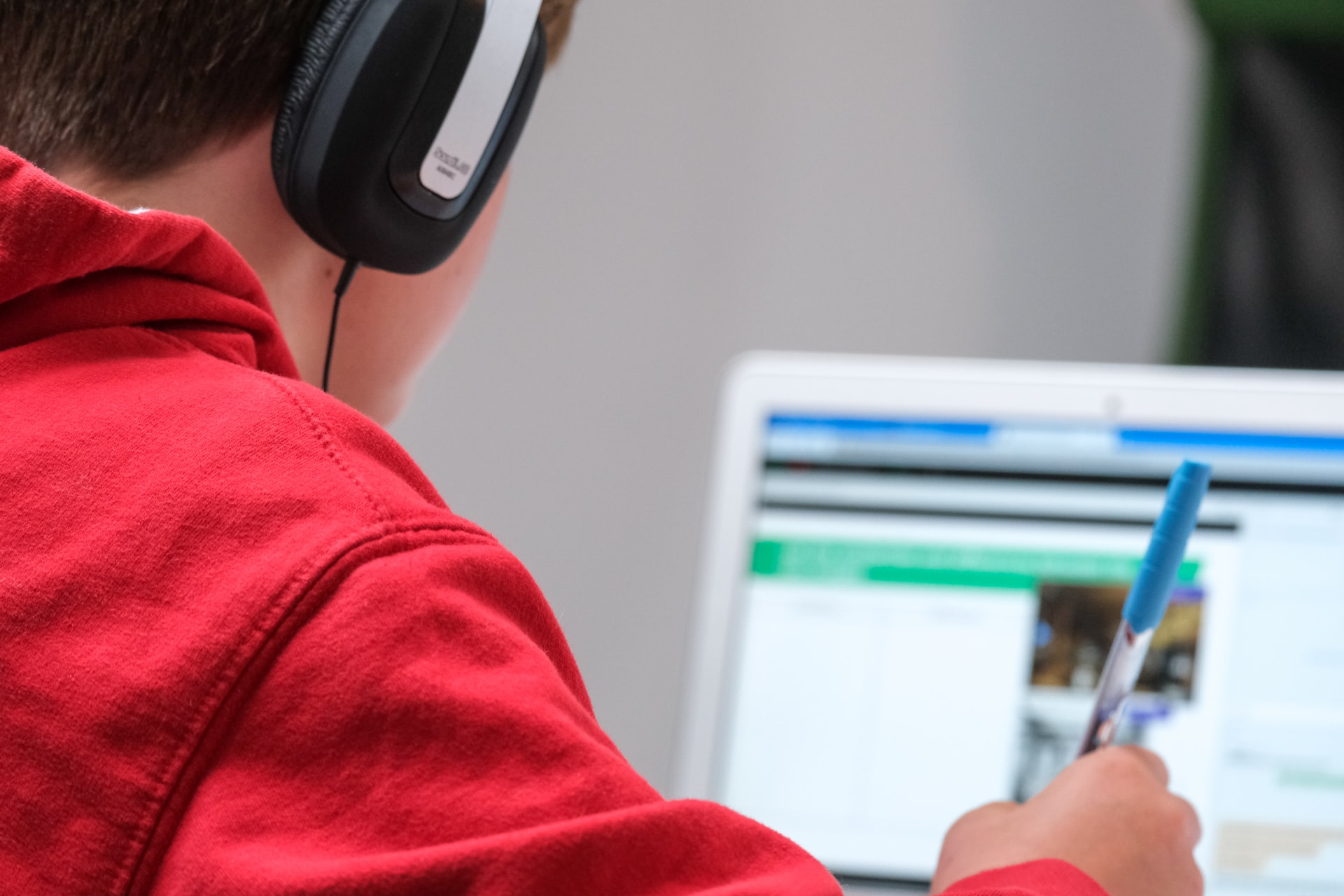 Photo by Compare Fibre on Unsplash
Photo by Compare Fibre on Unsplash
- 0 Comments
- May 11, 2021 10:00:00 AM
- Posted by Natalia Galvis
- Topics: Math, EdTech, STEM, Curriculum, Problem Based Learning (PBL), teachers, Drones, students, Technology, PBL, Edchat, Gendergap, Digital Technology, Augmented Reality, teaching, online, virtual learning, lessons
The Power of STEM and Its Influence on Remote Learning

STEM has become one of the most used buzzwords in the K-12 education space. On the highest level, STEM stands for Science, Technology, Engineering, and Mathematics and refers to a curriculum where these four focuses are applied to all facets of a district or school’s curriculum.
- 0 Comments
- May 7, 2021 10:00:00 AM
- Posted by Natalia Galvis
- Topics: Math, EdTech, STEM, Curriculum, Problem Based Learning (PBL), teachers, Drones, students, Technology, PBL, Edchat, Gendergap, Digital Technology, Augmented Reality, teaching, online, virtual learning, lessons
Why AI is the future of Socratic learning methods
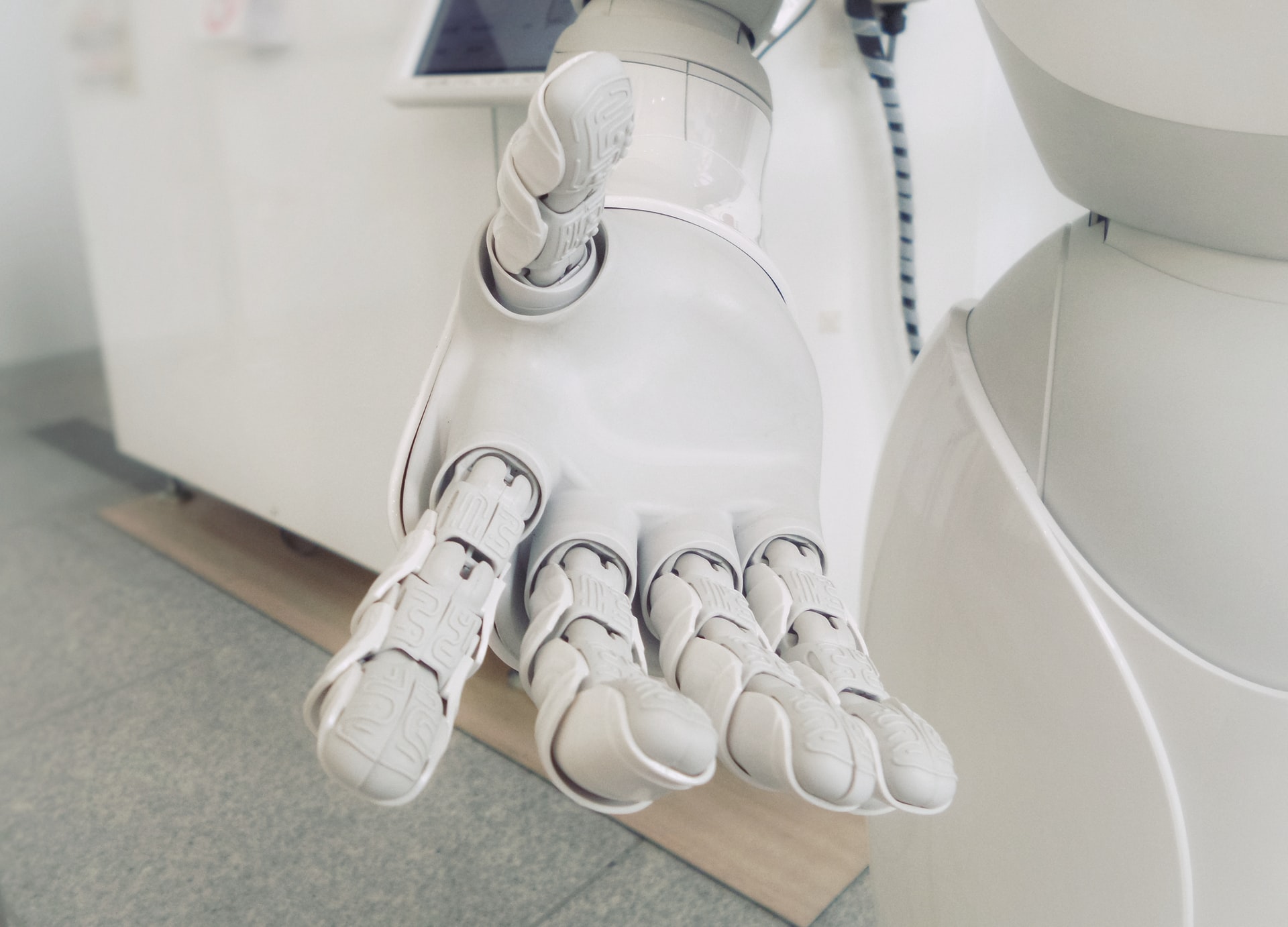 Photo by Possessed Photography on Unsplash
Photo by Possessed Photography on Unsplash
AI plays a unique role in helping to facilitate engaging learning methods that teach students through experience and critical thinking.
- 0 Comments
- May 6, 2021 10:00:00 AM
- Posted by Natalia Galvis
- Topics: Math, EdTech, STEM, Curriculum, Problem Based Learning (PBL), teachers, Drones, students, Technology, PBL, Edchat, Gendergap, Digital Technology, Augmented Reality, teaching, online, virtual learning, lessons
Teaching Empathy through technology
 Photo by Glenn Carstens-Peters on Unsplash
Photo by Glenn Carstens-Peters on Unsplash
Empathy is a key element of Emotional Intelligence. Emotionally Intelligent people are able to manage and control their own emotions. Besides that, empathetic people pay attention not only to what they are feeling but also they can perceive someone’s thoughts and feelings.
Nowadays, empathy is one of the most important soft skills in the workplace and everyday life. An empathetic leadership style can have a positive impact on productivity, performance, and collaboration.
- 0 Comments
- May 5, 2021 10:00:00 AM
- Posted by Natalia Galvis
- Topics: Math, EdTech, STEM, Curriculum, Problem Based Learning (PBL), teachers, Drones, students, Technology, PBL, Edchat, Gendergap, Digital Technology, Augmented Reality, teaching, online, virtual learning, lessons
10 Benefits Of Project-Based Learning
By Tina Shaffer
Project-based learning (PBL) is a powerful teaching method that has extensive benefits for students, ranging from critical thinking to project management to self-confidence. According to research conducted by The Autodesk Foundation, studies have shown that project-based learning is linked to significant improvements in student test scores, attendance, and classroom engagement. It also gives teachers the opportunity to build stronger relationships with their students by acting as their hands-on learning facilitator. In essence, PBL is an instructional method where students collaborate with others and “learn by doing.” The same skills learned through PBL are also many of the skills sought by employers.
- 0 Comments
- May 4, 2021 10:00:00 AM
- Posted by Natalia Galvis
- Topics: Math, EdTech, STEM, Curriculum, Problem Based Learning (PBL), teachers, Drones, students, Technology, PBL, Edchat, Gendergap, Digital Technology, Augmented Reality, teaching, online, virtual learning, lessons
10 Ways Drones Are Being Used In The Classroom
By Jess Brown
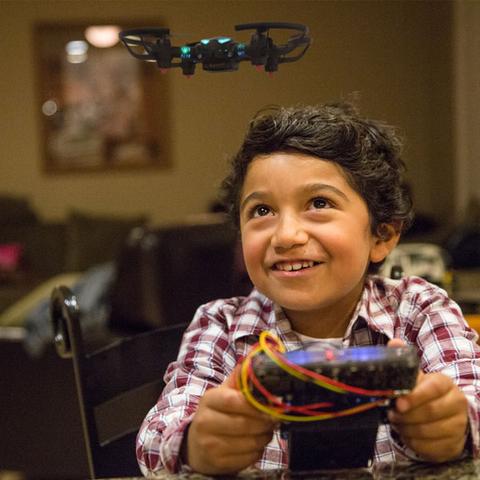
A new report from Samsung’s Alternative Careers Guide, released last week, found that 16-to-18-year-olds are no longer interested in traditional jobs such as becoming an accountant, teacher, or lawyer, but were more interested in digital roles – with a drone operator being amongst the top ten most popular dream careers. This may be due to the fact that over the last year it has become increasingly common for teachers to utilize interactive learning tools such as drones within the classroom.
By welcoming drones into the classroom, teachers have a new way of making learning more fun and interactive for children, whilst also providing them with the opportunity to learn about technology that they may wish to base their future career on. Below we have listed 10 ways drones are being utilized by teachers across the world.
- 0 Comments
- May 3, 2021 10:00:00 AM
- Posted by Natalia Galvis
- Topics: Math, EdTech, STEM, Curriculum, teachers, Drones, students, Technology, Edchat, Gendergap, Digital Technology, Augmented Reality, teaching, online, virtual learning, lessons
Three Key Points For schools opening in-person.
 Photo by Mira Kireeva on Unsplash
Photo by Mira Kireeva on Unsplash
Businesses all over the world are slowly beginning to reopen, but schools and educational institutions face special challenges during this time period. Schools need to carefully plan their reopening strategy before restarting any in-person classes or programs. Here are three key points every school should consider:
- 0 Comments
- Apr 30, 2021 10:00:00 AM
- Posted by Natalia Galvis
- Topics: Math, Math Book, EdTech, STEM, Curriculum, teachers, students, Technology, VR, Realidad Virtual, AR, Edchat, Gendergap, Digital Technology, Augmented Reality, teaching, online, Virtual Reality, virtual learning, lessons
How to choose a STEM platform to support hybrid learning
An educator offers valuable insight on picking a STEM platform and technology provider that can withstand the rigors of today’s unique learning.
 Photo by Jeswin Thomas on Unsplash
Photo by Jeswin Thomas on Unsplash
- 0 Comments
- Apr 29, 2021 10:00:00 AM
- Posted by Natalia Galvis
- Topics: Math, Math Book, EdTech, STEM, Curriculum, teachers, students, Technology, VR, Realidad Virtual, AR, Edchat, Gendergap, Digital Technology, Augmented Reality, teaching, online, Virtual Reality, virtual learning, lessons
Ways Big Data Is Transforming the Education Sector
By Daniel Wanderson
 Photo by Lukas Blazek on Unsplash
Photo by Lukas Blazek on Unsplash
When it comes to big data, most people assume it works only for businesses. But big data is equally beneficial to the education section in so many ways. It offers educational institutions and educators opportunities to educate students in new ways.
With big data, schools and teachers get better insight into students’ education experiences. It also makes it easy to understand the state of the education sector amid other benefits. This article takes an in-depth look at the ways big data is transforming the education sector.
- 0 Comments
- Apr 28, 2021 10:00:00 AM
- Posted by Natalia Galvis
- Topics: Math, Math Book, EdTech, STEM, Curriculum, teachers, students, Technology, VR, Realidad Virtual, AR, Edchat, Gendergap, Digital Technology, Augmented Reality, teaching, online, Virtual Reality, virtual learning, lessons
How To Integrate Virtual Tours To Your Online Lessons
By Theresa Cofield
 Photo by Scott Webb on Unsplash
Photo by Scott Webb on Unsplash
Online education is the new challenge of the modern world. How can teachers keep students interested in lessons and the material? Virtual tours are the new ad effective way to provide it.
- 0 Comments
- Apr 27, 2021 10:00:00 AM
- Posted by Natalia Galvis
- Topics: Math, Math Book, EdTech, STEM, Curriculum, teachers, students, Technology, VR, Realidad Virtual, AR, Edchat, Gendergap, Digital Technology, Augmented Reality, teaching, online, Virtual Reality, virtual learning, lessons
Breakout rooms in remote learning: best practices and tips
 Photo by Annie Spratt on Unsplash
Photo by Annie Spratt on Unsplash
The massive shift to virtual learning has surely changed the way educators teach, but also the way students interact in the classroom. After going through several approaches to keep your class engaged, from gamification to flipped learning, let’s take a look at the best practices and tips to get the most out of breakout rooms in remote learning.
- 0 Comments
- Apr 26, 2021 10:00:00 AM
- Posted by Natalia Galvis
- Topics: Math, Math Book, EdTech, STEM, Curriculum, teachers, students, Technology, VR, Realidad Virtual, AR, Edchat, Gendergap, Digital Technology, Augmented Reality, teaching, online, Virtual Reality, virtual learning, lessons
Creating Opportunities for Project-Based Learning in Math
 Photo by Antoine Dautry on Unsplash
Photo by Antoine Dautry on Unsplash
Rigorous PBL units in middle and high school math answer the age-old student question: “When am I ever going to need this?”
Taking the plunge into project-based learning can seem difficult in an age when standardized testing seems to reign supreme as an indicator of achievement in secondary classrooms. But the pathway to project-based learning doesn’t have to be scary for secondary math teachers. Utilizing your own expertise and curriculum materials, you can create projects that are real, relevant, and rigorous, and that answers the age-old question, “When am I ever going to need this?”
- 0 Comments
- Apr 23, 2021 10:00:00 AM
- Posted by Natalia Galvis
- Topics: Math, Math Book, EdTech, STEM, Curriculum, teachers, students, Technology, VR, Realidad Virtual, AR, Edchat, Gendergap, Digital Technology, Augmented Reality, teaching, online, Virtual Reality, virtual learning, lessons
From classroom to boardroom: Building diverse workforce tech talent starts with STEM
By Danielle Rourke & Dr. Kendall Latham
 Photo by Blaire Harmon on Unsplash
Photo by Blaire Harmon on Unsplash
Encouraging more girls to pursue STEM learning and work in STEM fields should start in the early grades.
- 0 Comments
- Apr 22, 2021 10:00:00 AM
- Posted by Natalia Galvis
- Topics: Math, Math Book, EdTech, STEM, Curriculum, teachers, students, Technology, VR, Realidad Virtual, AR, Edchat, Gendergap, Digital Technology, Augmented Reality, teaching, online, Virtual Reality, virtual learning, lessons
Benefits Of Virtual And Augmented Reality For Pre School Education
By Eric Brown
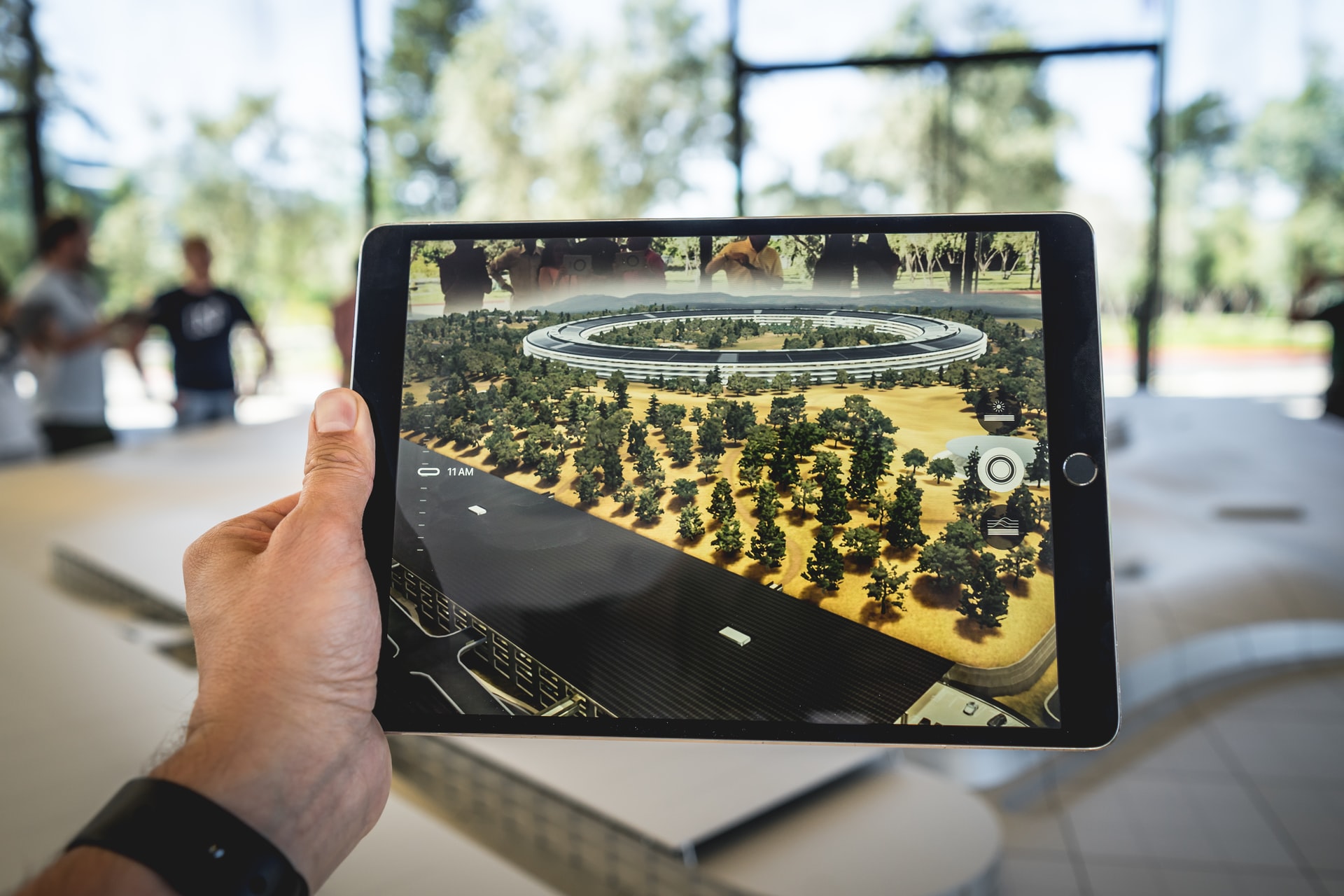
Photo by Patrick Schneider on Unsplash
The new technology has brought a lot of developments in the world. One of the developments is the use of virtual reality and augmented reality. Virtual reality is a computer-generated environment with scenes that makes users feel immersed in that surrounding. One of the perfect examples of Virtual reality is video games. Virtual video games have made CSGO betting for example, even more, popular and fun.
Physical learning is an effective way for young children to get knowledge. However, technology also plays a significant role in the development of young children. Virtual reality can alter behaviors, patterns, attitudes, and thoughts.
Virtual reality prepares children for a world that will be dominated by robots and AI. They will have the required experience to handle the technology that will come their way. Moreover, virtual reality also plays a role in enhancing the lives of children with special needs. It helps them gain the experience they need to know how to operate robots and other technology tools.
- 0 Comments
- Apr 21, 2021 10:00:00 AM
- Posted by Natalia Galvis
- Topics: Math, Math Book, EdTech, STEM, Curriculum, teachers, students, Technology, VR, Realidad Virtual, AR, Edchat, Gendergap, Digital Technology, Augmented Reality, teaching, online, Virtual Reality, virtual learning, lessons
Relevant Posts
- Augmented Reality: A Tool for Teaching Students Robot Programming
- Fostering Innovation Through Youth Education in STEM and EdTech
- How Parents Can Foster STEM Learning Beyond the Classroom
- How Robotics Cultivates a Deep Understanding of Mathematics in Students
- RobotLAB Receives EDTech Chronicle 2023 ‘BESTIE’ Award for Landmark Partnership with American Samoa Dept. of Education.
Subscribe to Email Updates
-
I Want To Learn MoreADDITIONAL INFORMATION


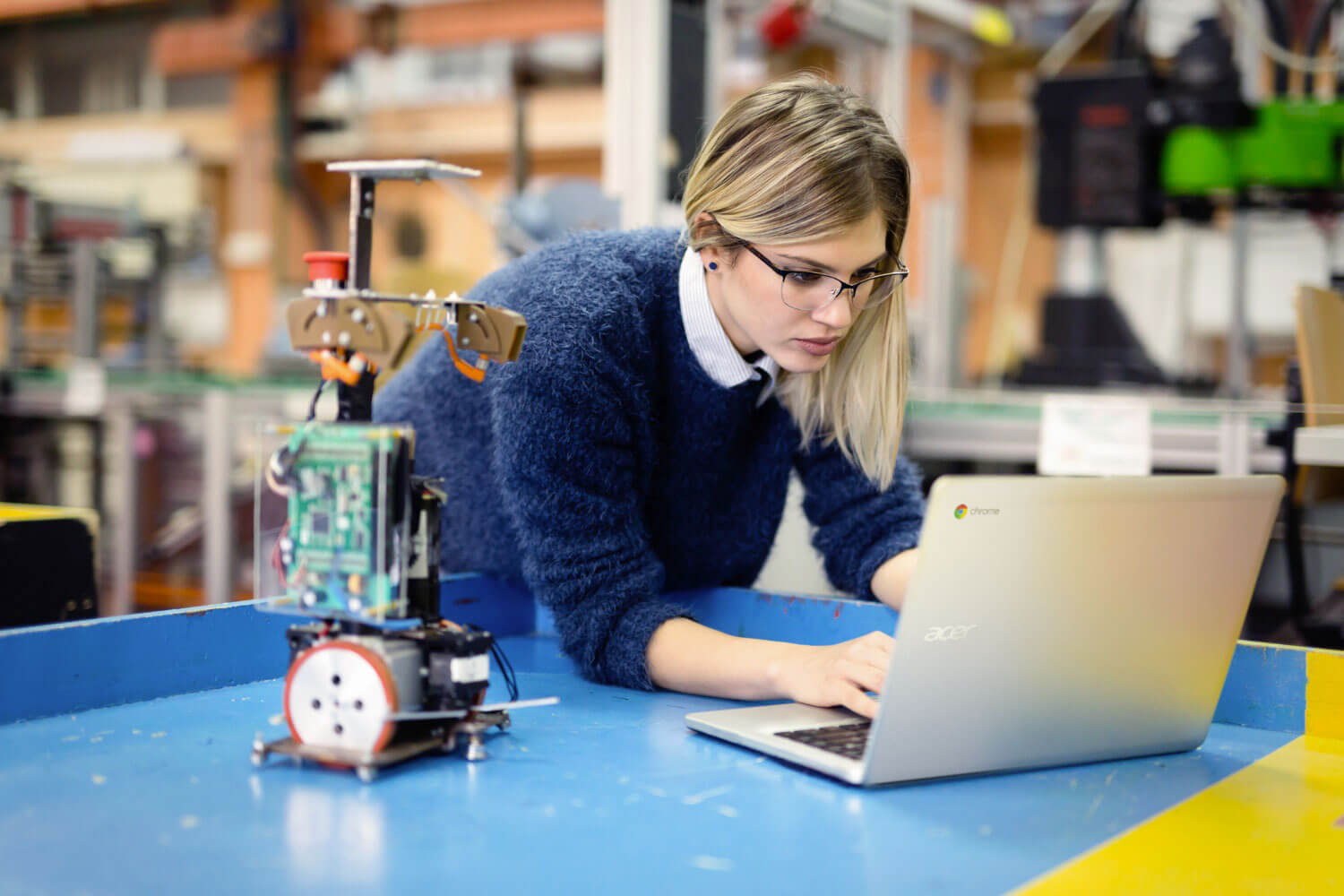



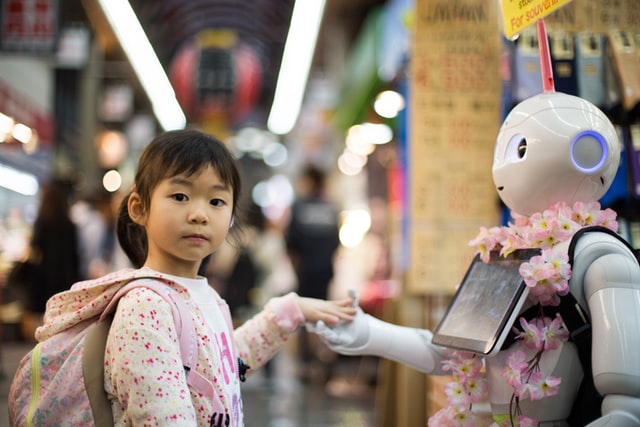

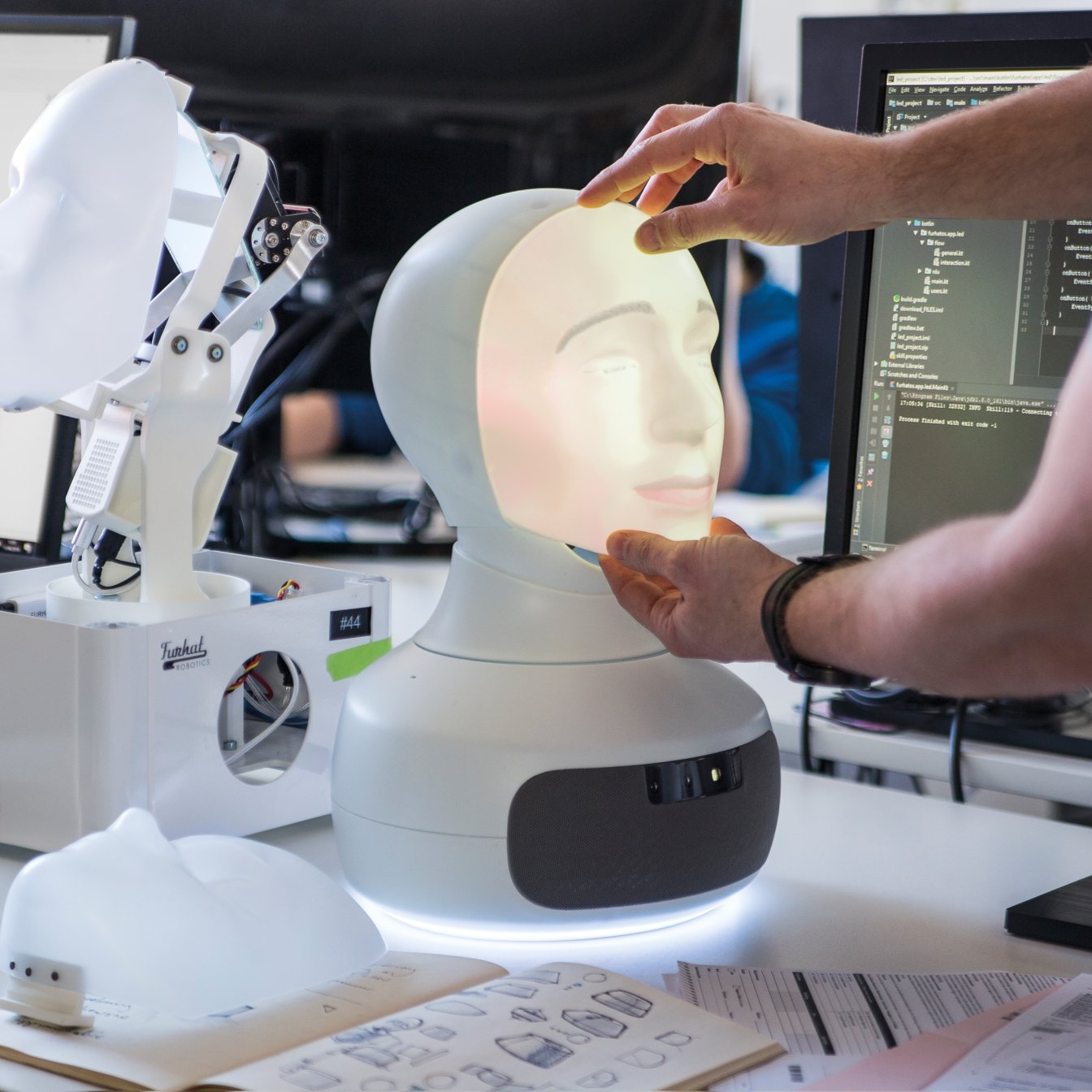
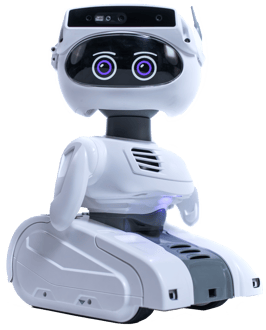
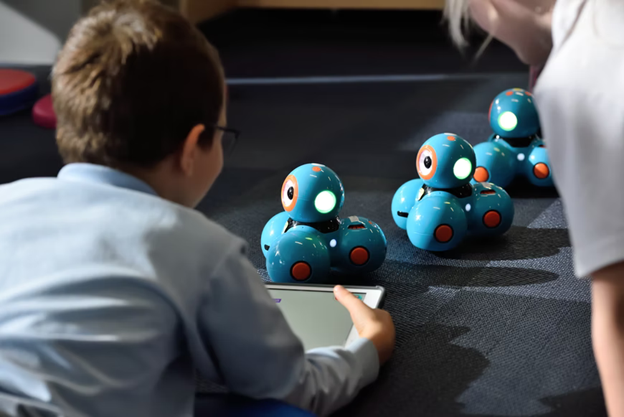

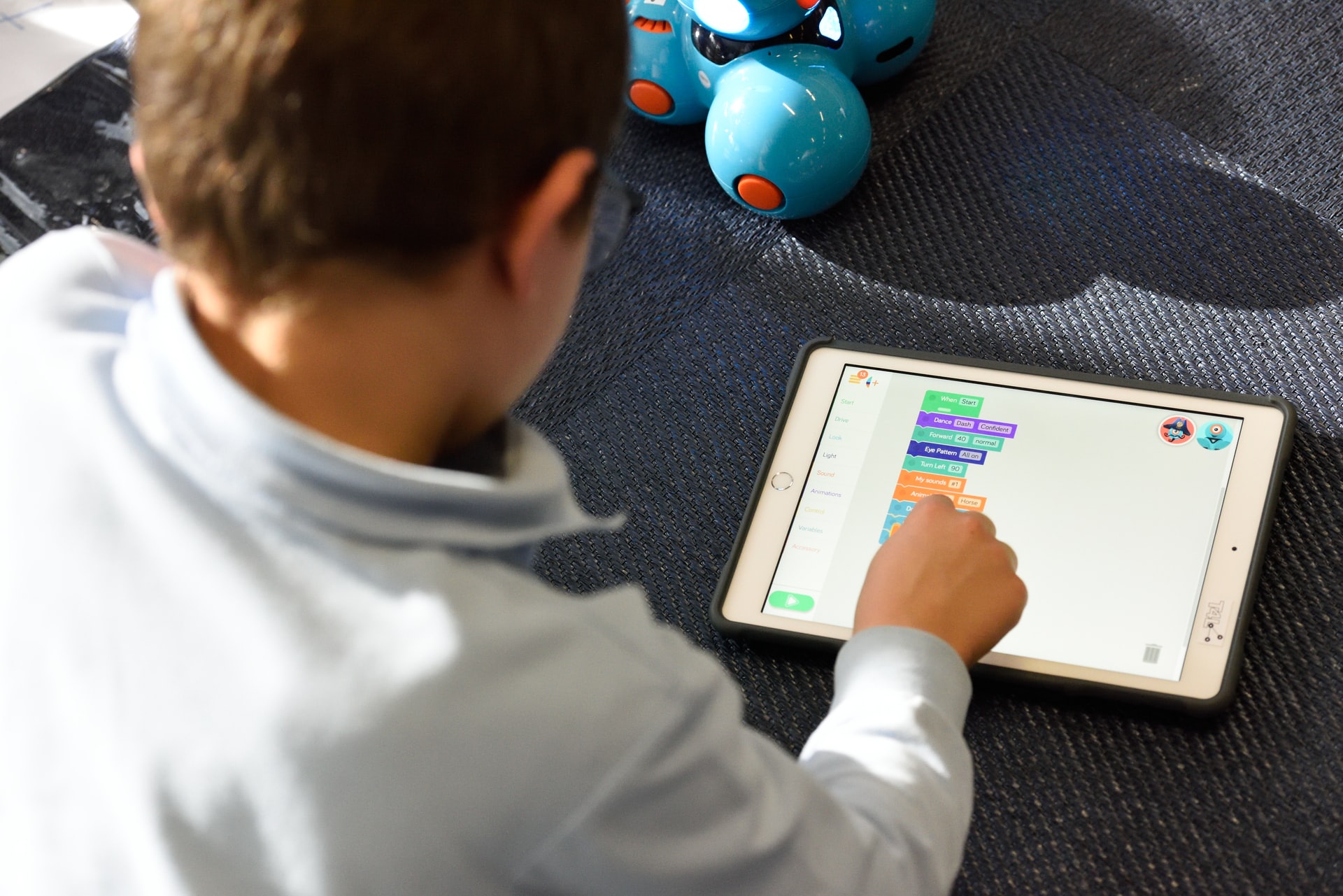 Photo by
Photo by 